Welcome!
I’m an architectural photographer and writer.
On my van-life travels through the British Isles I’m building up a word and photo-hoard of material culture that celebrates the value and distinctiveness of our built heritage and contributes to a sense of place.
My van is my time-machine, it gives me fresh perspectives on our remarkable places, shared here on a weekly basis.📸🚐🏛
🏛 Missed the last Digest? Here it is.
🚐 View Digest Archive here.
Photo-hoard
Chelfie (church selfie) taken last week at St Cynhaearn's Church, Wales.
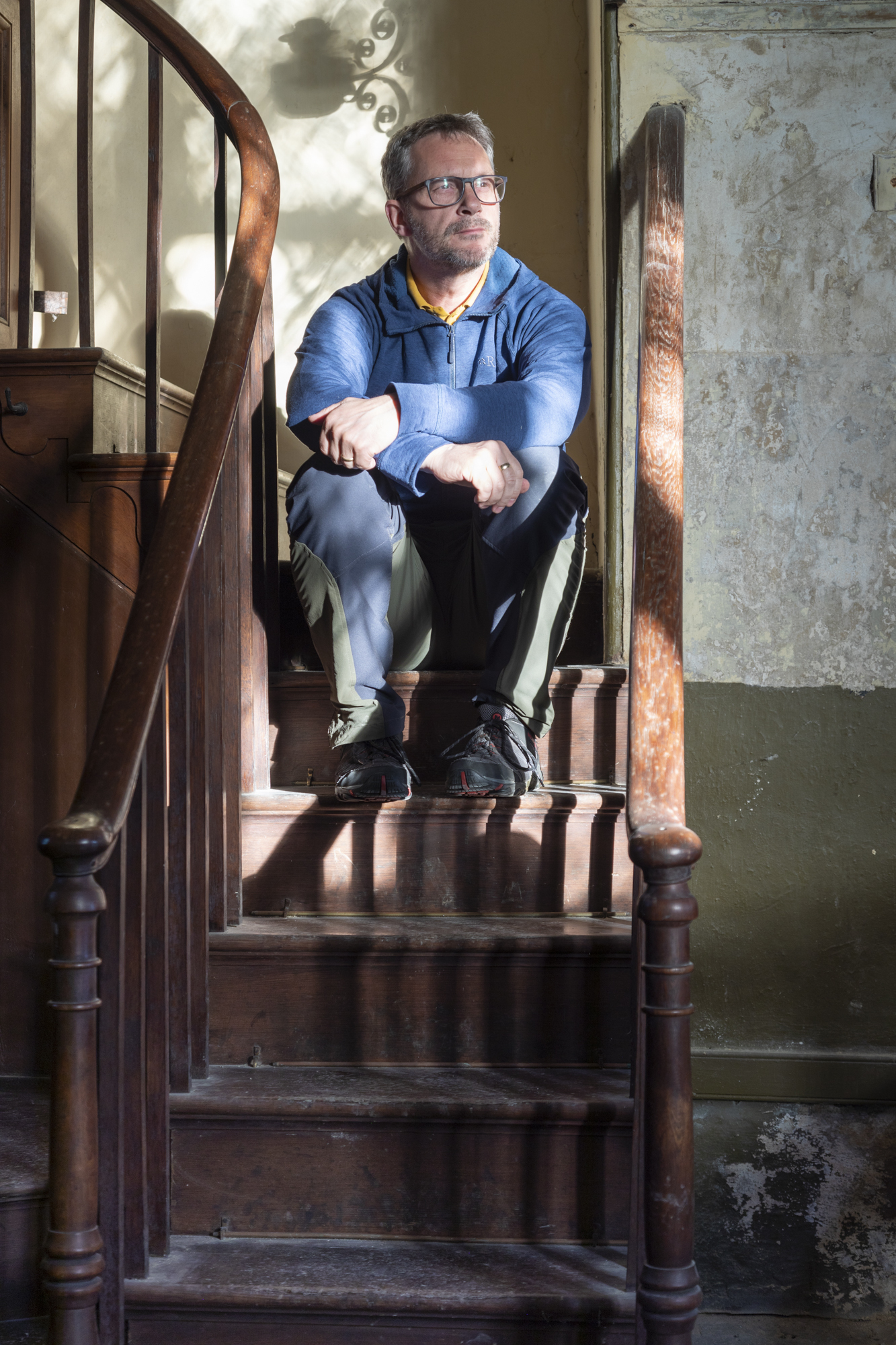
Words
Rime Intrinsica, Fontmell Magna, Surminster Newton and Melbury Bubb,
Whist upon whist upon whist upon whist drive, in Institute Legion, and Social Club.
Horny hands that hold the aces which this morning held the plough -
While Tranter Reuben, T. S. Eliot, H. G. Wells and Edith Sitwell lie in Mellstock Churchyard now.
From 'Dorset' by John Betjeman.
Observations
Churchin'
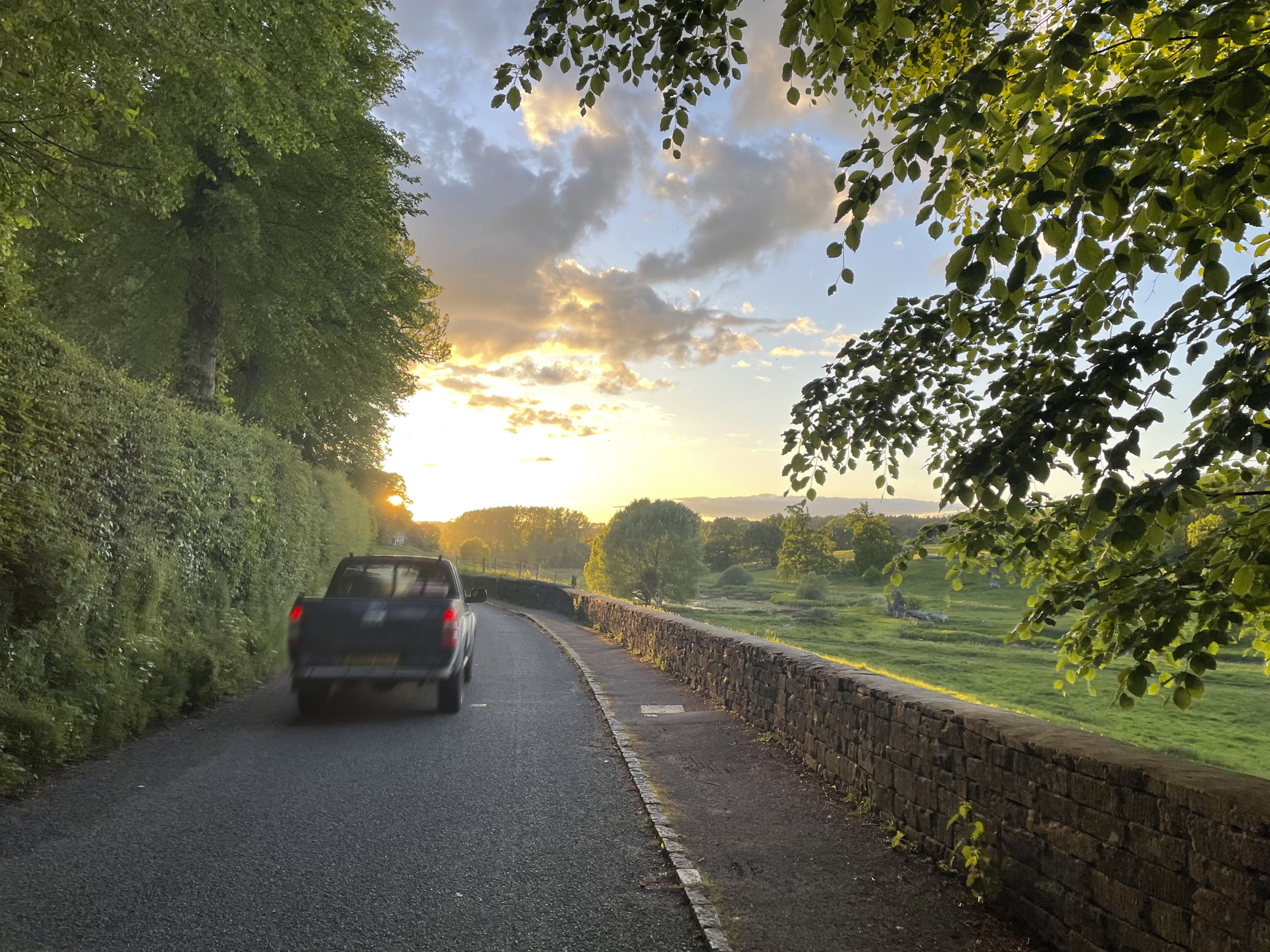
I lodge with Steve near Burford. It isn’t really lodging - more like the perfect storm of late-evening, chatter-fuelled-church-crawling from one village to the next in Steve’s ancient Ford Pickup which has over 300 000 miles on the clock.
“What’s that tapping?” I say, as we hurtle through the lanes. “It’s outside, I’ve fashioned a new aerial for the van.” He winds down the window and reaches out to relocate the coat-hanger wire. “Never mind that,” he says, “We’re off out churchin'. We’ve got some real gems to see tonight - apotropaics up to our armpits.”
It’s a rollercoaster ride in off-road tyres, through the grouse-strewn, pheasant-clotted back lanes of the Cotswolds. Villages pass by that have never seen a tourist. Their names slip off the tongue like a Betjeman poem:
Toddington, Oddington, Stanway,
Sherborne, Westwell and Windrush.
We pass pubs with nooks that only harbour locals, hunkered down in Barbours, Pointers by their laps, pints and chasers on their tables.
The roads curve and rise. Cow-parsley curtsies in the down-draught. Sometimes the lanes are hedged, other times they’re dry-stone topped with cocks-comb copings. We dip into tracks that rarely see the light of day, vaulted by an entanglement of trees. Every now and then they’re punctured by a grandiose gateway or a lodge house to an estate. Beyond the tree line, follies and spires twist and angle into view and are gone as quickly as they arrive.
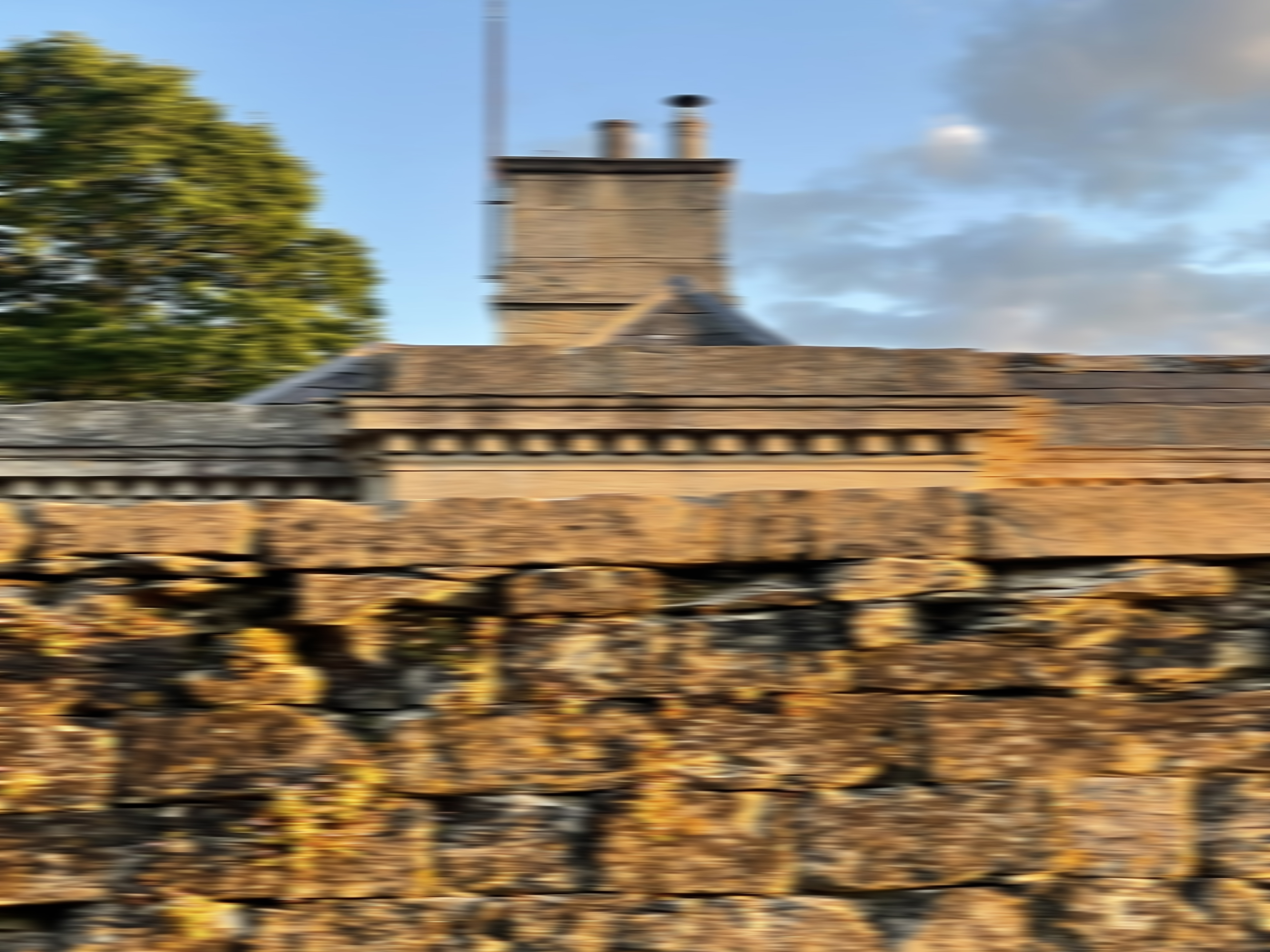
Later in the day the sun cajoles us, blinds us, stops us in our tracks and then hides behind a copse. A single track road leads to a crooked church - walls leaning, porch dotted with mass dials. The truck sidles up an embankment and screeches to a halt in a cloud of dust.
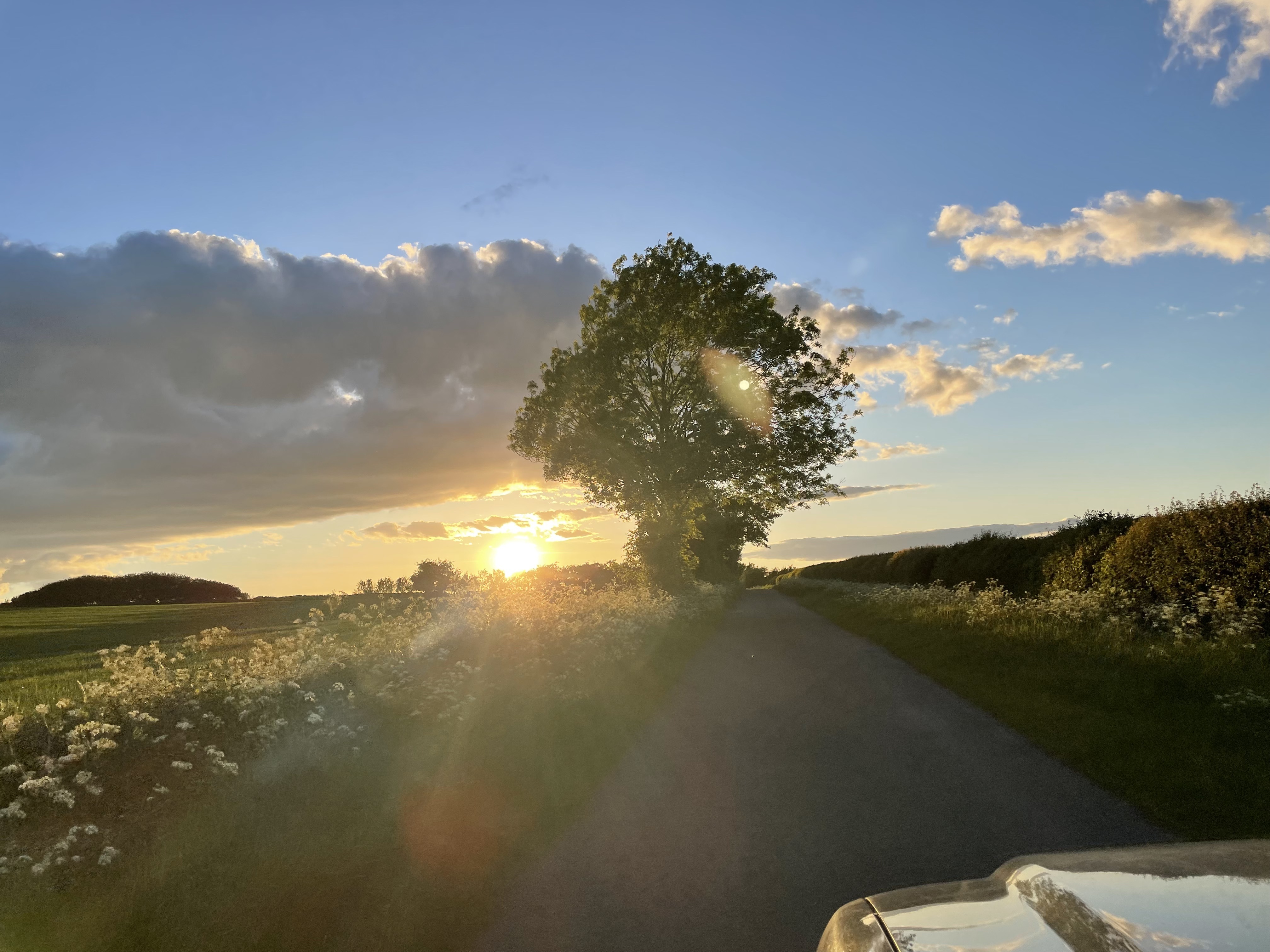
Doors slammed shut, Steve, like a snake charmer, takes me through the Georgian-hooped-gateway, past the peeking beakheads to the treasures that await inside the ancient church of St. Peter’s in the village of Windrush in Gloucestershire.
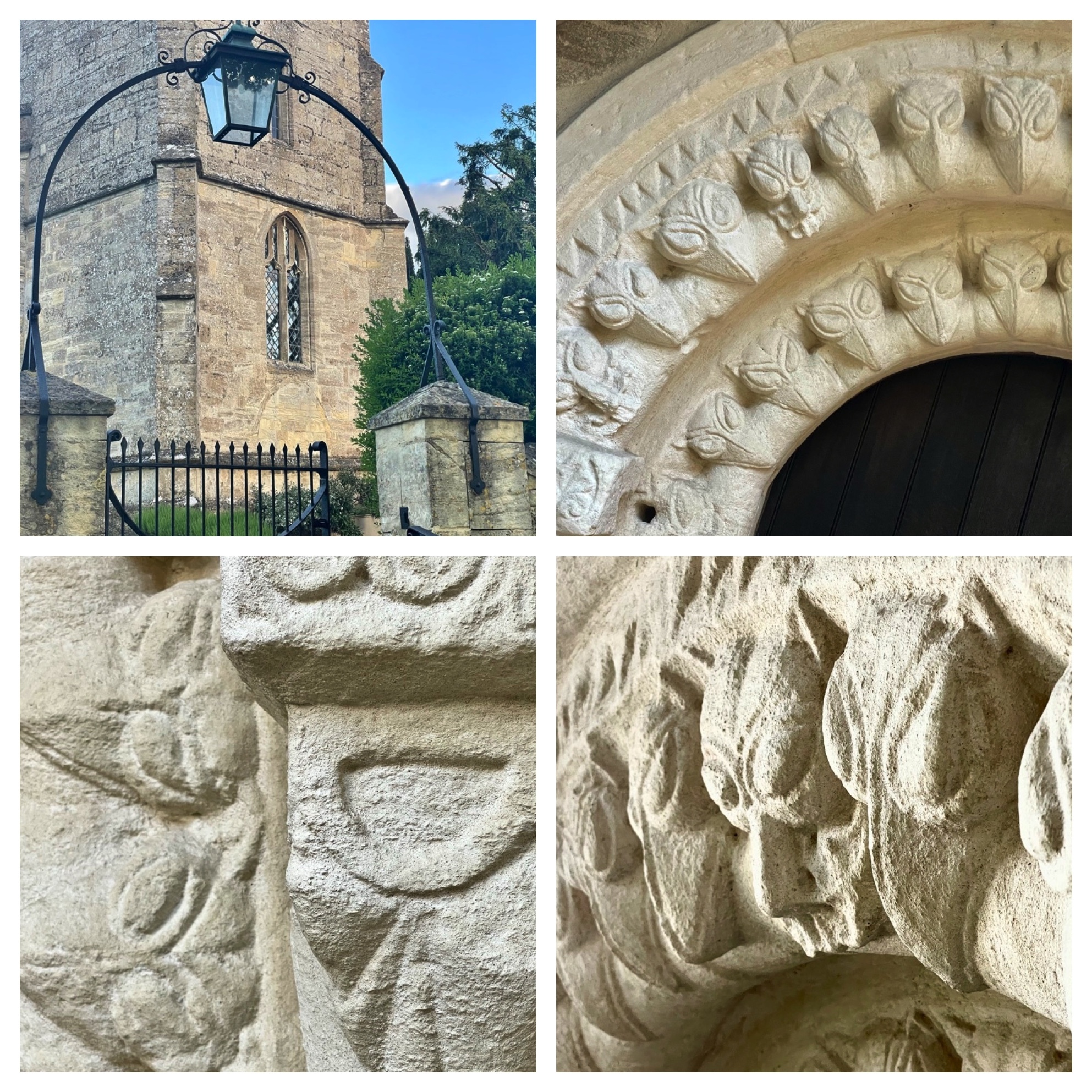
We walk into the darkened nave and instantly I’m taken by a sheep’s head carved into a mould stop over an arch. I stand and look at the detailing. I take my iPhone out and take a quick snap.
It’s quiet, apart from the rustle of leaves and the coo of a collared dove. Steve is inspecting the chancel arch for graffiti. I finish photographing the sheep’s head and stand and watch Steve, then look back to the carving.
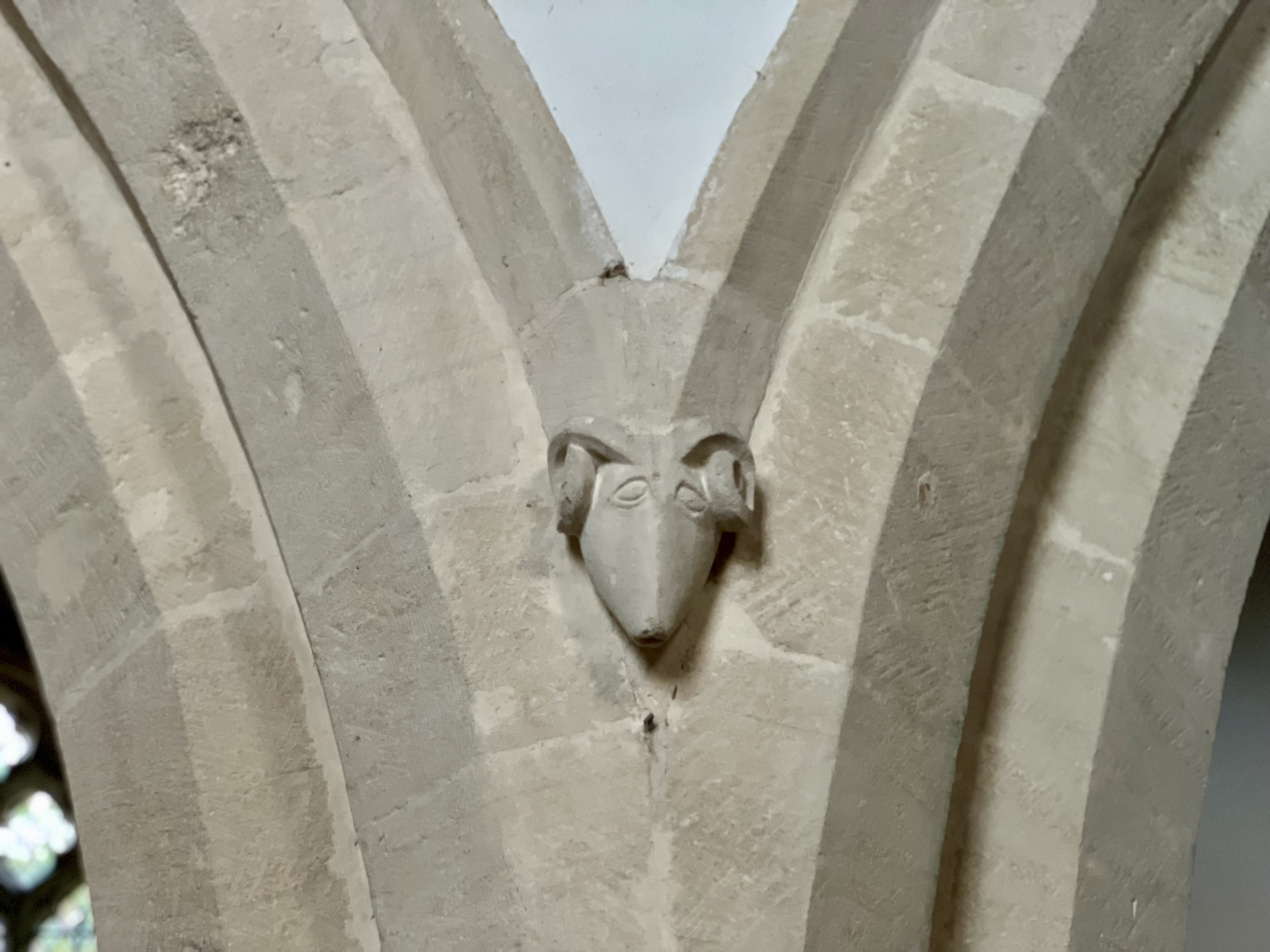
About 40,000 years, 8 minutes and 20 seconds before this moment, several atoms at the core of the sun, about 150,000 kilometres from here, are subject to an act of nuclear fusion. The resulting light, which has taken around 40,000 years to sift through the suns layers, glints across the universe in about 8 minutes and finds itself heading towards a small island in the northern hemisphere. 15 seconds later it’s over the great county of Gloucestershire and 3 seconds after that it takes a precarious path over the Windrush village roof-tops and then percolates through an intricate tapestry of leaves, the handmade glass of the west window, and the dusty motes of an ancient nave. About 1 second before it hits the sheep’s head, I put my iPhone away and take one last look at the carving.
Then it hits.
Instantly the animal is alive - its head is a blintering mass of moving light which spills out onto the column behind, begetting the head with a sparkling, animated body.
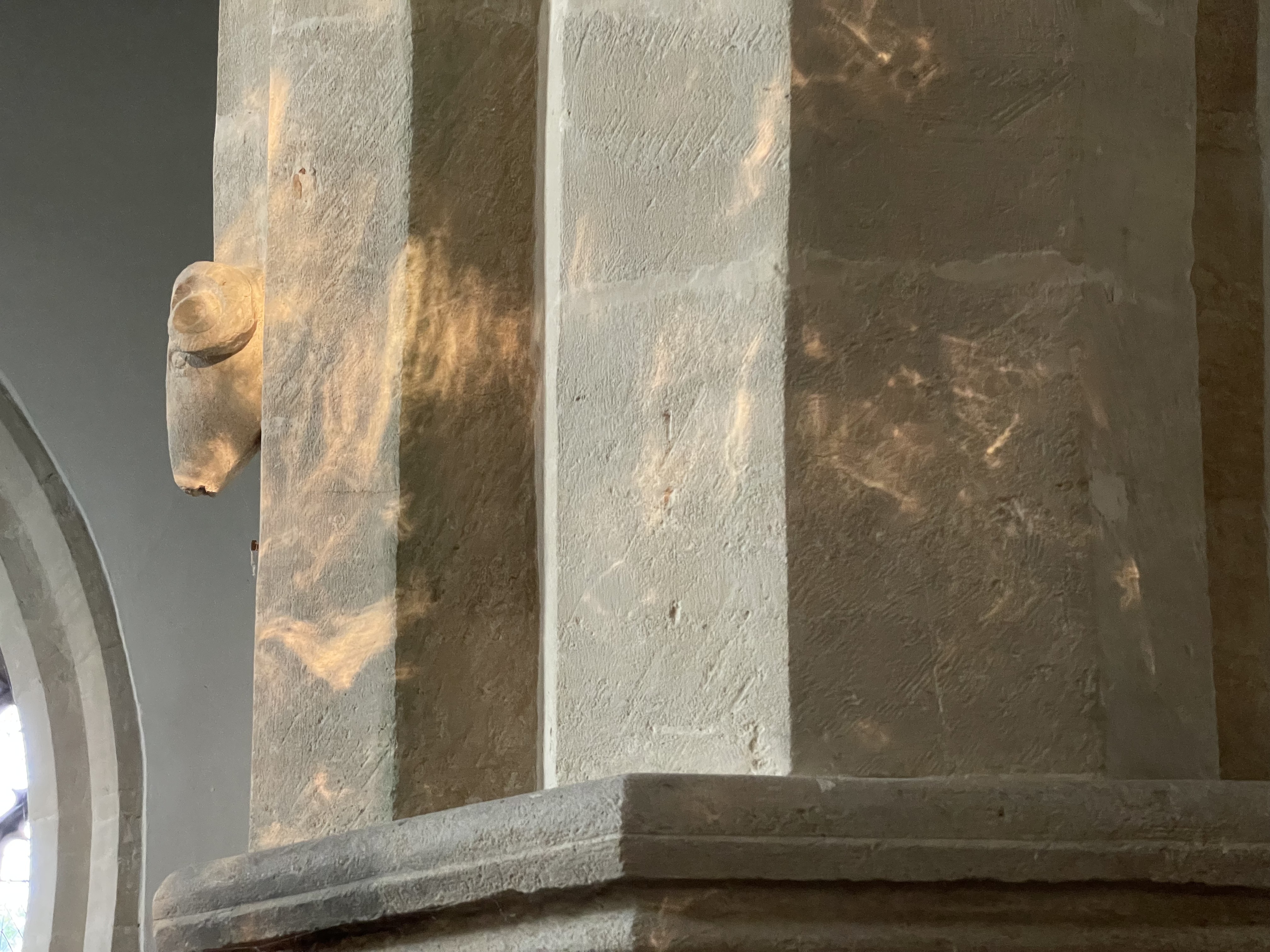
About 600 years ago, when the light I see now was part way through the sun’s corona, a medieval mind might put such animation down to God’s work: a message from beyond. Here and now, in this present moment, with my scientific mind I’m forced to acknowledge the how and why of what is happening, but something deep inside curtails my Darwinian bent, and for several minutes, immerses me in the magic of the moment.
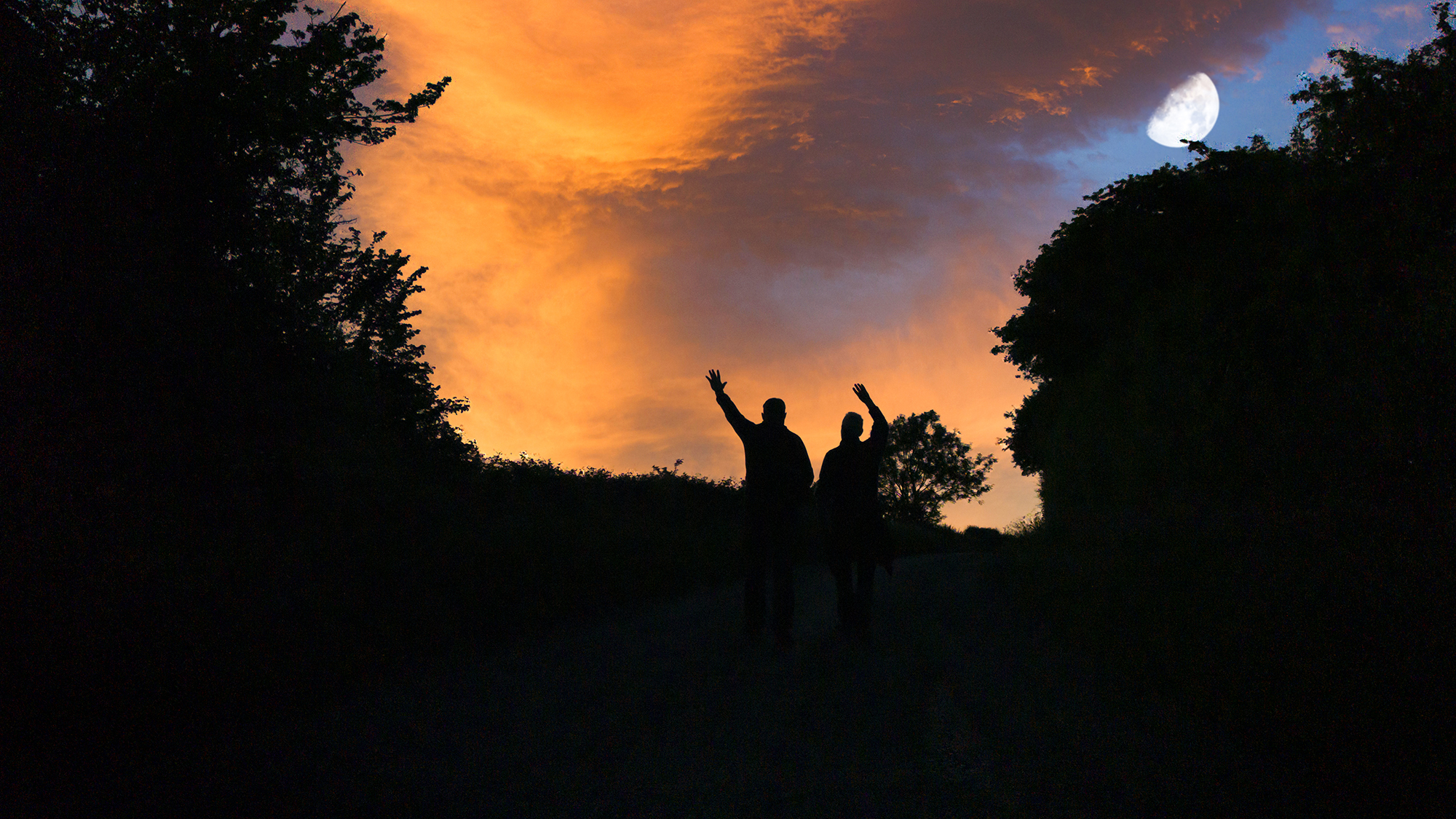
⭕️ For Members and Patrons - I'll be posting out a video of the animated sheep light show to the Twitter Circle first thing today - search for #LociLightShow. Let me know what you think in the comments!
Hotspots
All photos shot on iPhone.
We hurtled on into the dusk - taking in as many churches and villages as possible - here's a selection (more next week).
St. Peter's Windrush, Gloucestershire.
The village of Windrush in Gloucestershire.
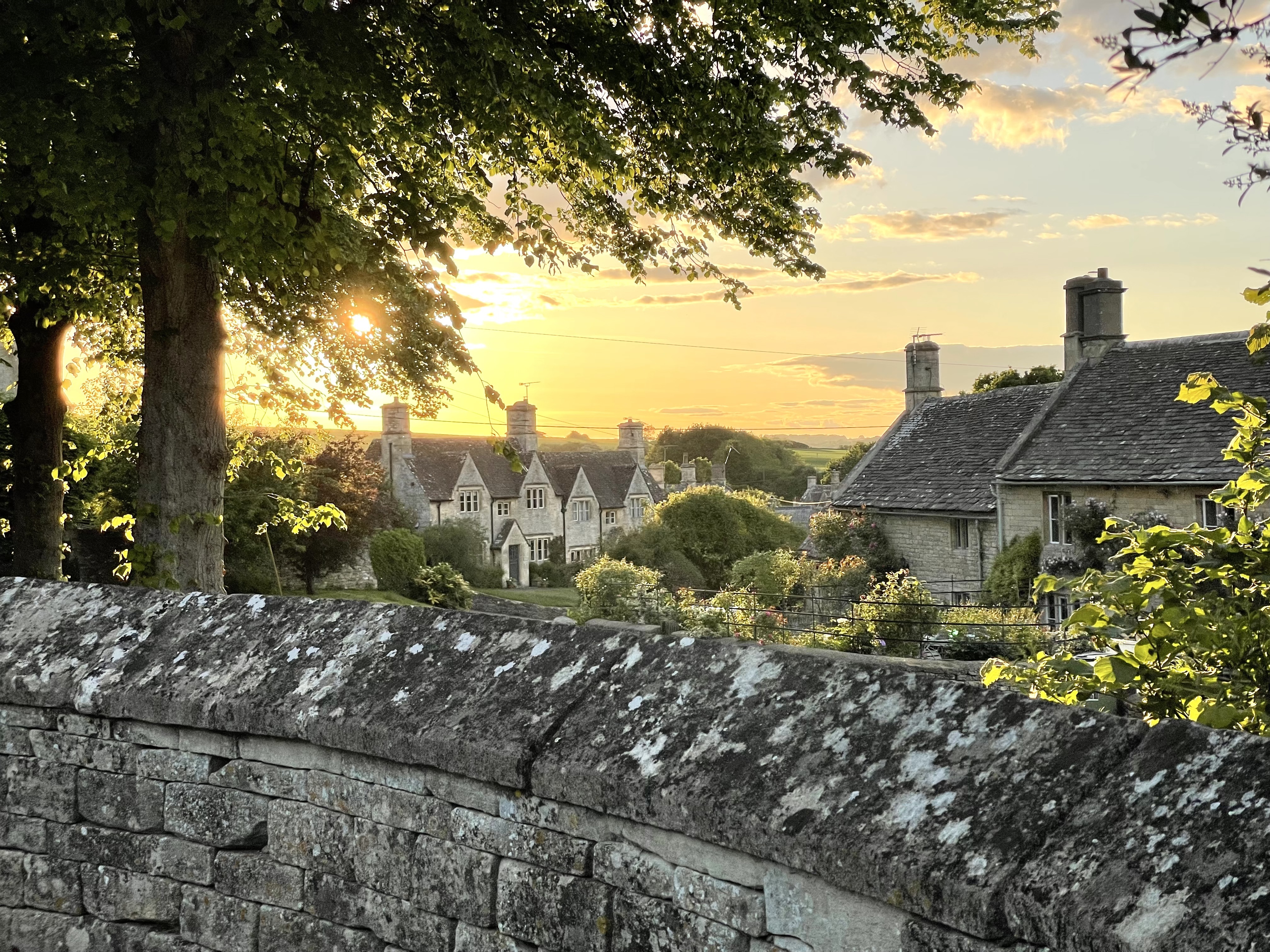
Church Exterior
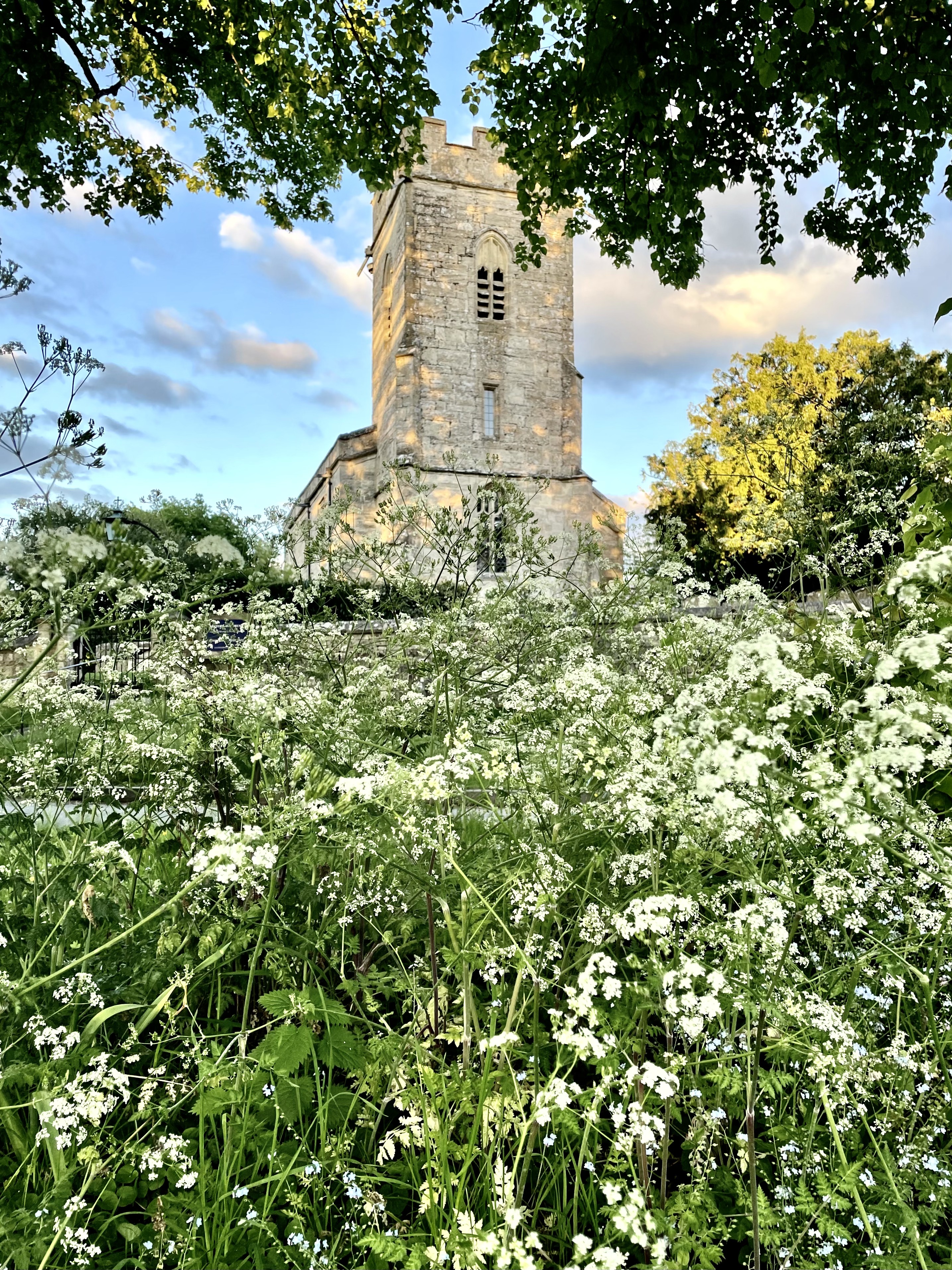
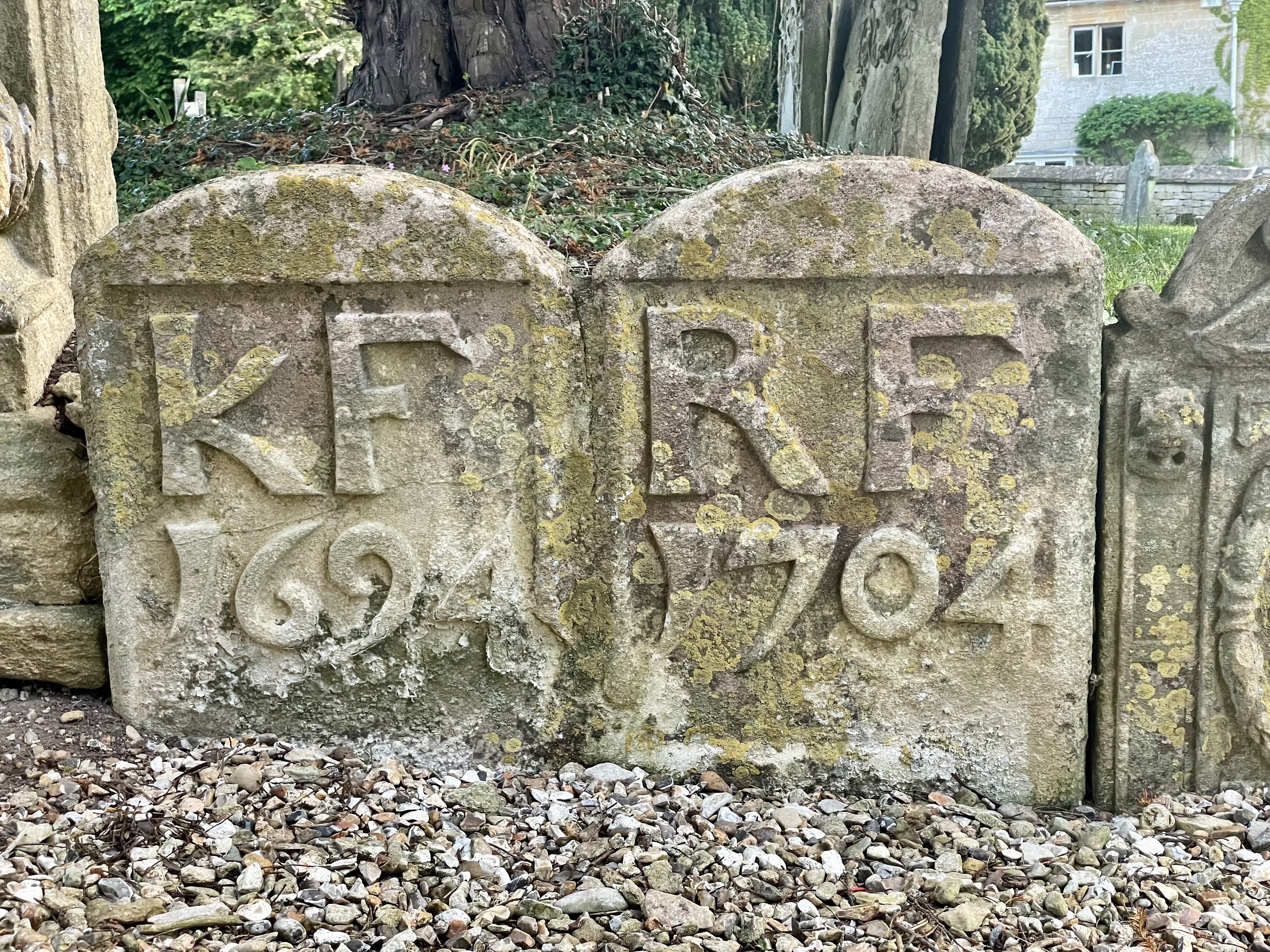
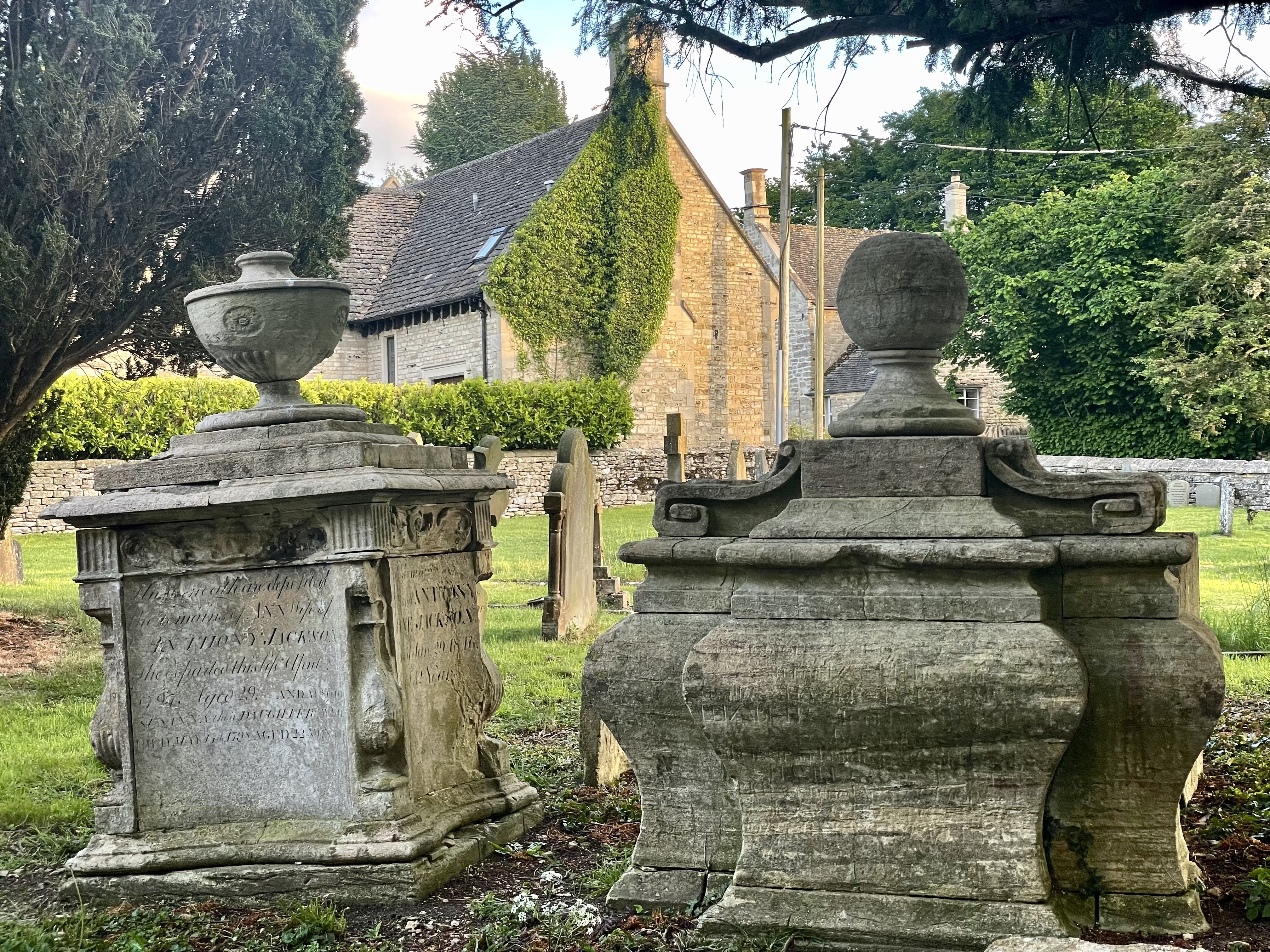
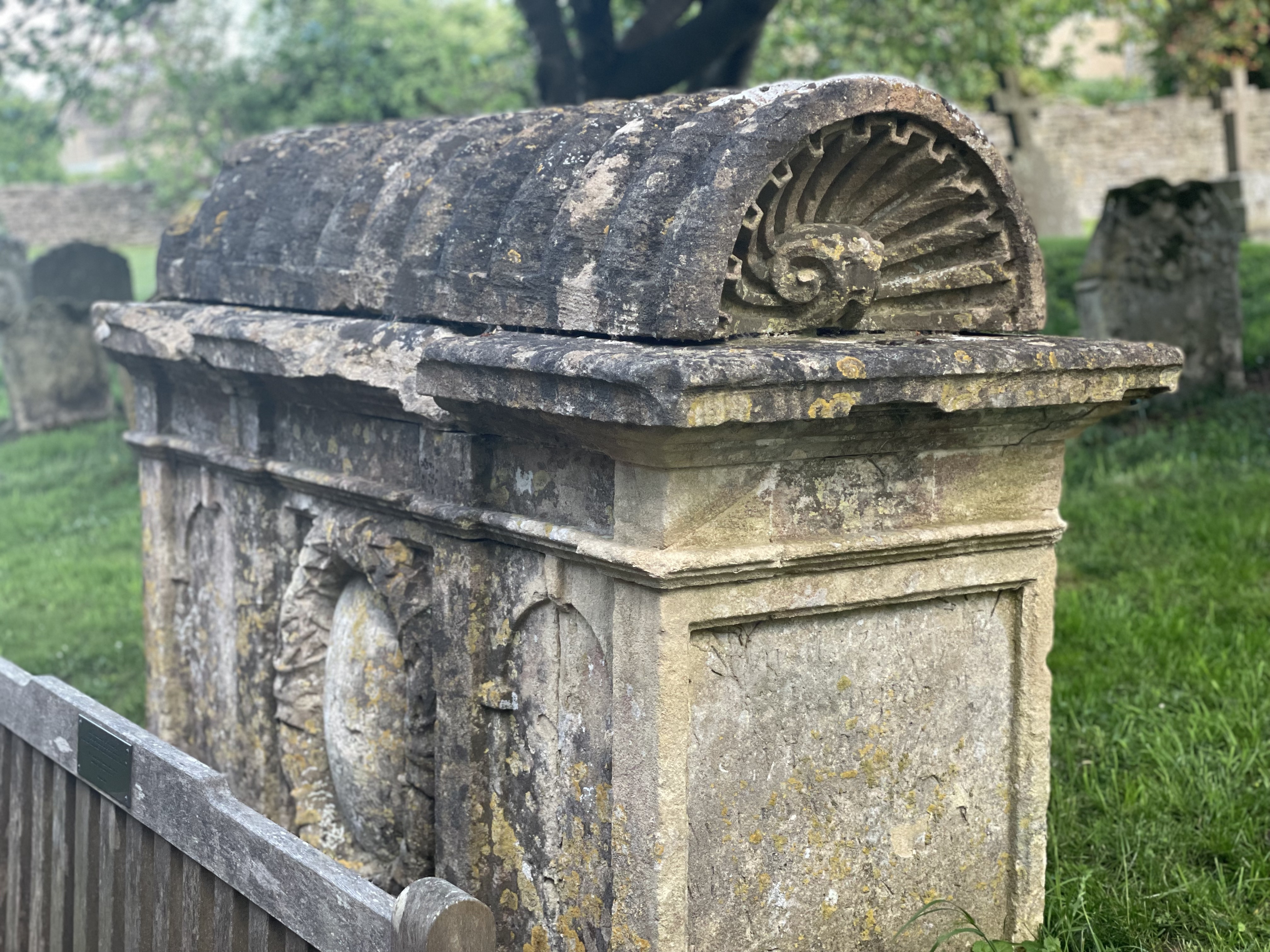
Steve in a rare moment of inertia - in front of a chest tomb of his great, great, great, grandfather.
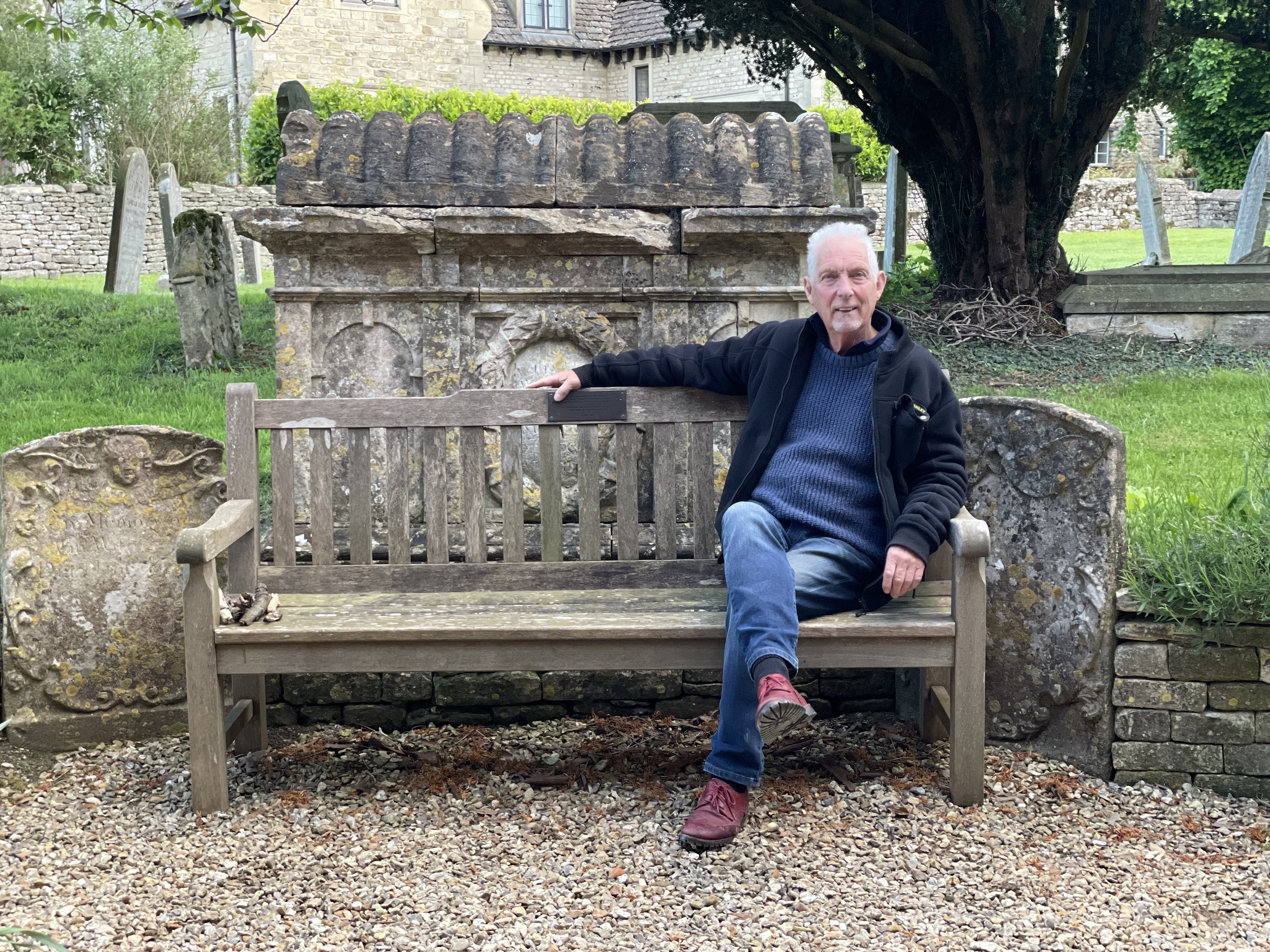
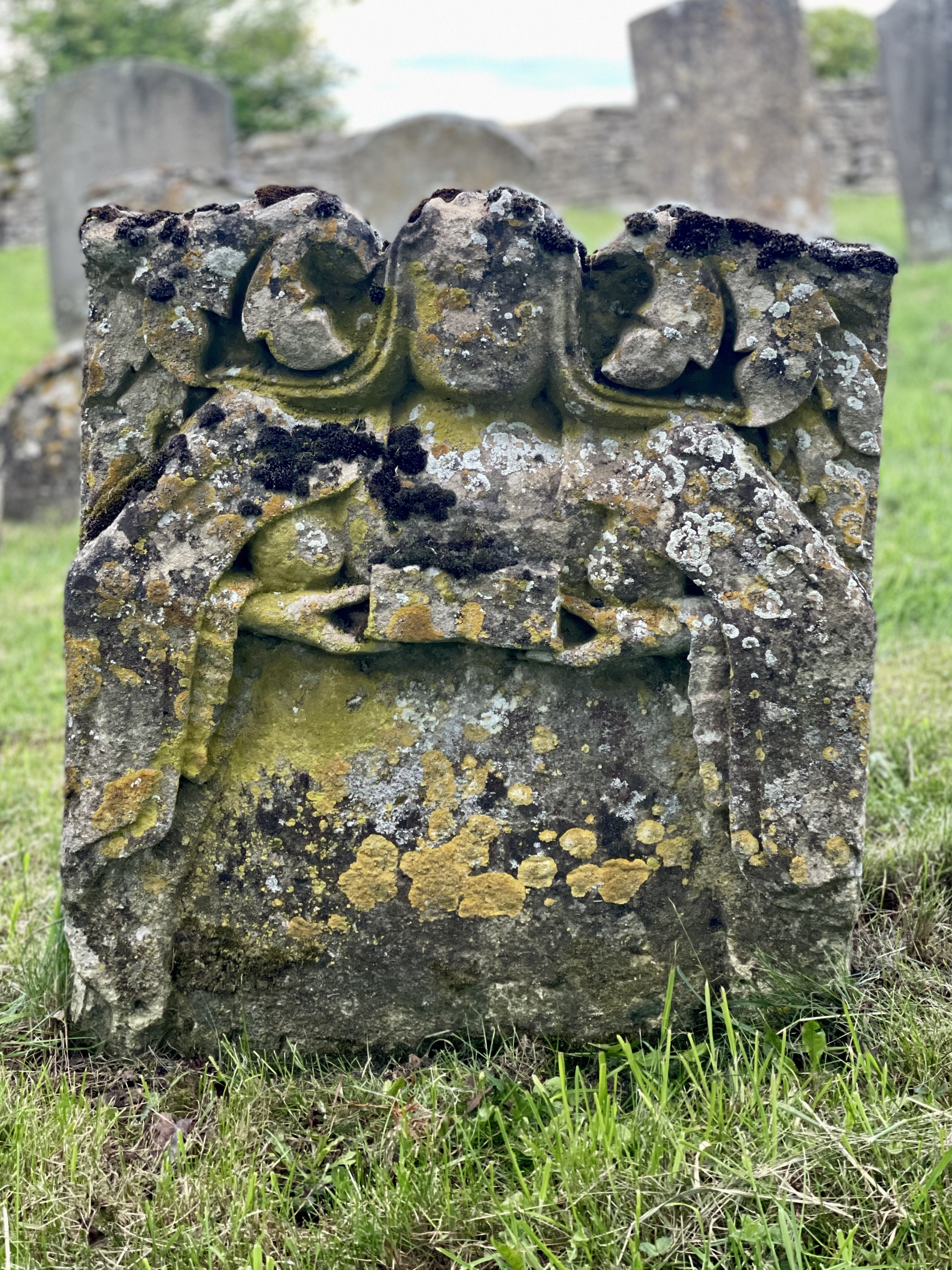
C12th Romanesque beakhead door. I do miss the lichen and patina.
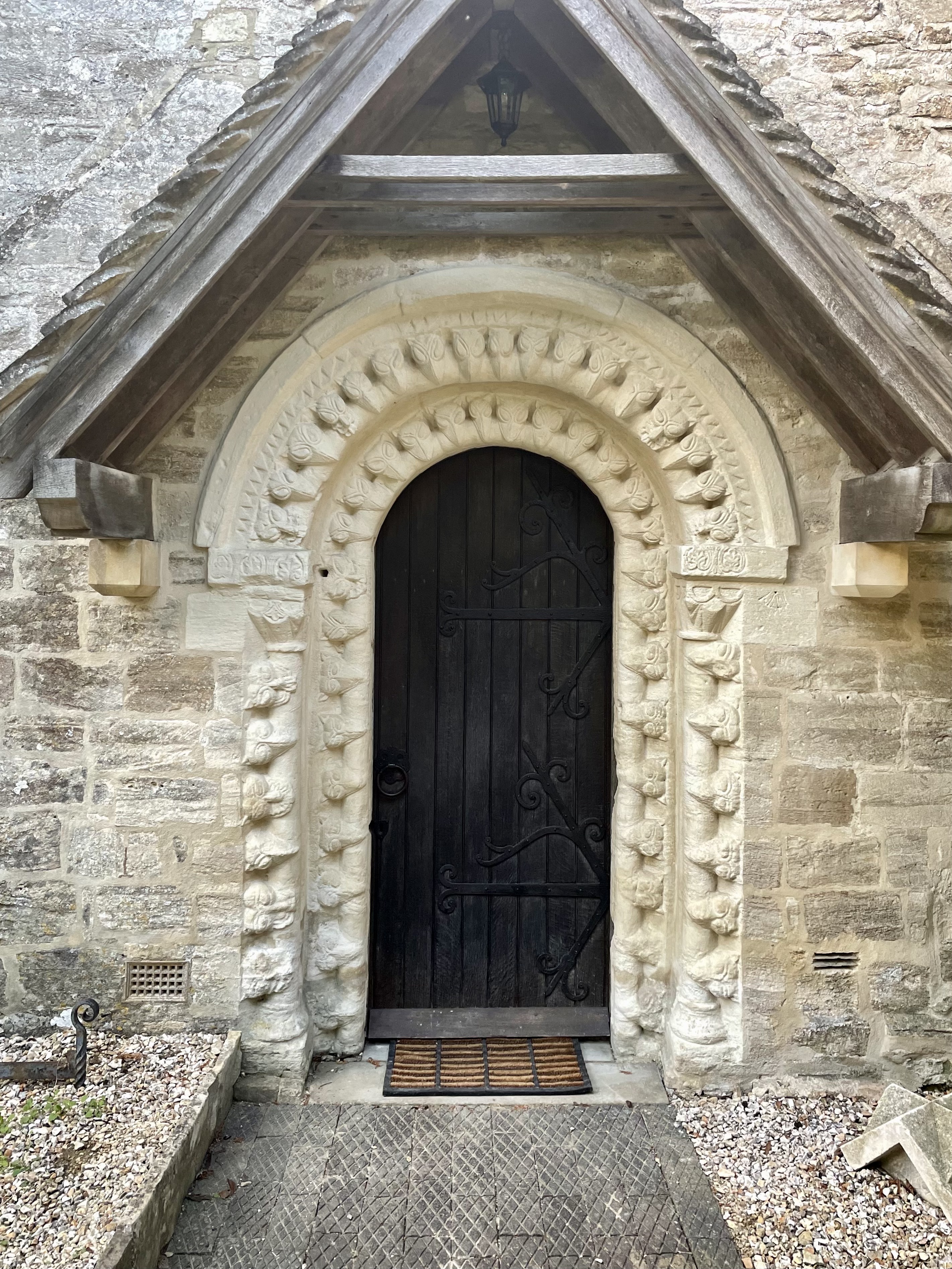
Mark Making
Mass Dial
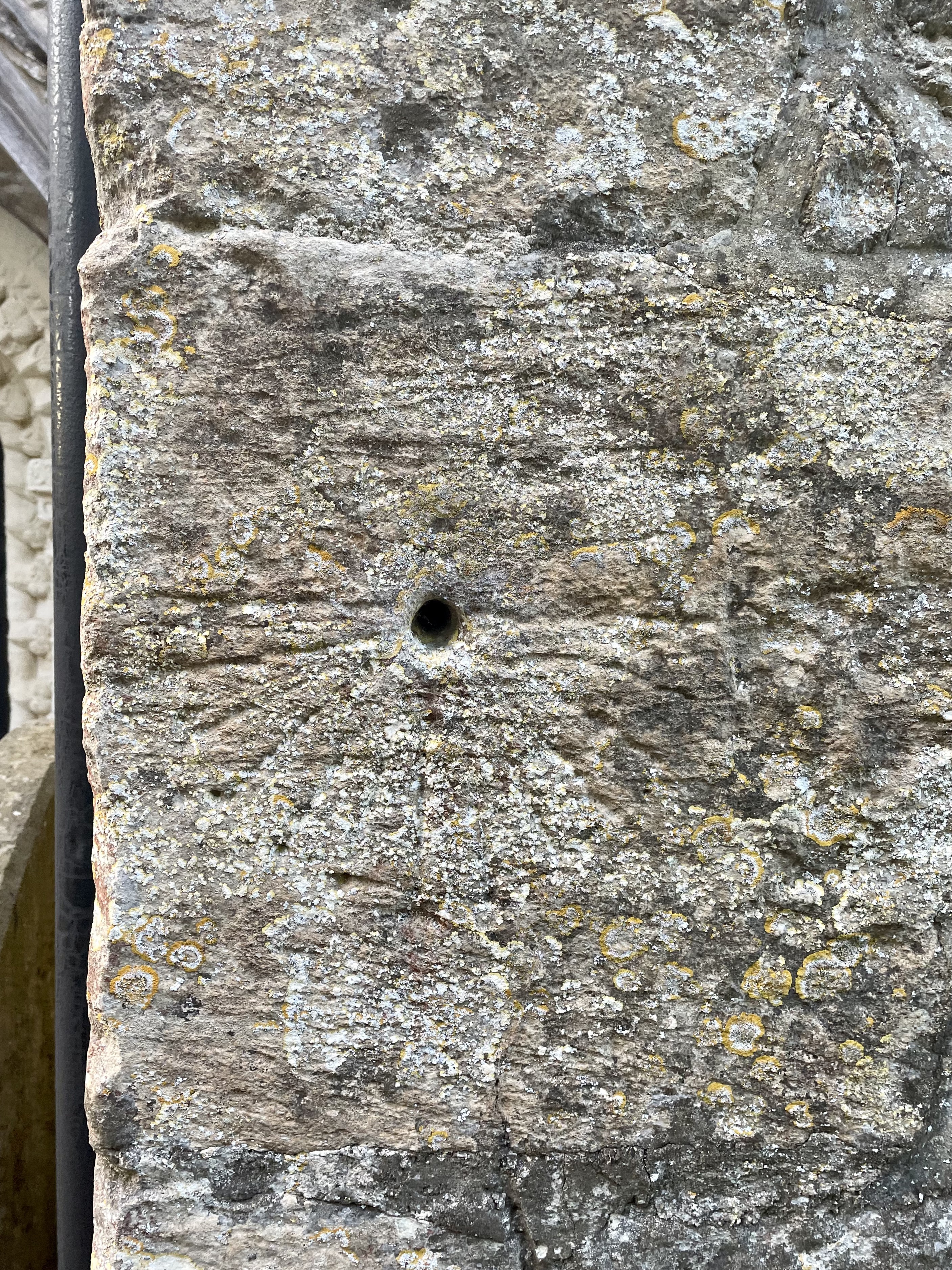
Mass Dial
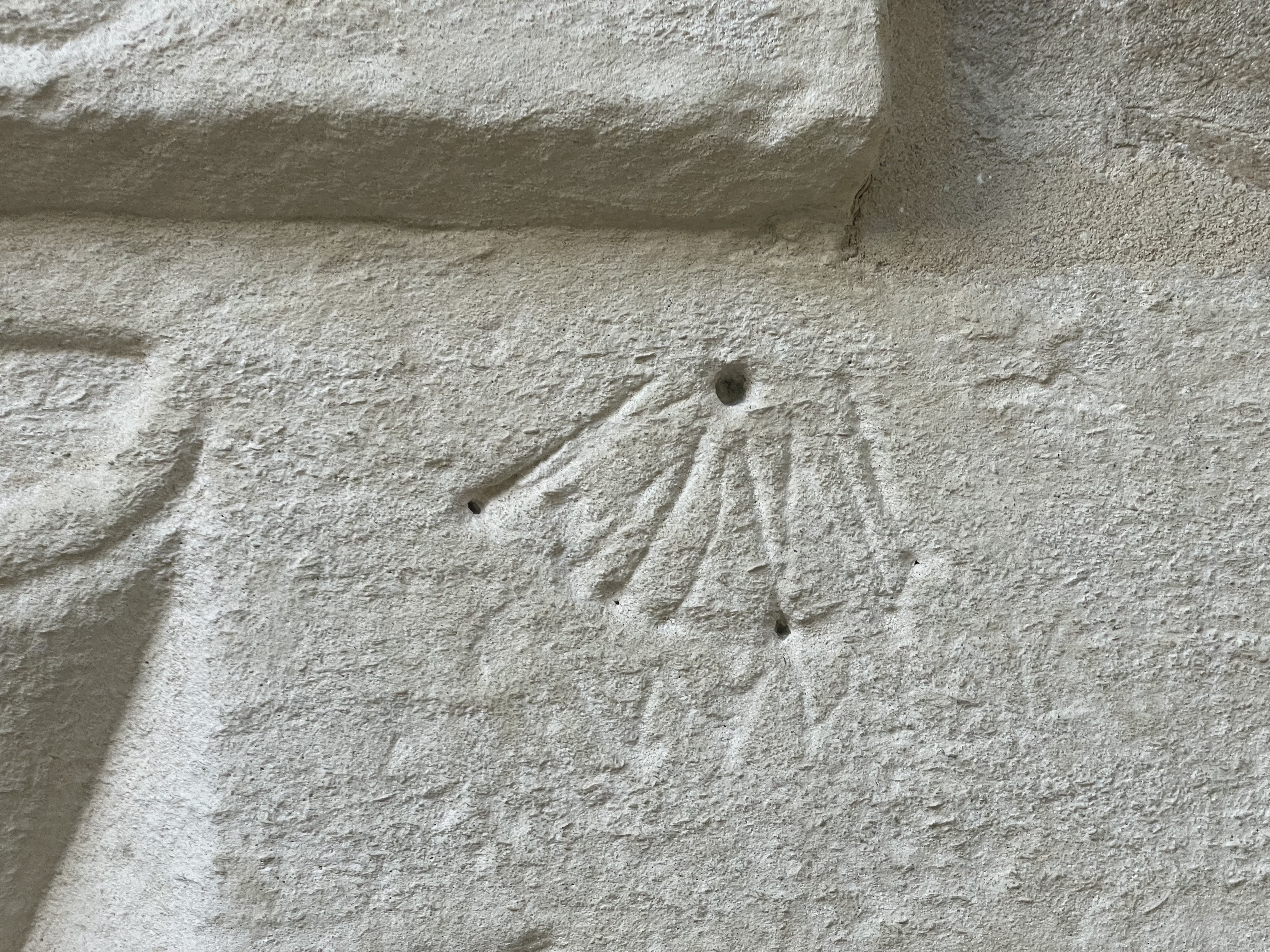
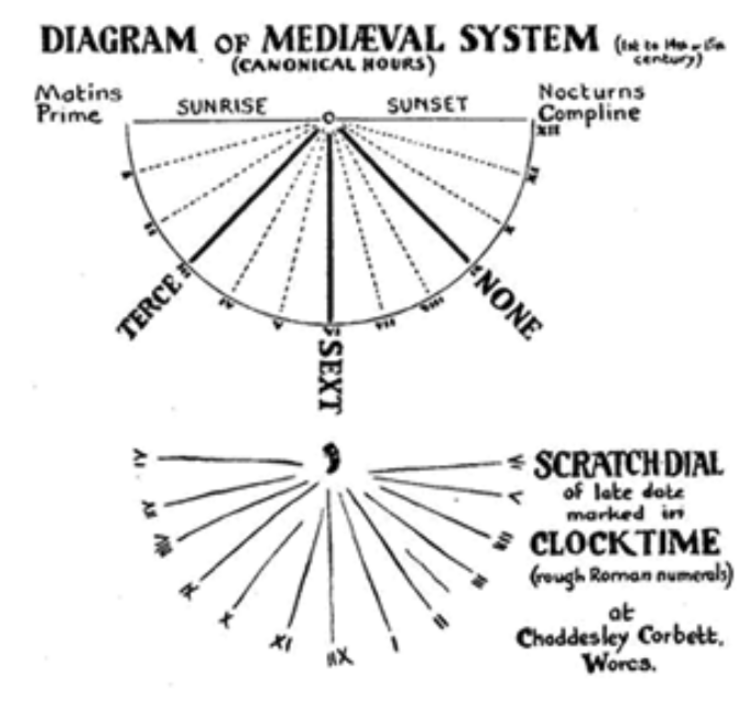
Medieval Mass Dials Decoded
Peter Rumley explores the origins, history and conservation of the medieval mass dial, a form of sundial used to mark the daily timetable of prayer. Mass or 'scratch' dials vary widely in type even within the same county and this highly informative article illustrates and discusses some of these variations. It also provides some general guidance on how to approach the conservation of this unusual element of the UK's ecclesiastical heritage.
Consecration cross?
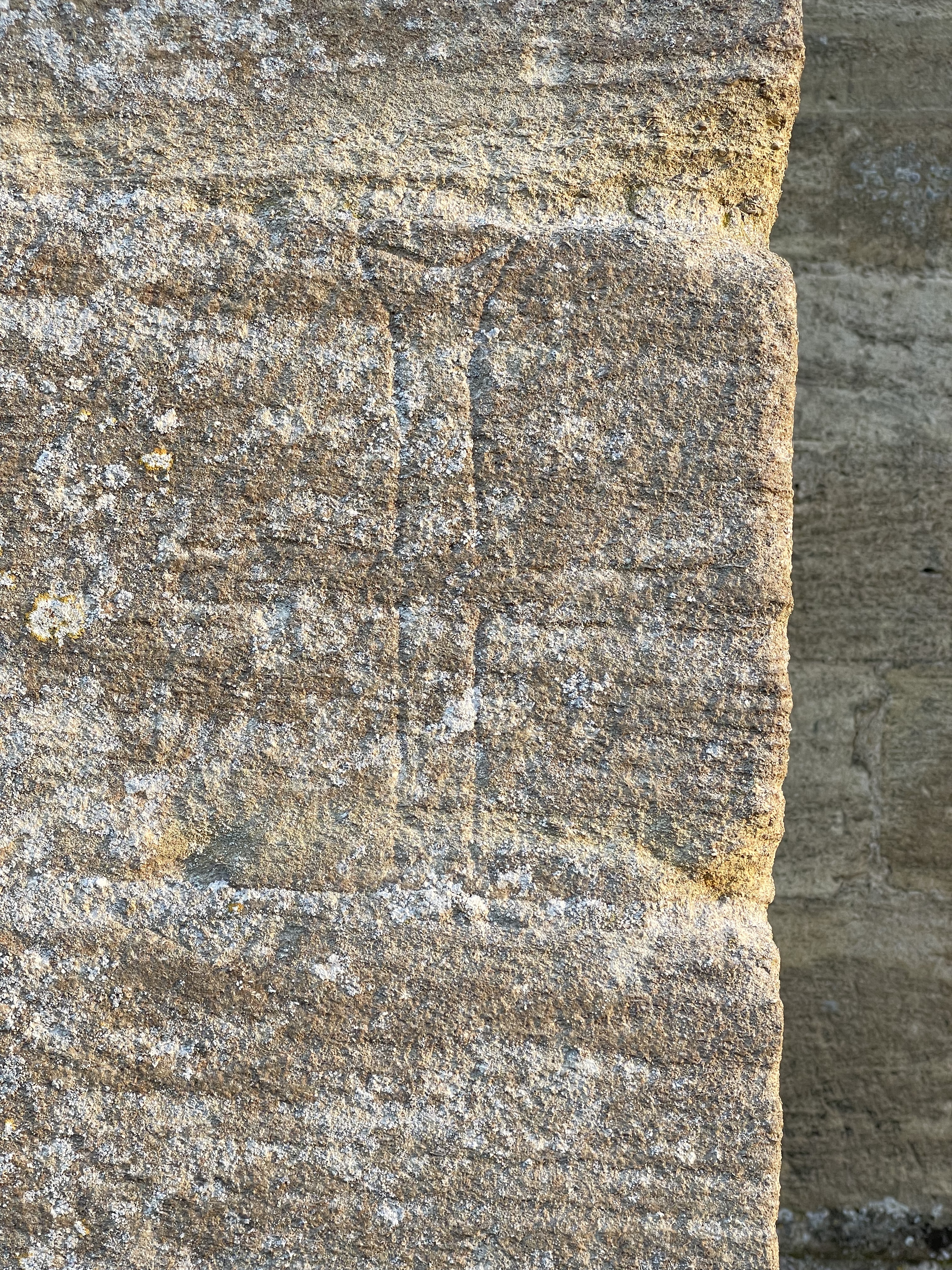
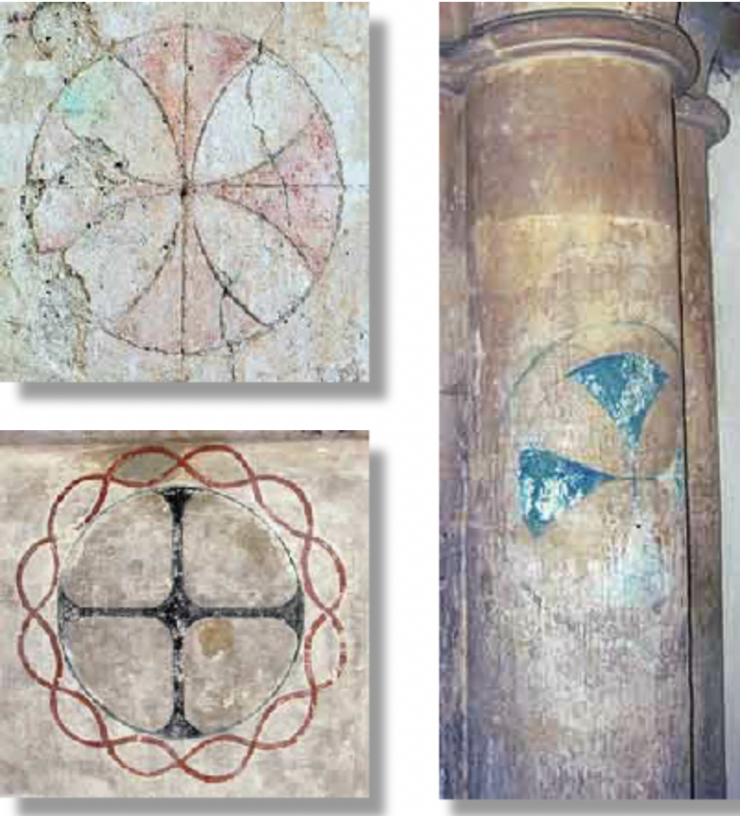
Consecration Crosses
The Norfolk Medieval Graffiti Survey is a volunteer led community archaeology project that is undertaking a systematic survey of the country’s surviving medieval churches.
Ghost gable
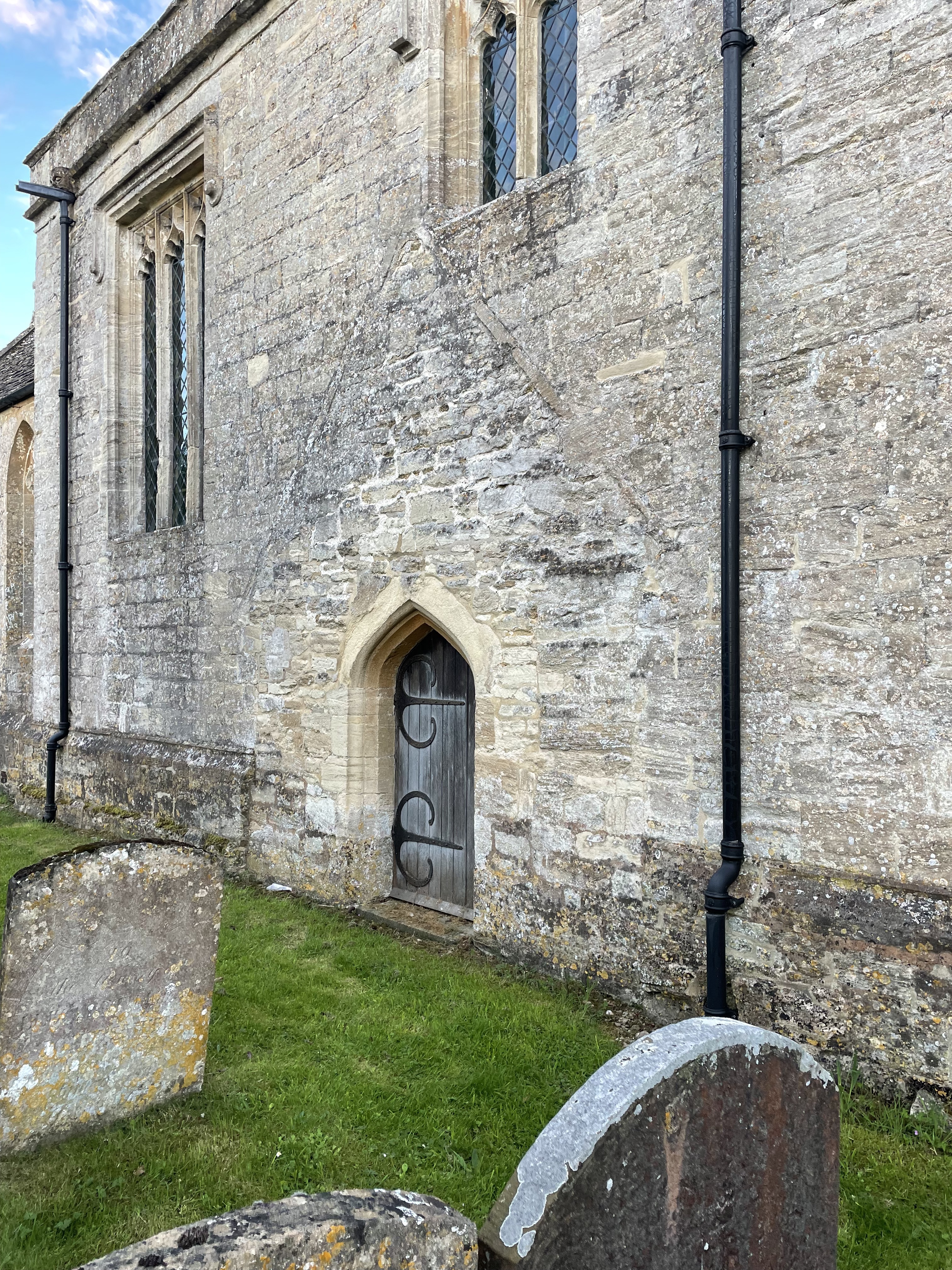
Just the lichen..
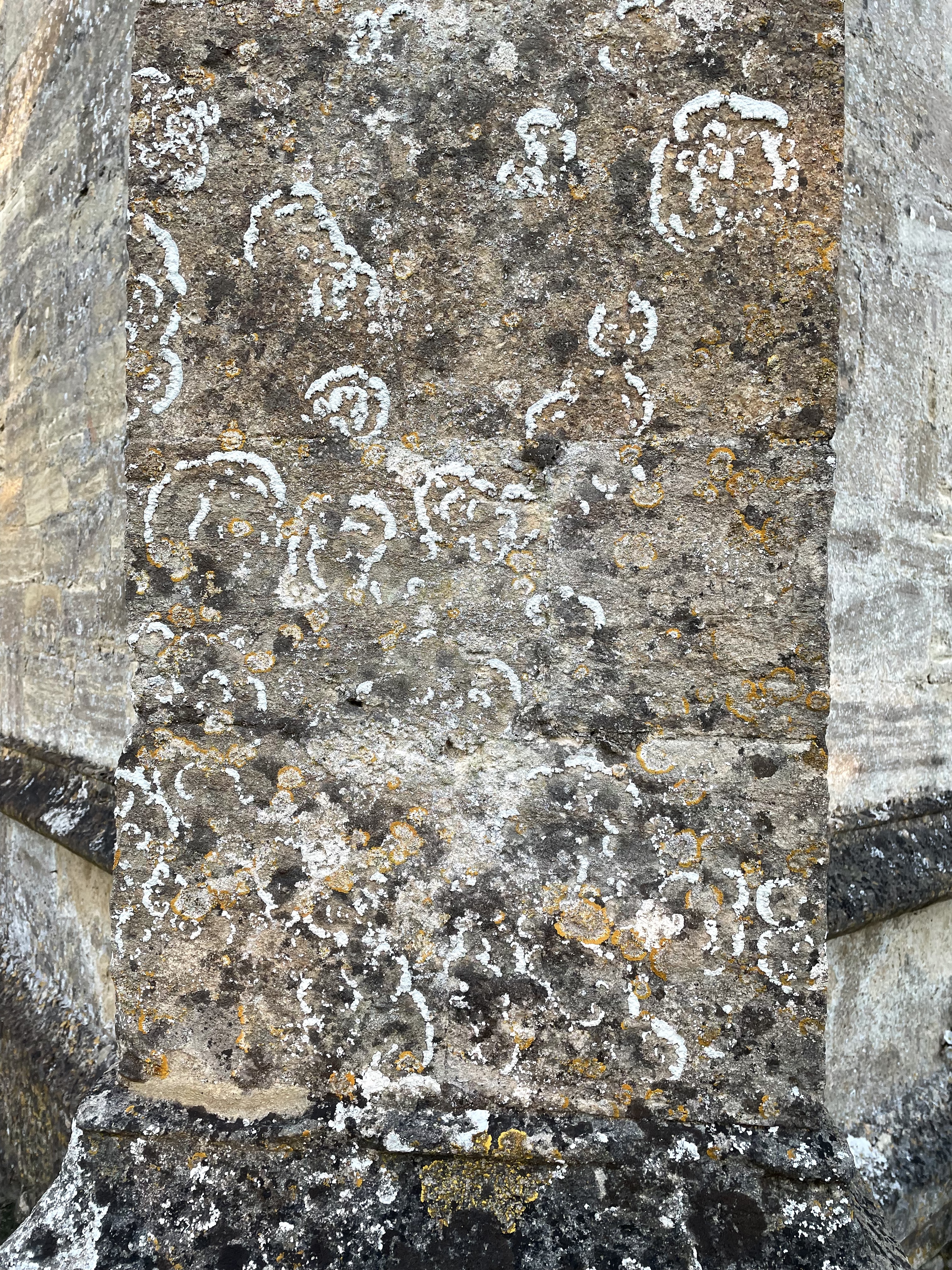
Water pump outside the church.
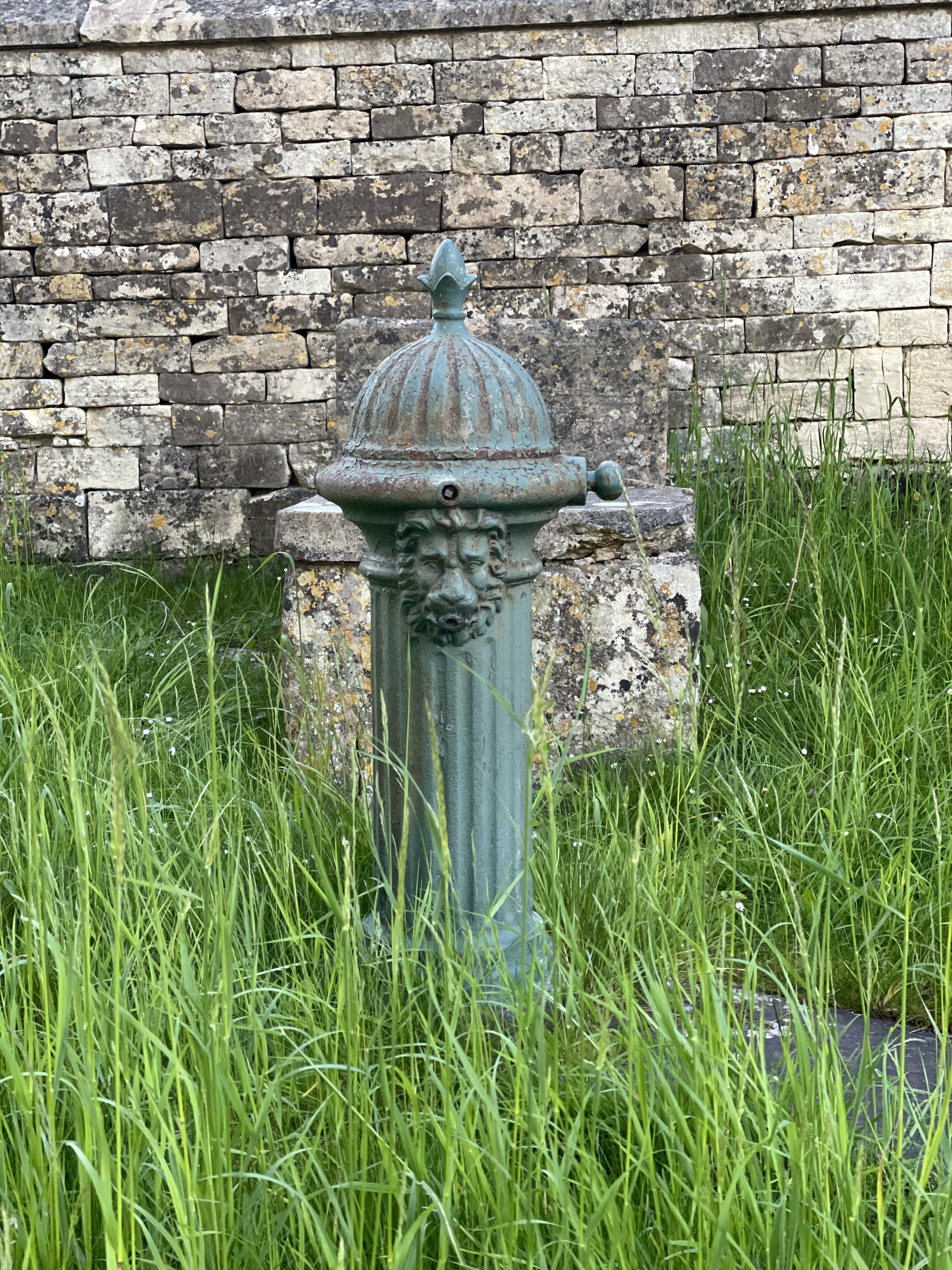
Interior
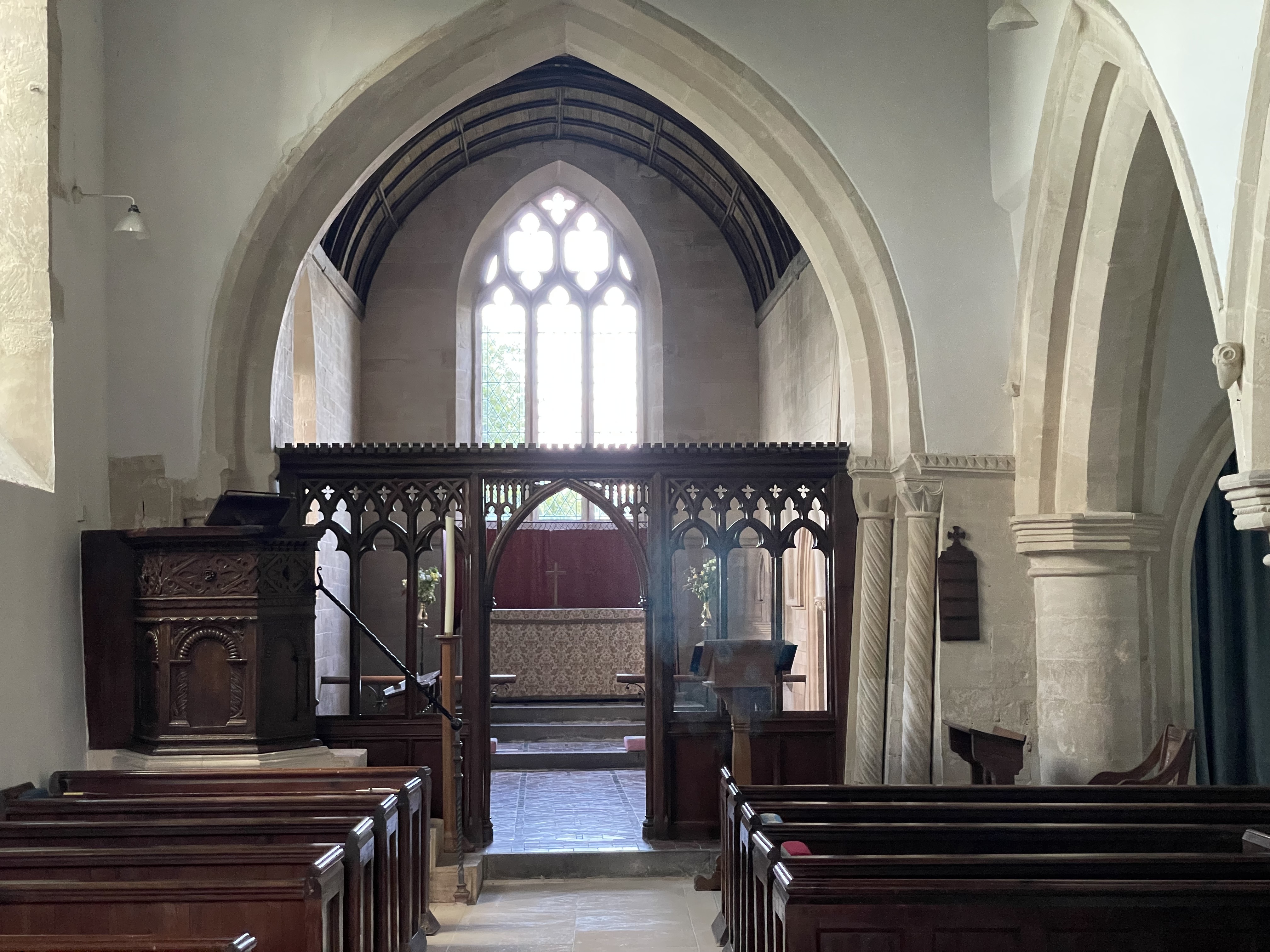
I do pride myself on my upright perpendiculars in my photography - but this view was a tad challenging.
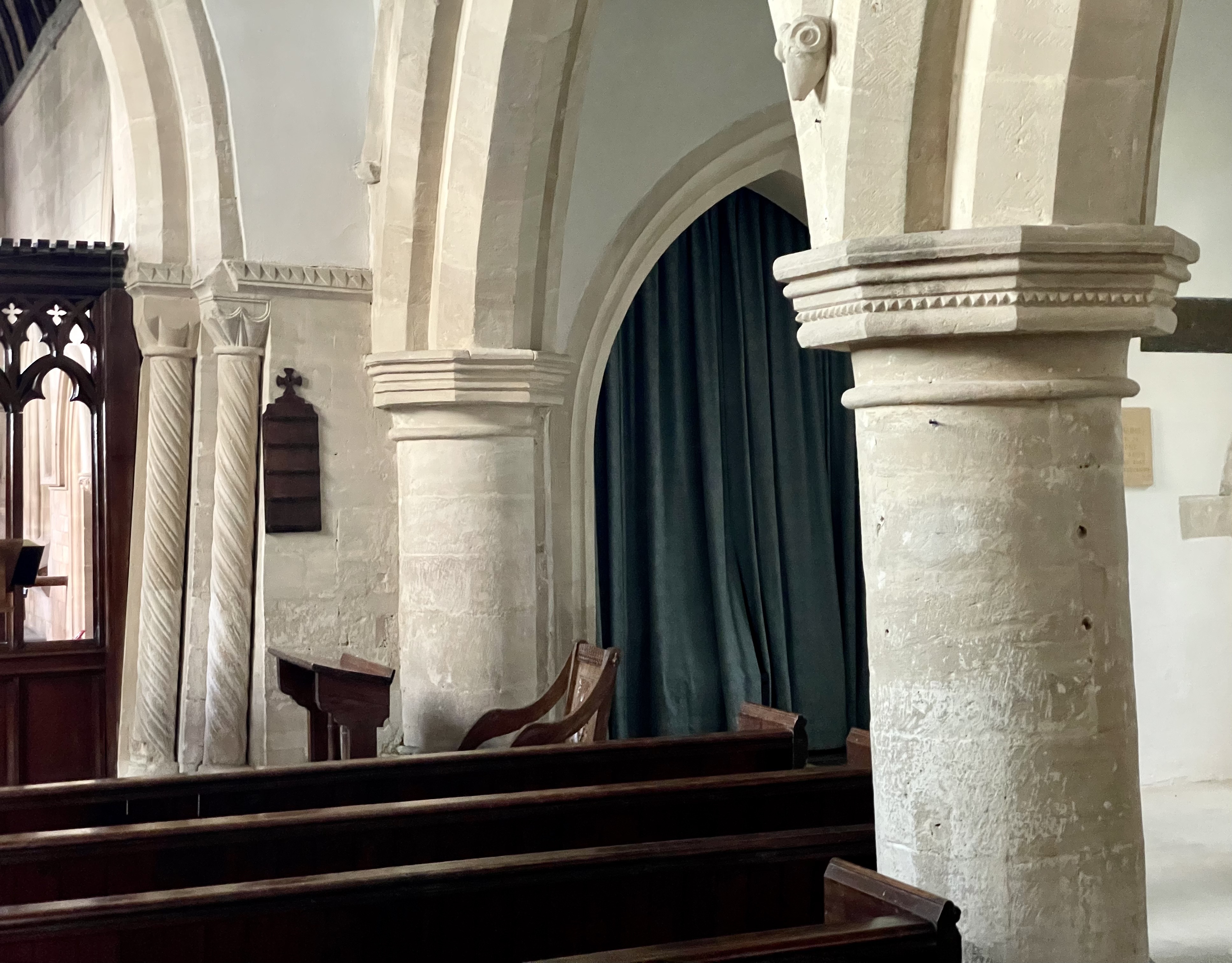
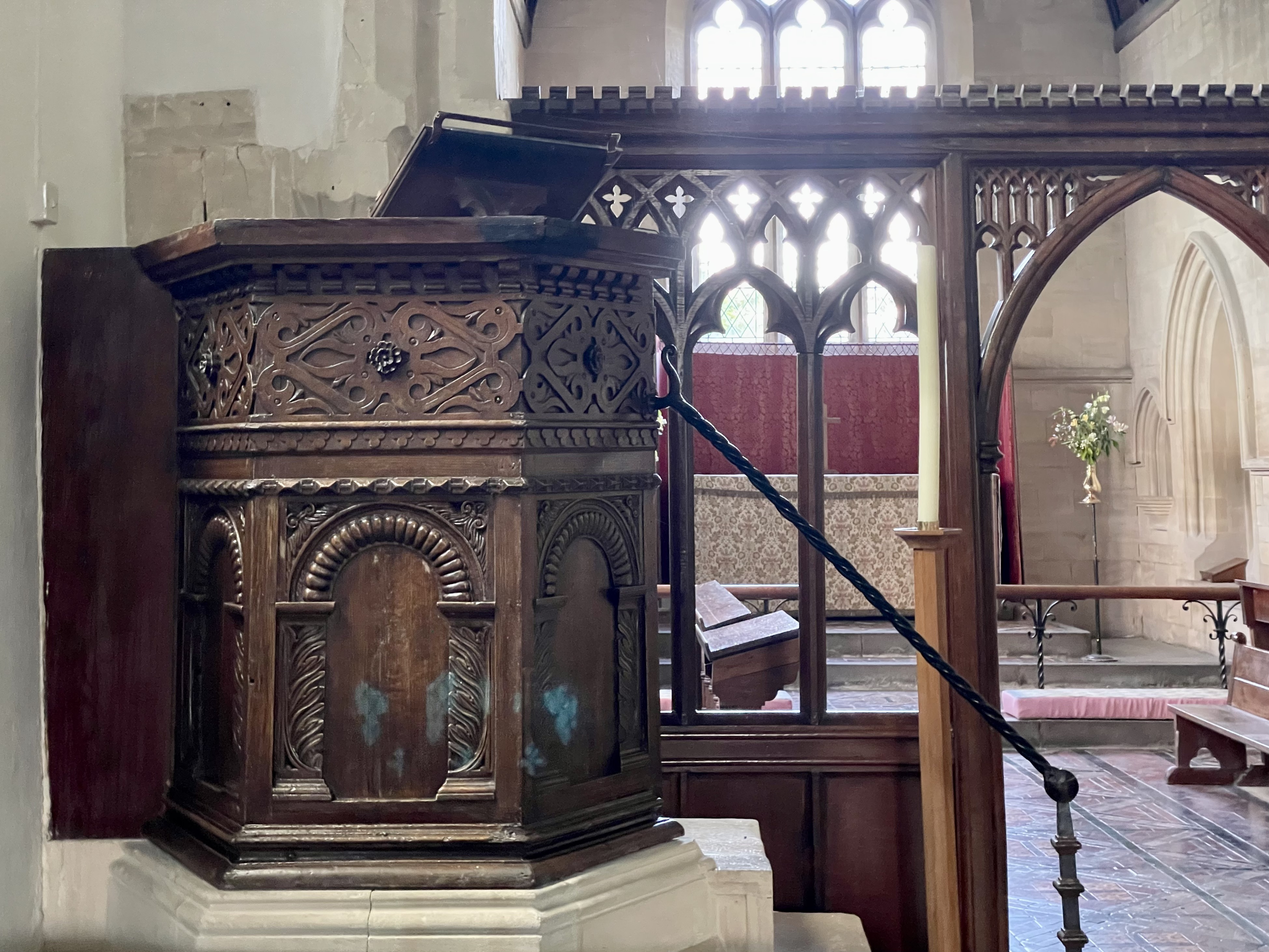
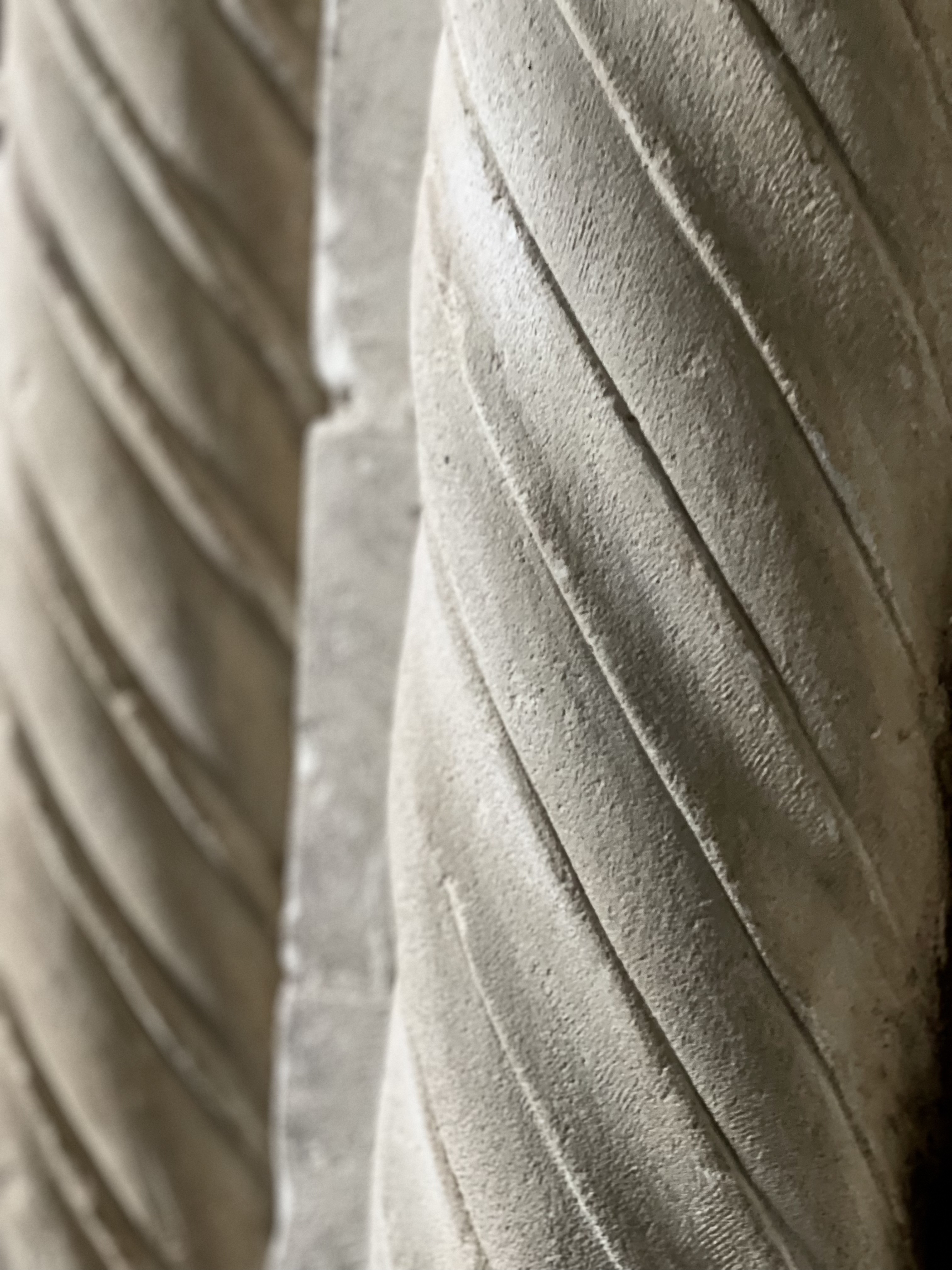
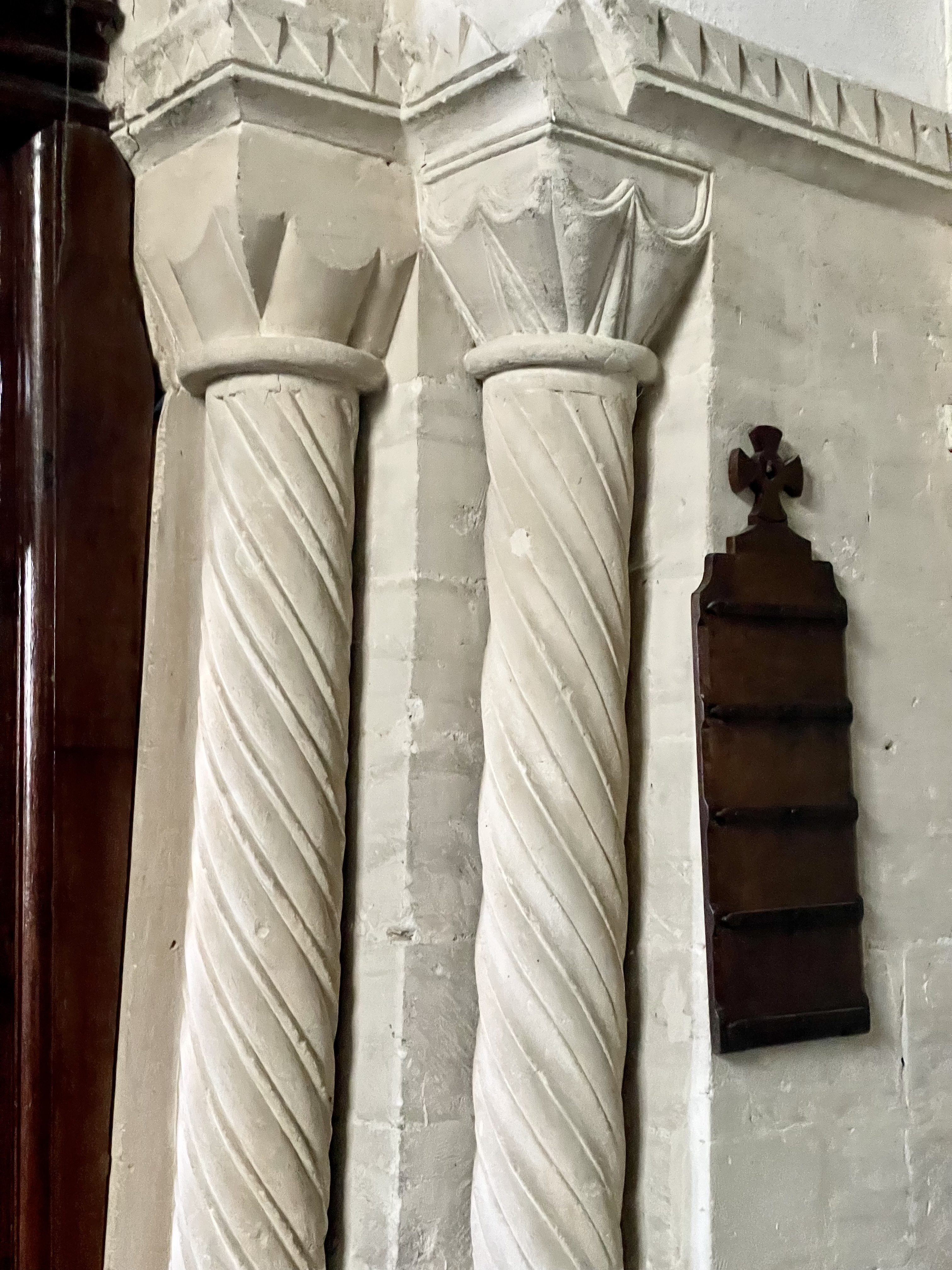
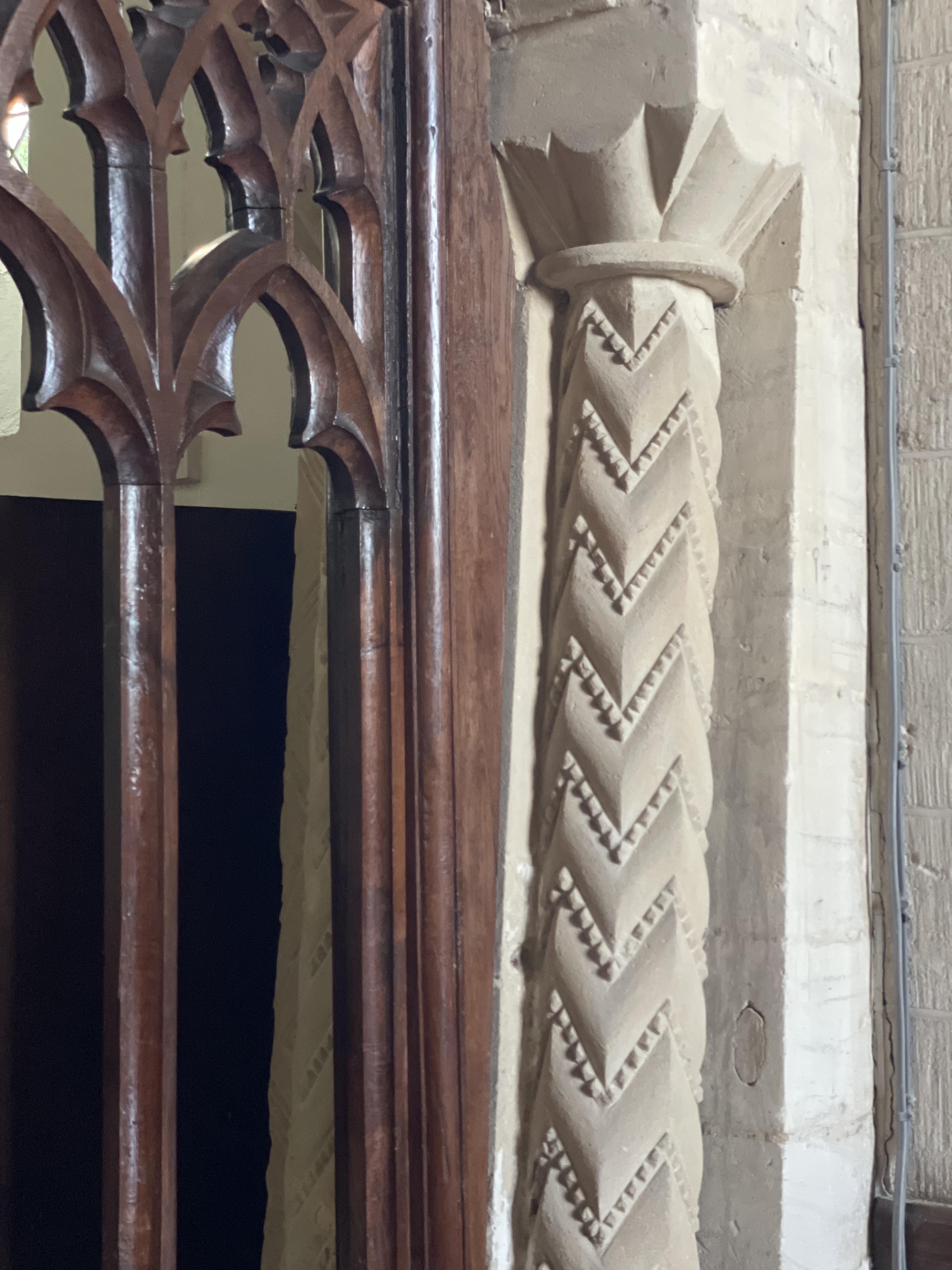
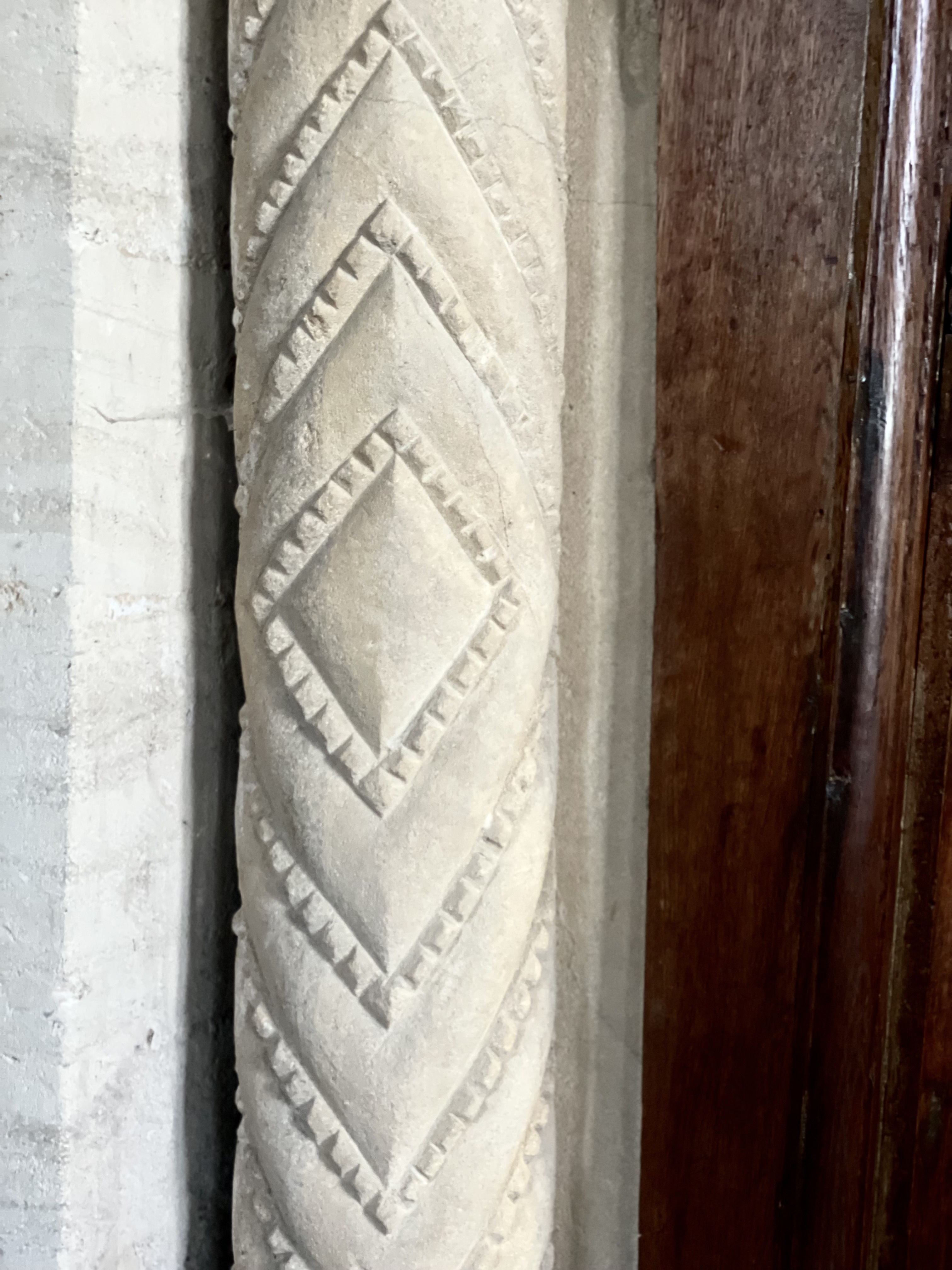
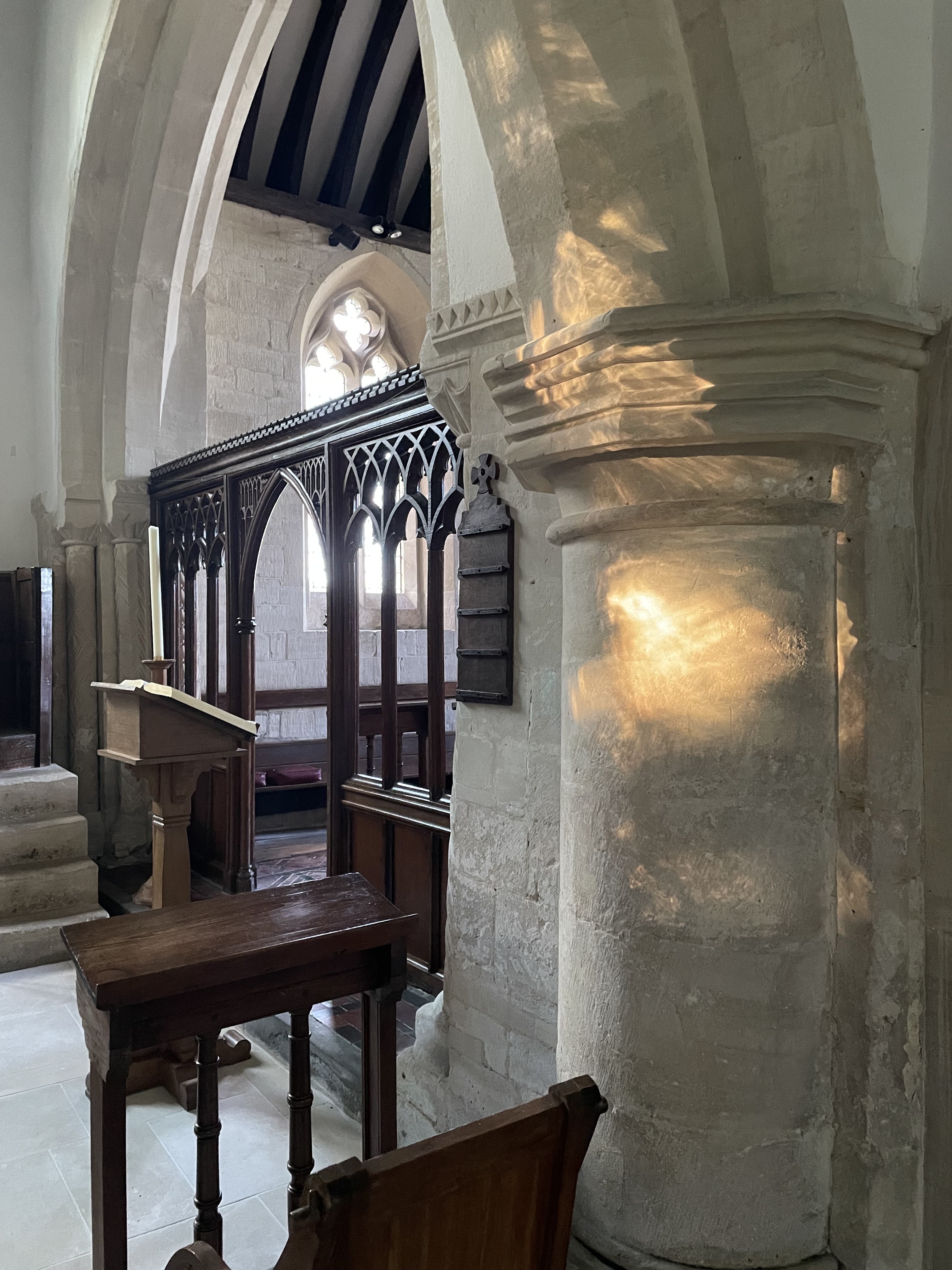
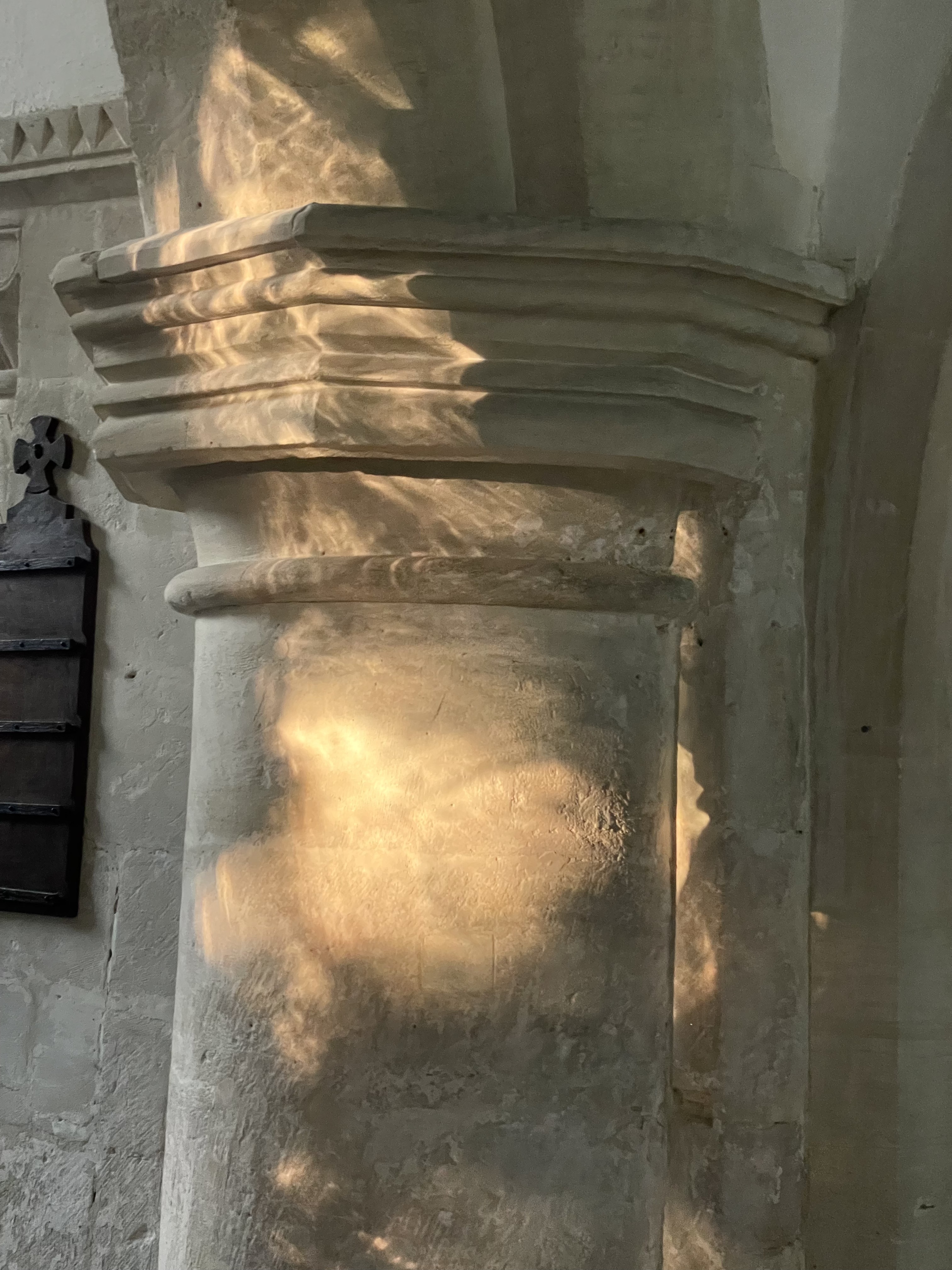
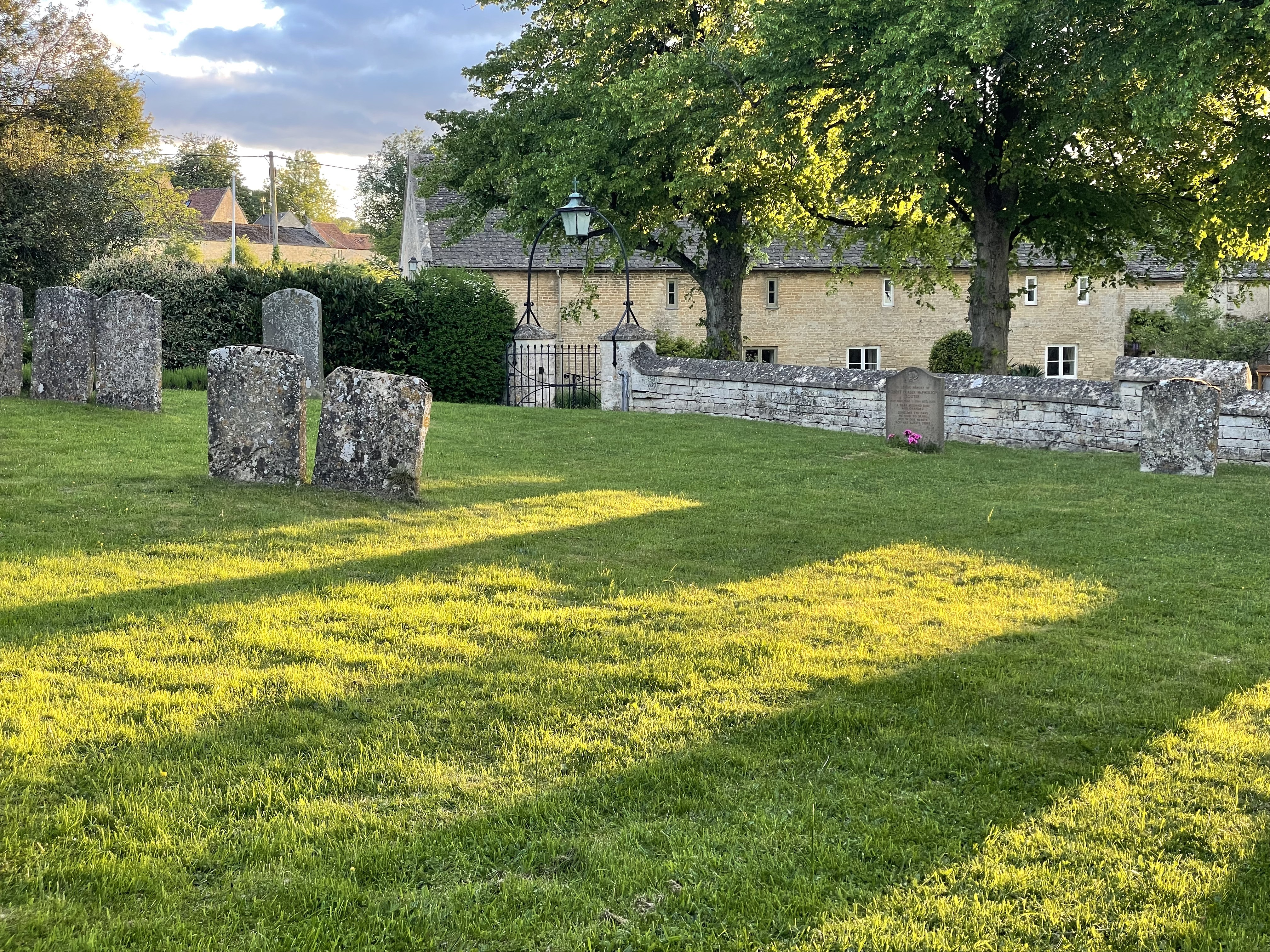
St. Andrew, Toddington, Gloucestershire
It's a grand Victorian oddity in a small village - built for Lord Sudeley in 1873-9 by G. E. Street.
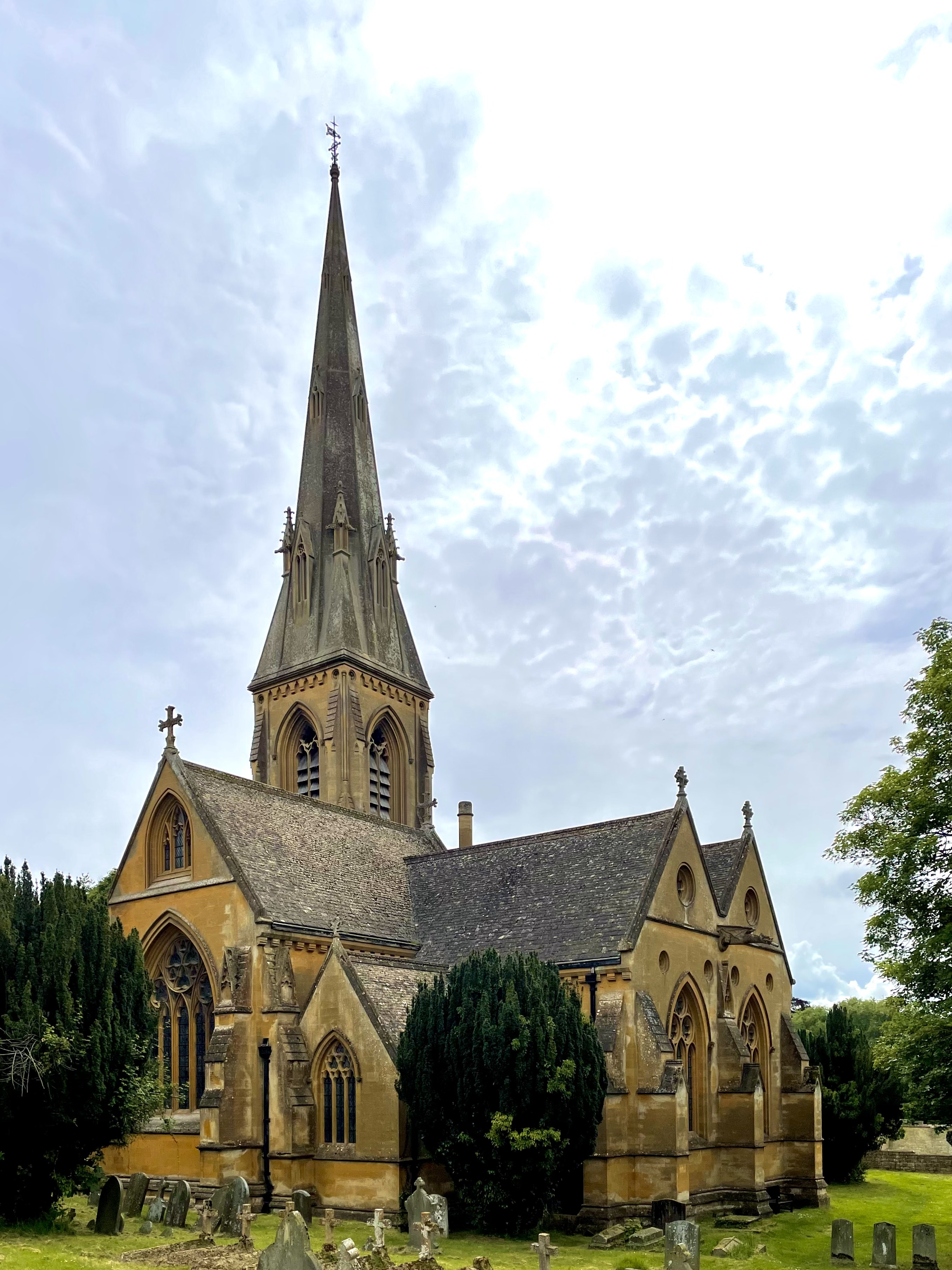
Next to the churchyard is the remnant of the original Manor of Toddington gatehouse of the C17th.
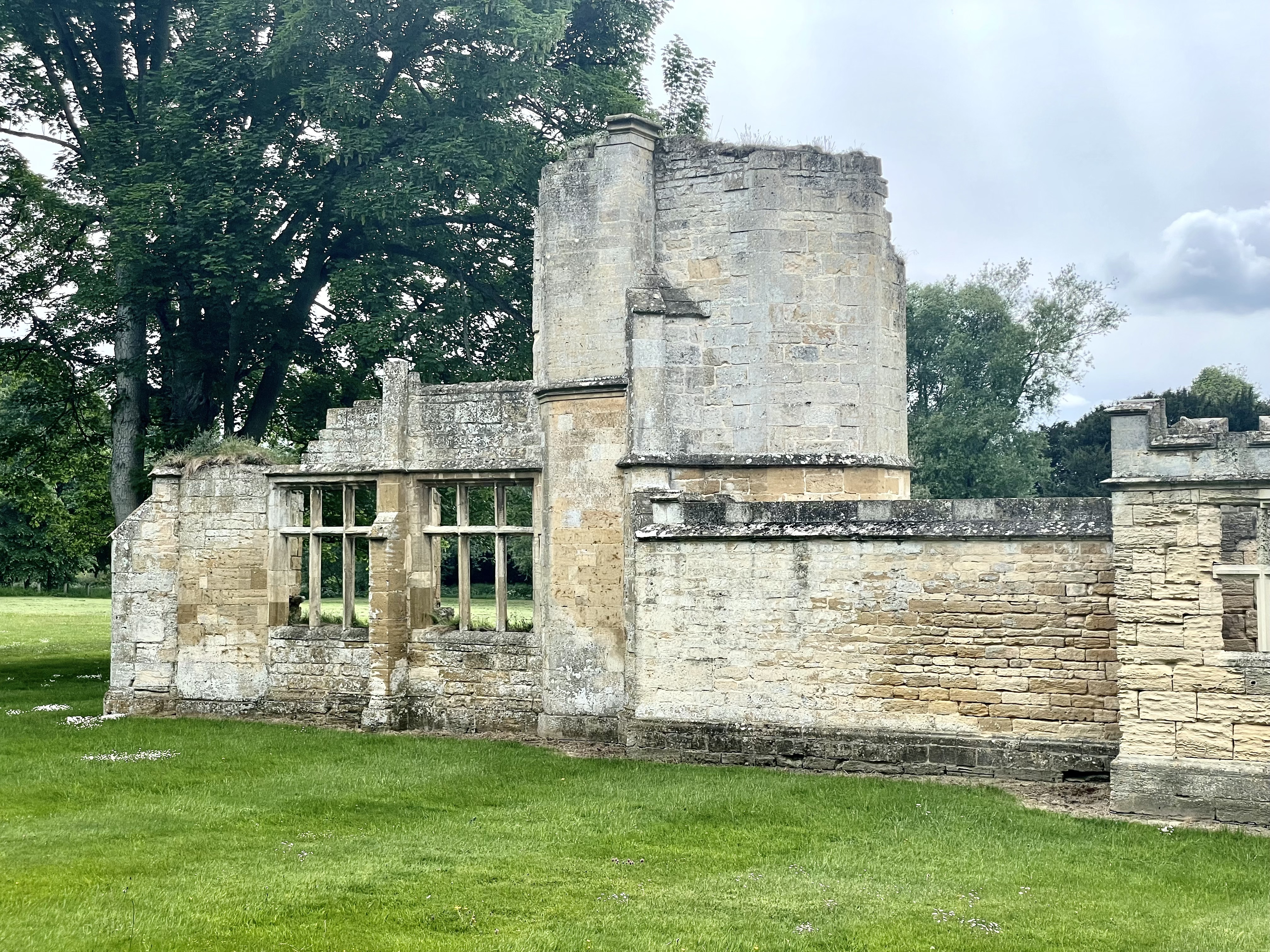
You have to admire the Victorians for the skill and craftsmanship and the confidence of their vision.
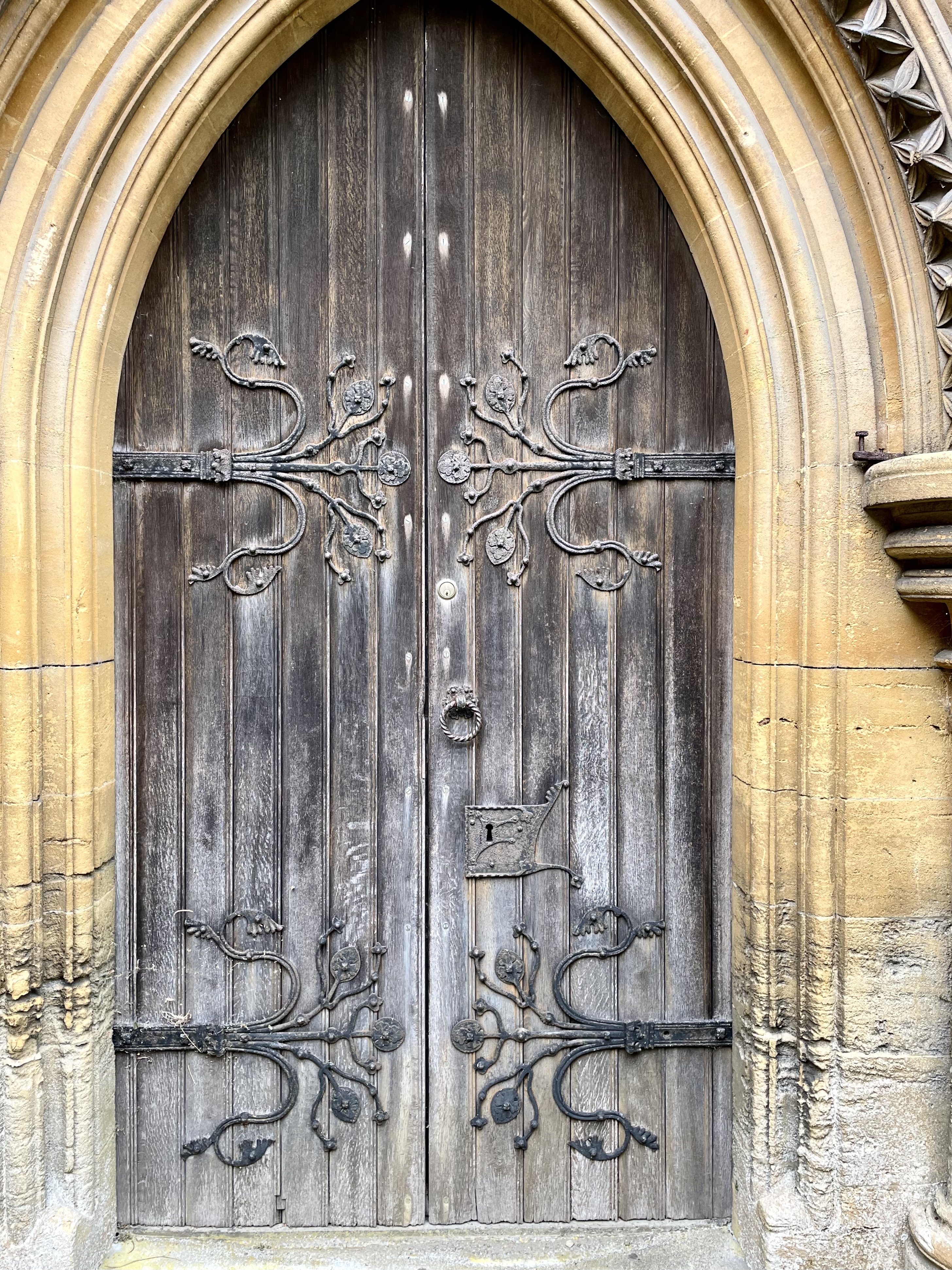
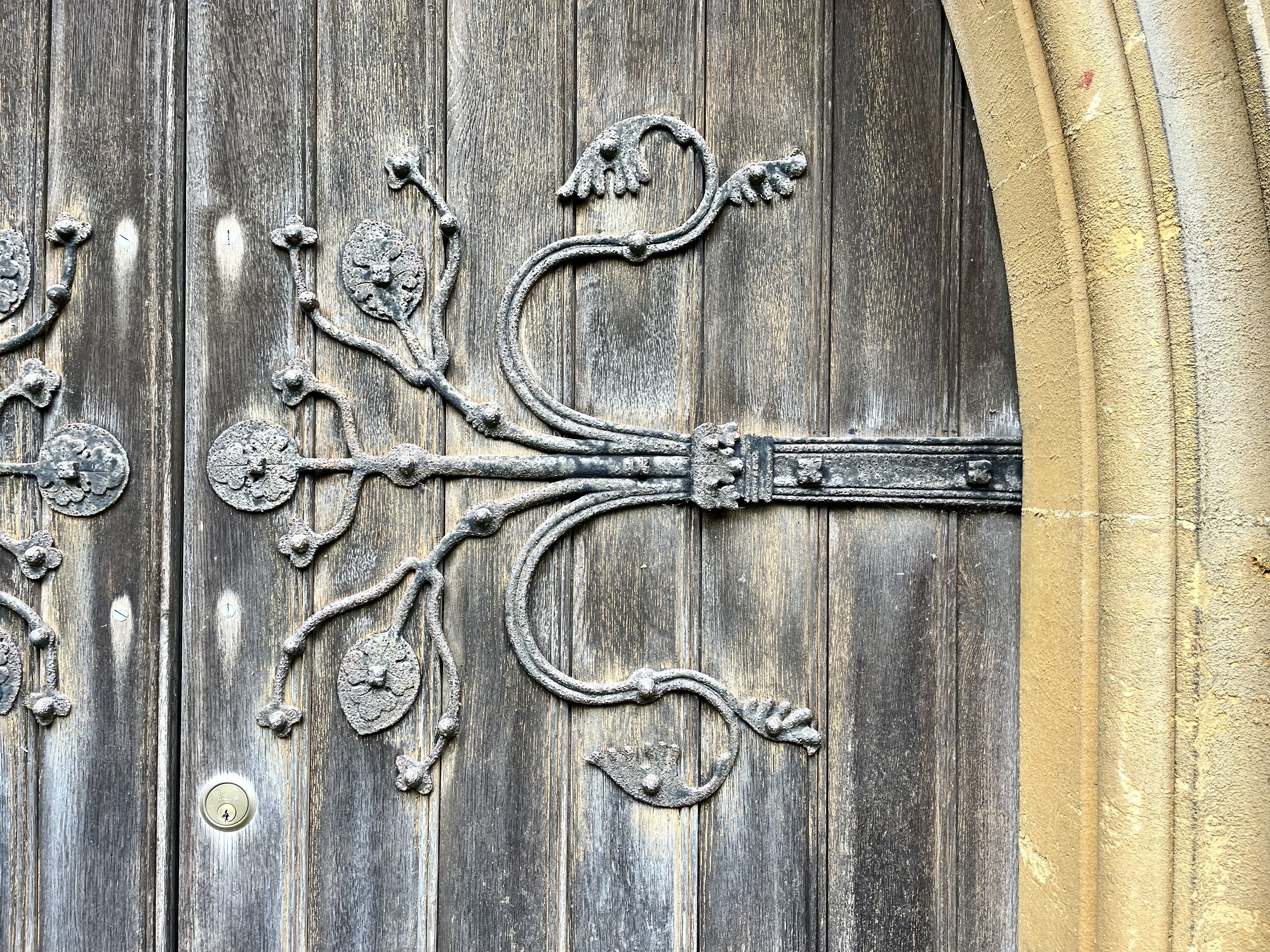
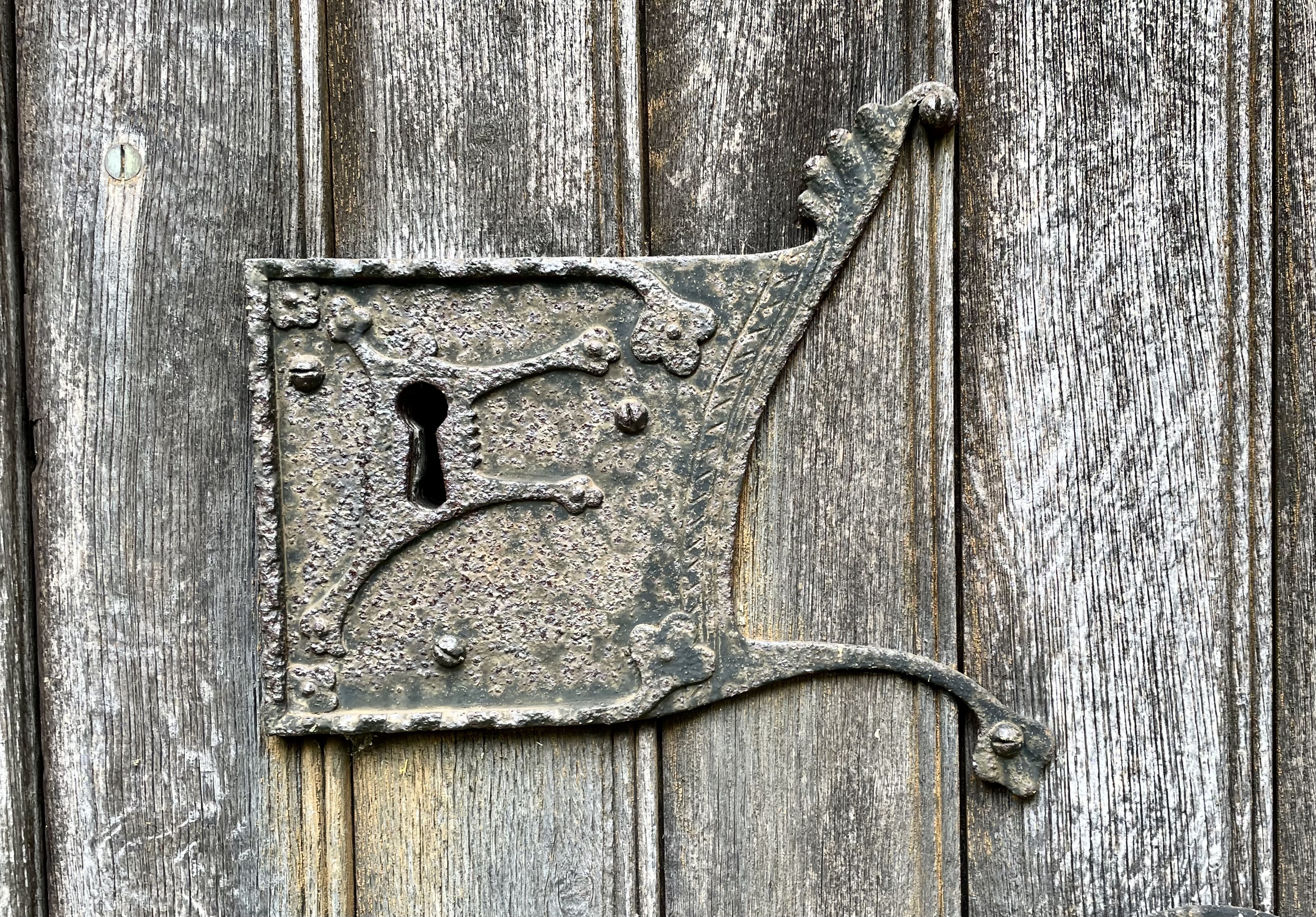
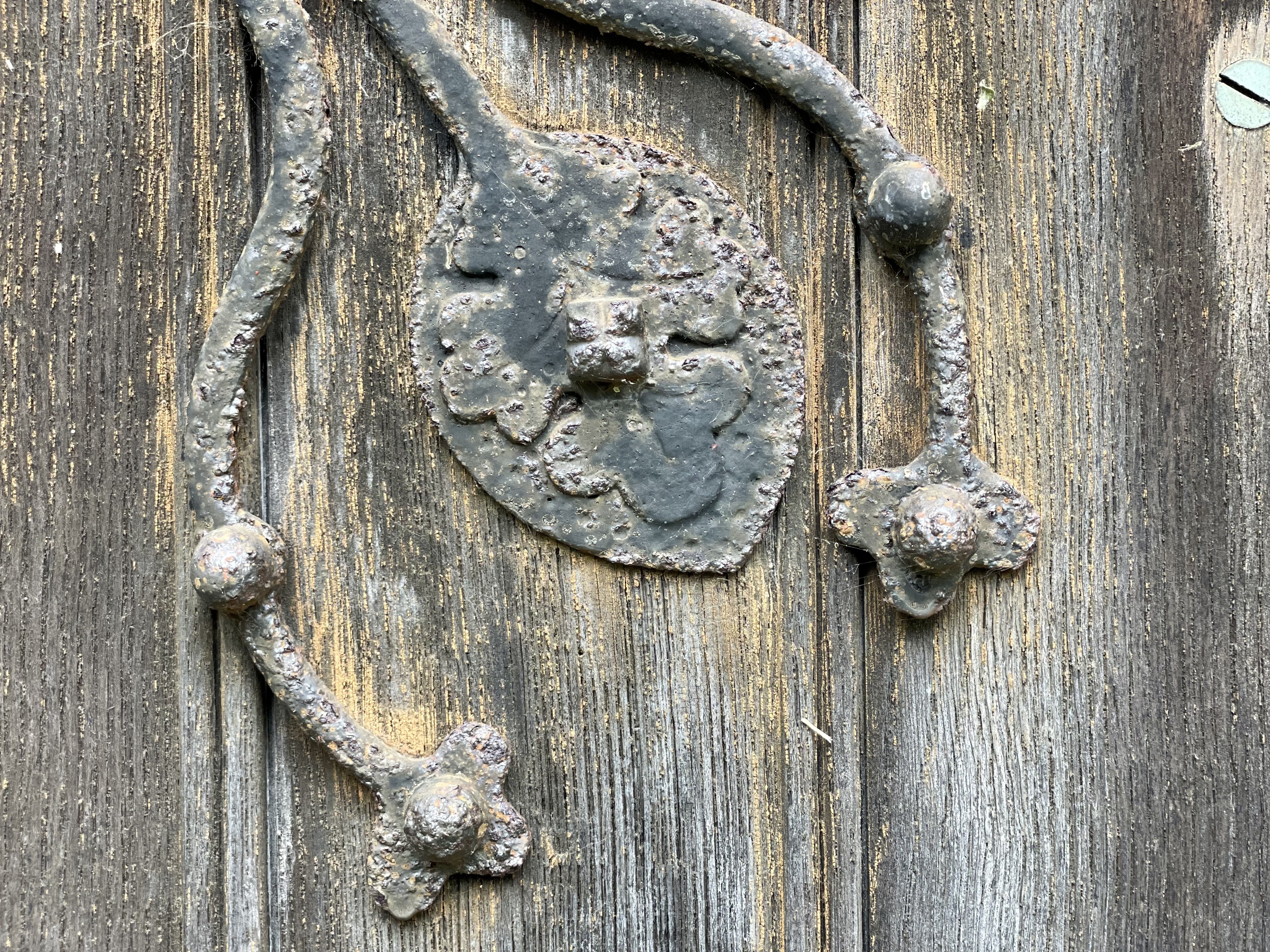
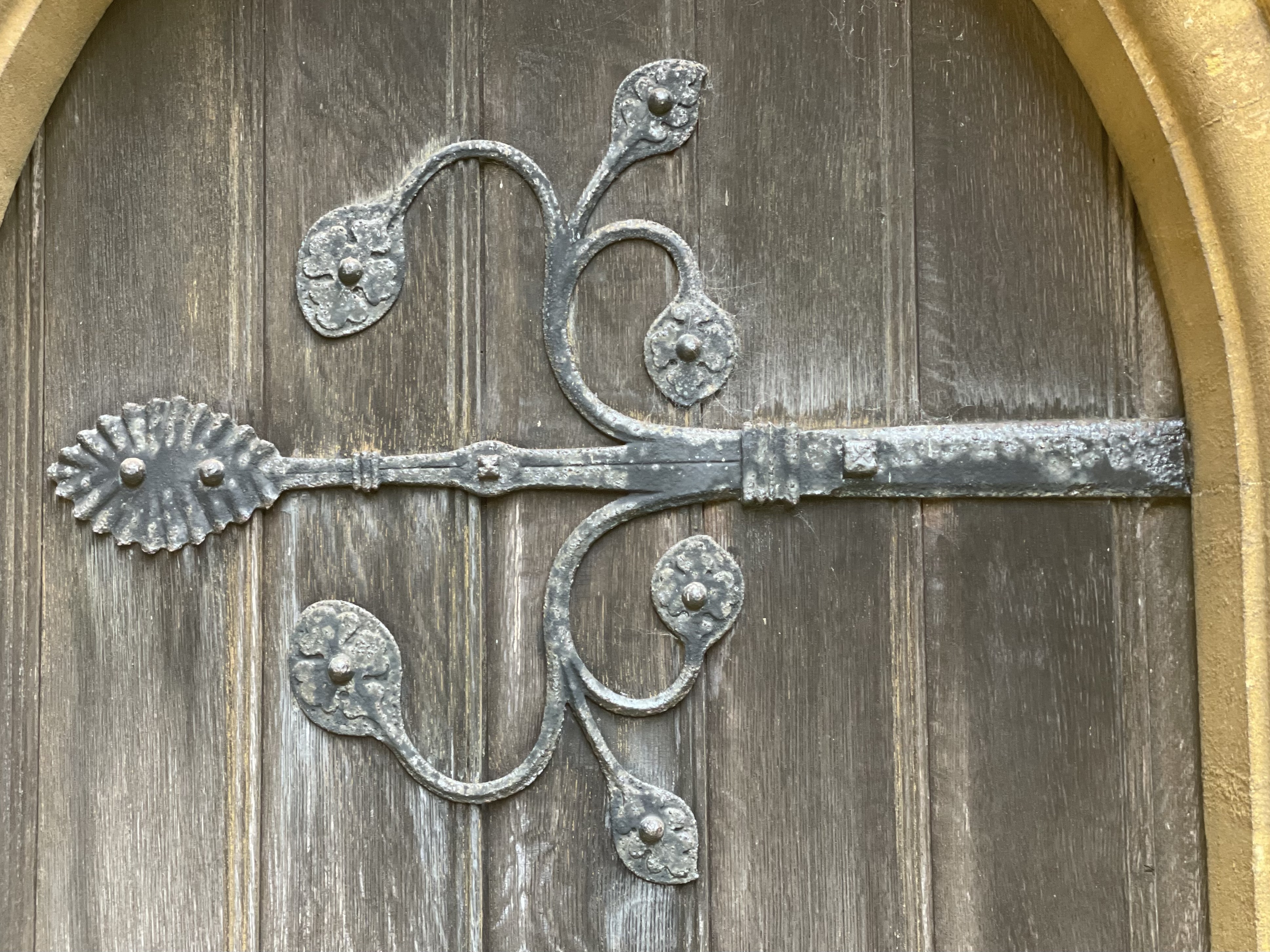
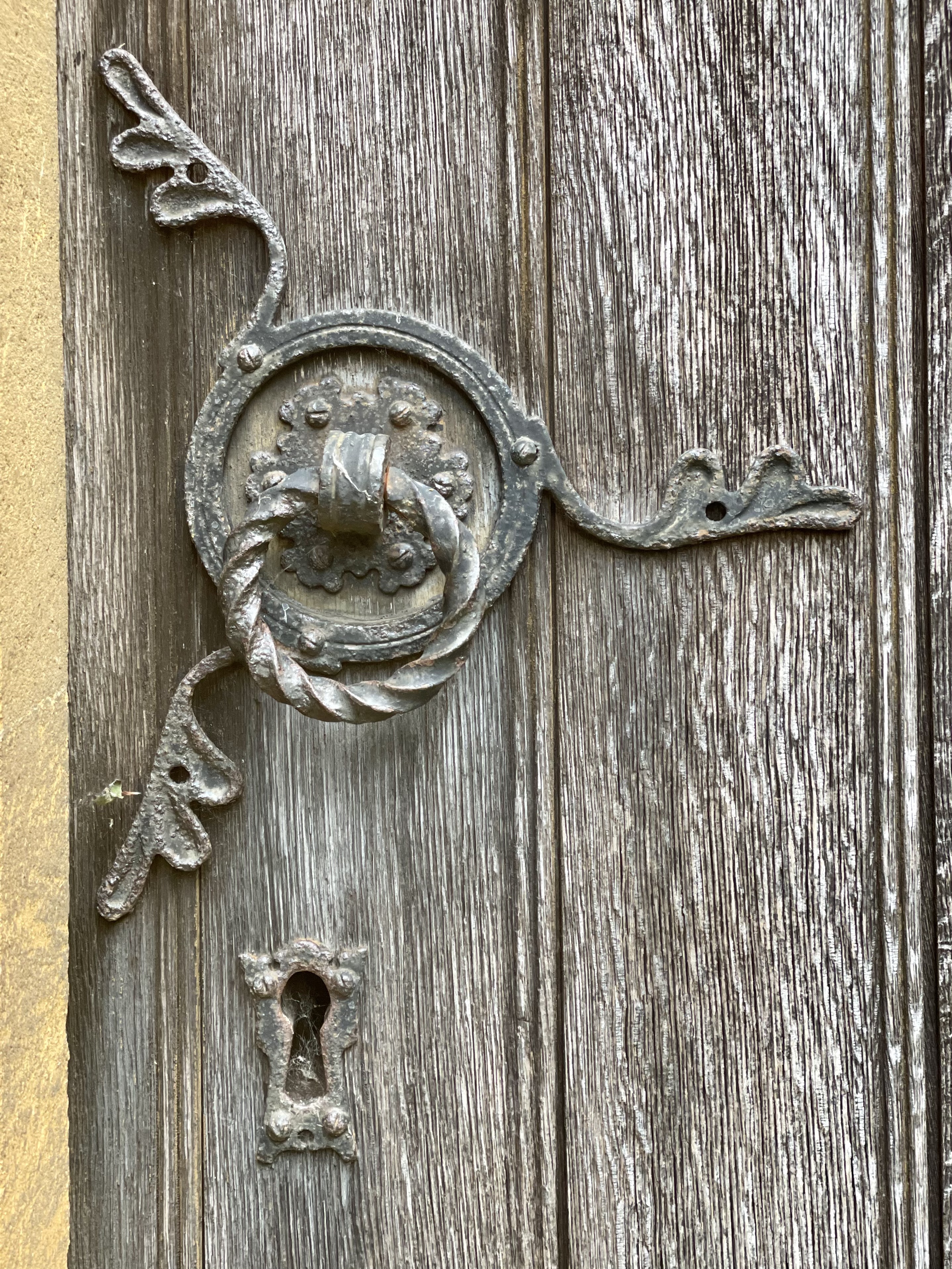
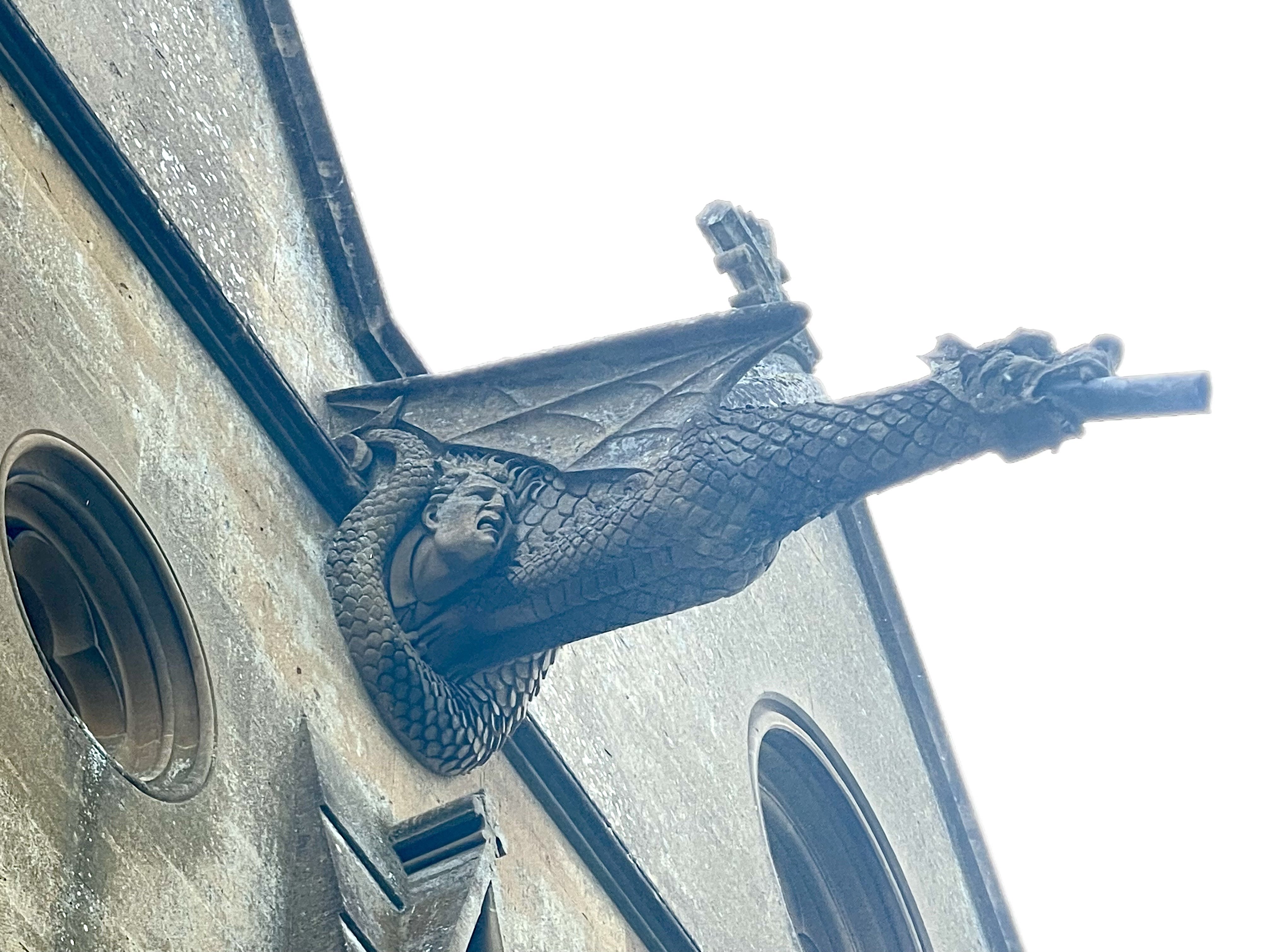
I do love a bit of Victorian Gothic which will evolve its own accretive patina long after we're gone - but I know what Betjeman might have thought:
The Church's Restoration
In eighteen-eighty-three
Has left for contemplation
Not what there used to be.
How well the ancient woodwork
Looks round the Rect'ry hall,
Memorial of the good work
Of him who plann'd it all.
He who took down the pew-ends
And sold them anywhere
But kindly spared a few ends
Work'd up into a chair.
O worthy persecution
Of dust! O hue divine!
O cheerful substitution,
Thou varnishéd pitch-pine!
Church furnishing! Church furnishing!
Sing art and crafty praise!
He gave the brass for burnishing
He gave the thick red baize,
He gave the new addition,
Pull'd down the dull old aisle,
— To pave the sweet transition
He gave th' encaustic tile.
Of marble brown and veinéd
He did the pulpit make;
He order'd windows stainéd
Light red and crimson lake.
Sing on, with hymns uproarious,
Ye humble and aloof,
Look up! and oh how glorious
He has restored the roof!
Hymn, John Betjeman.
Beyond the churchyard is a building that is said to house the largest single span of scaffolding in the world - Toddington Manor - designed by Charles Hanbury-Tracy and built between 1819 and 1840 - spanning Regency and Victorian periods. It is now owned by artist Damien Hirst.
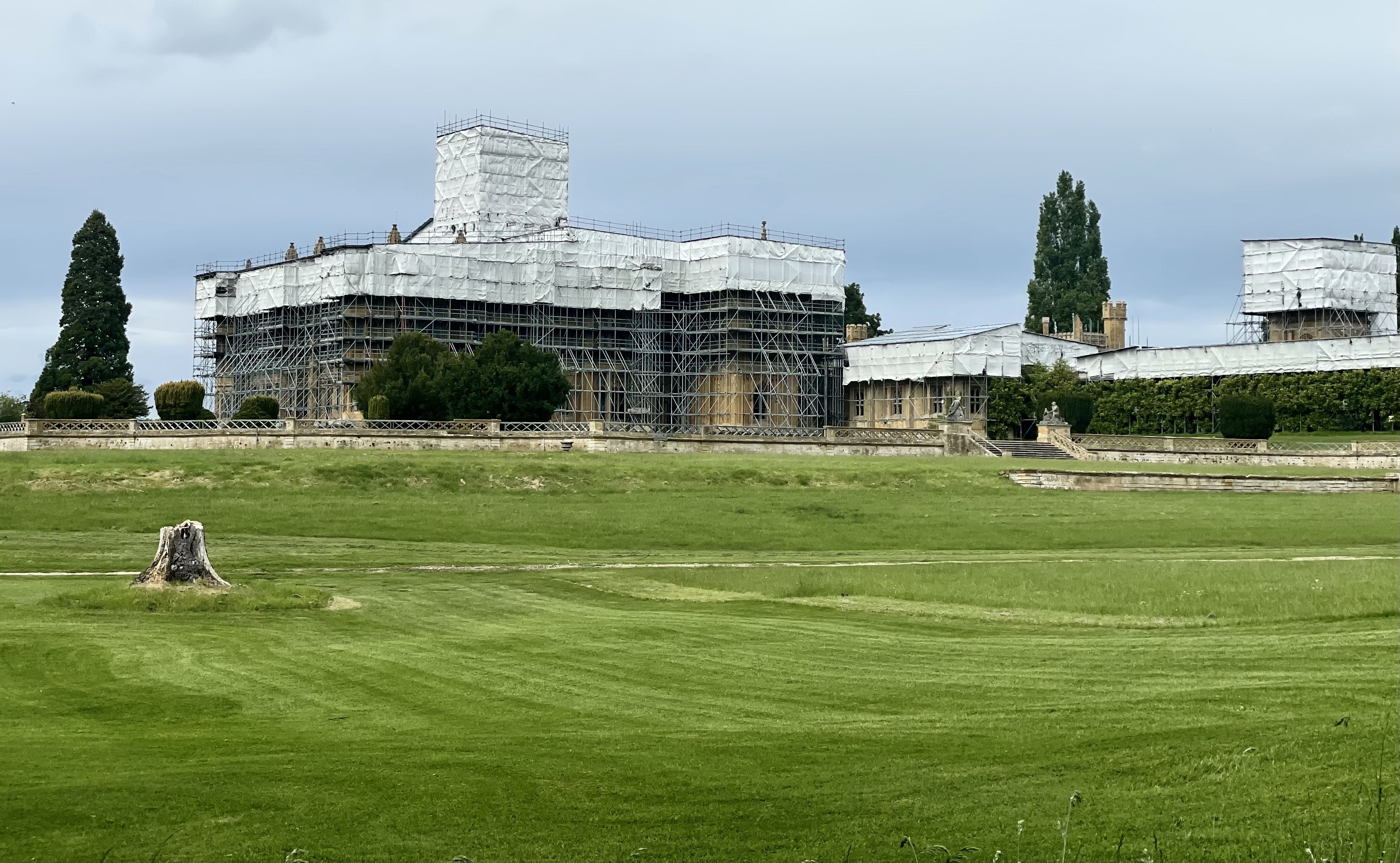
Do you know that the stucco is peeling?
Do you know that the heart will stop?
From those yellow Italianate arches
Do you hear the plaster drop?
From Death in Leamington by John Betjeman
Interior
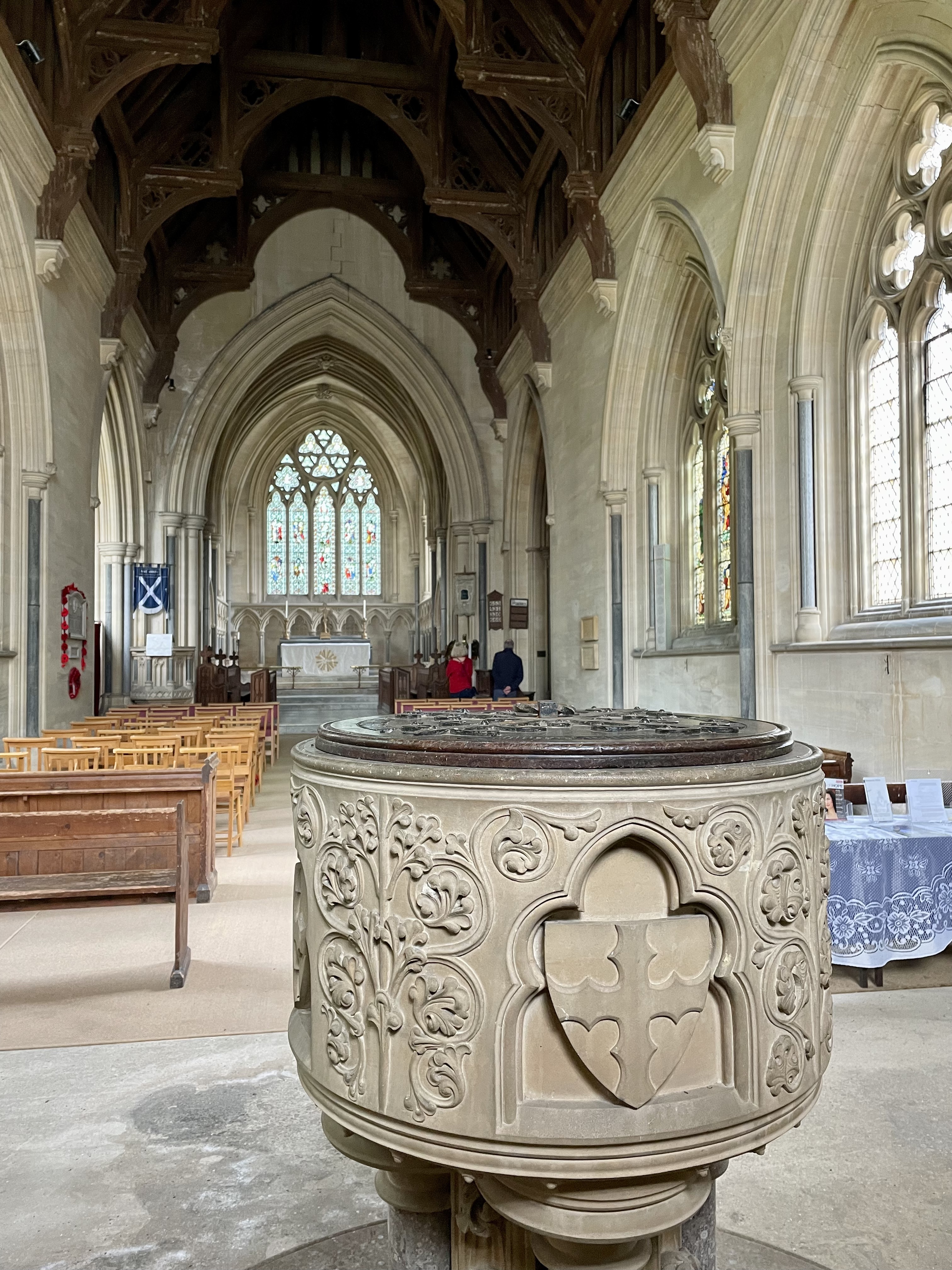
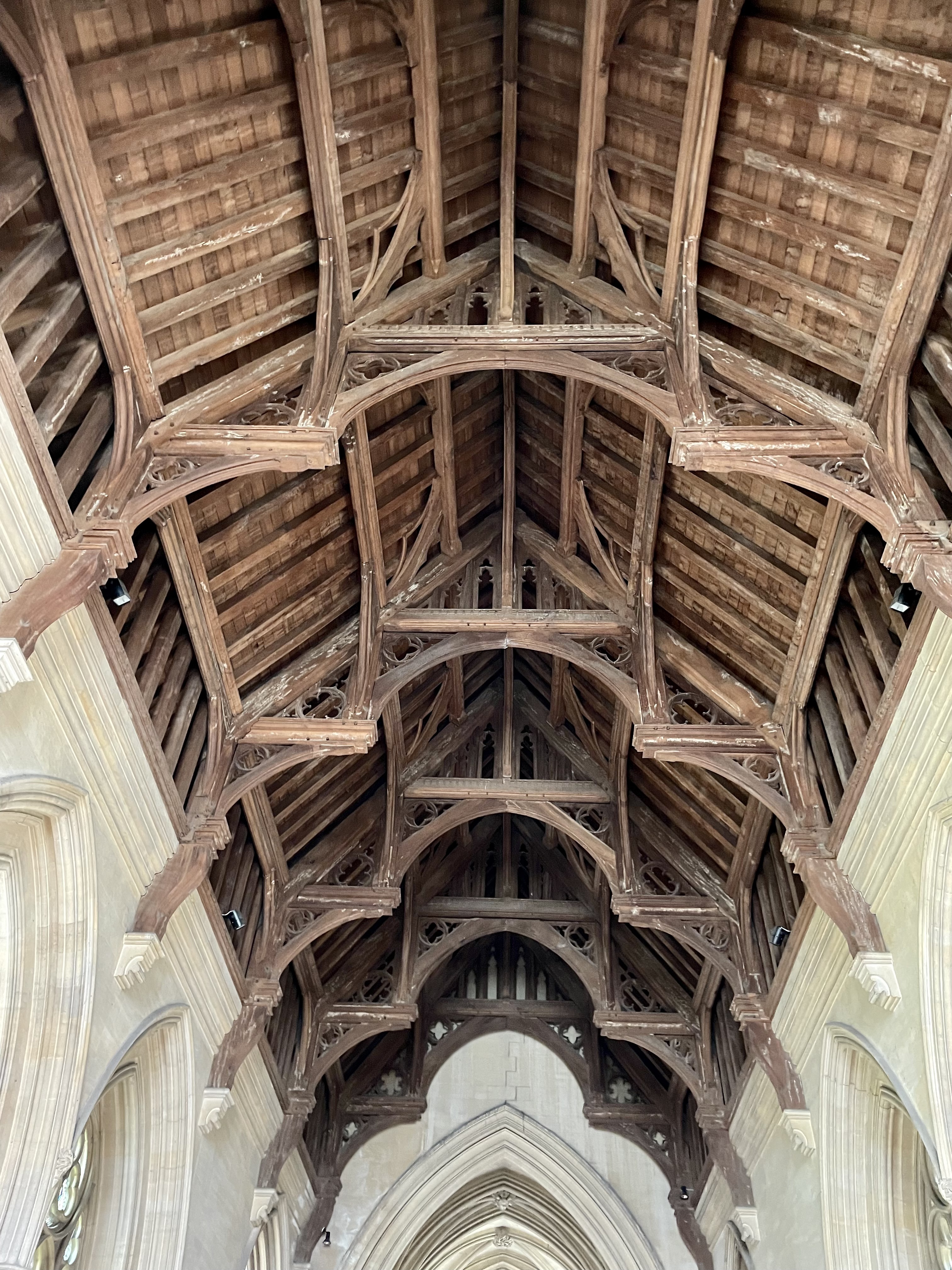
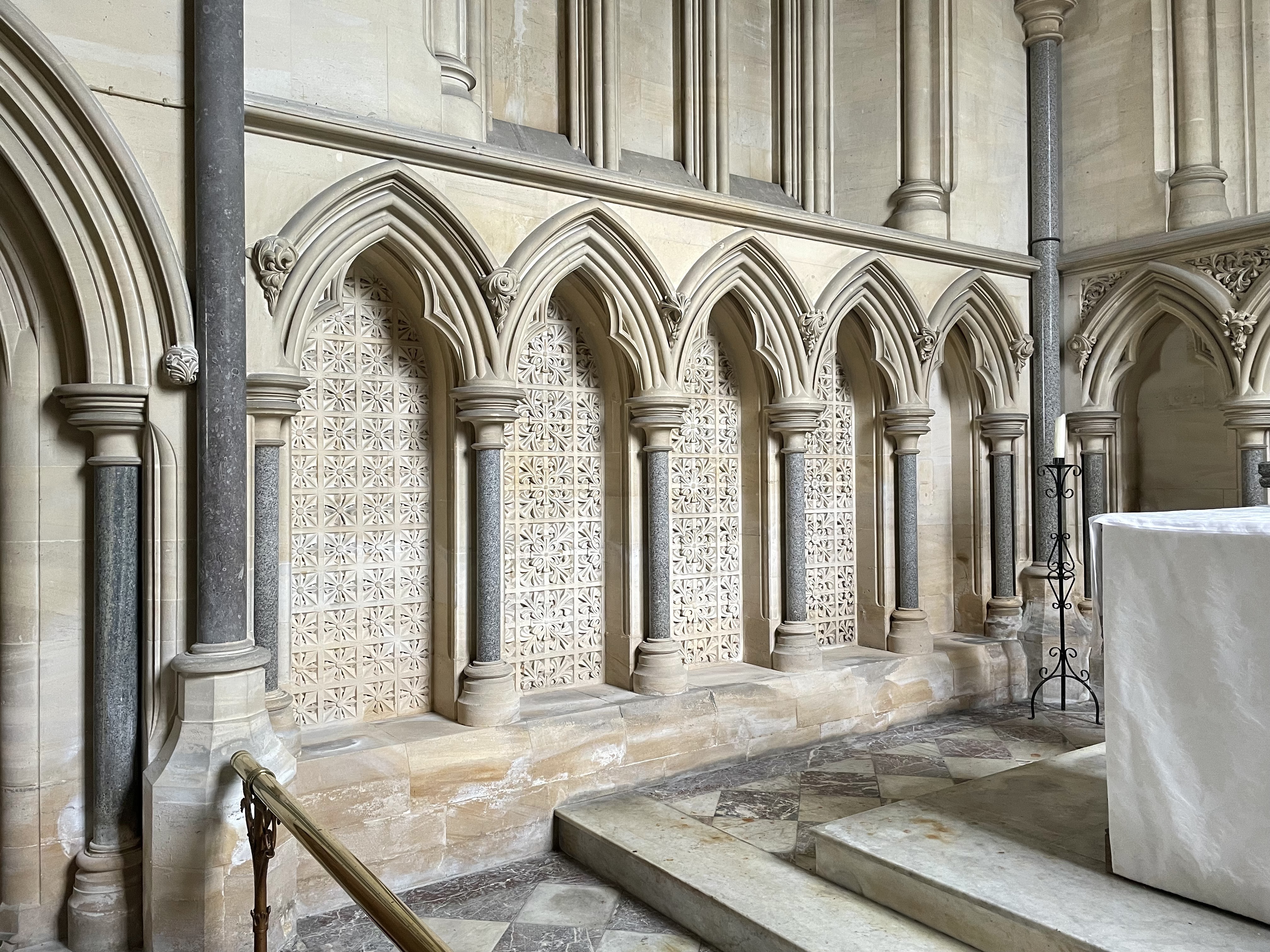
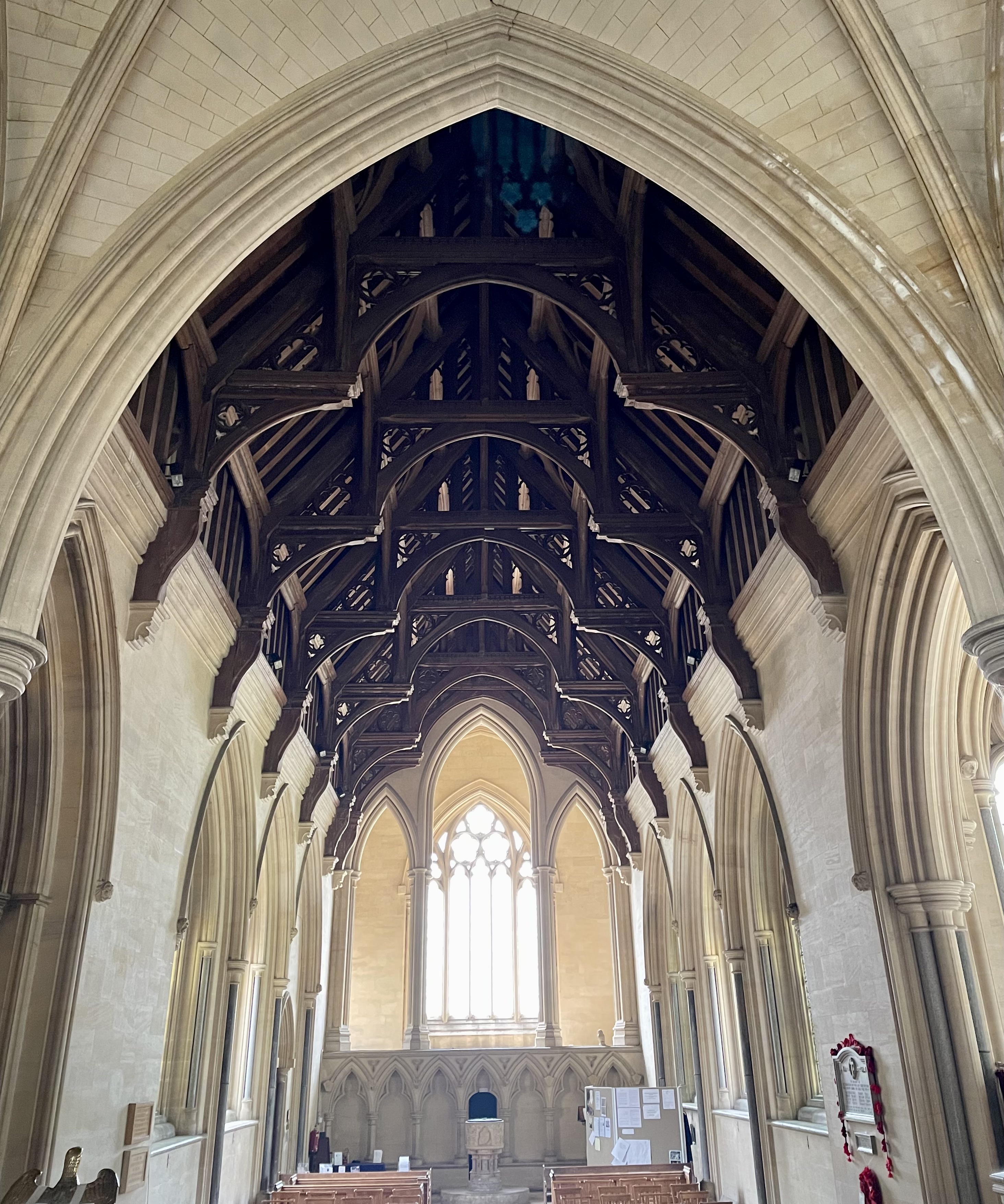
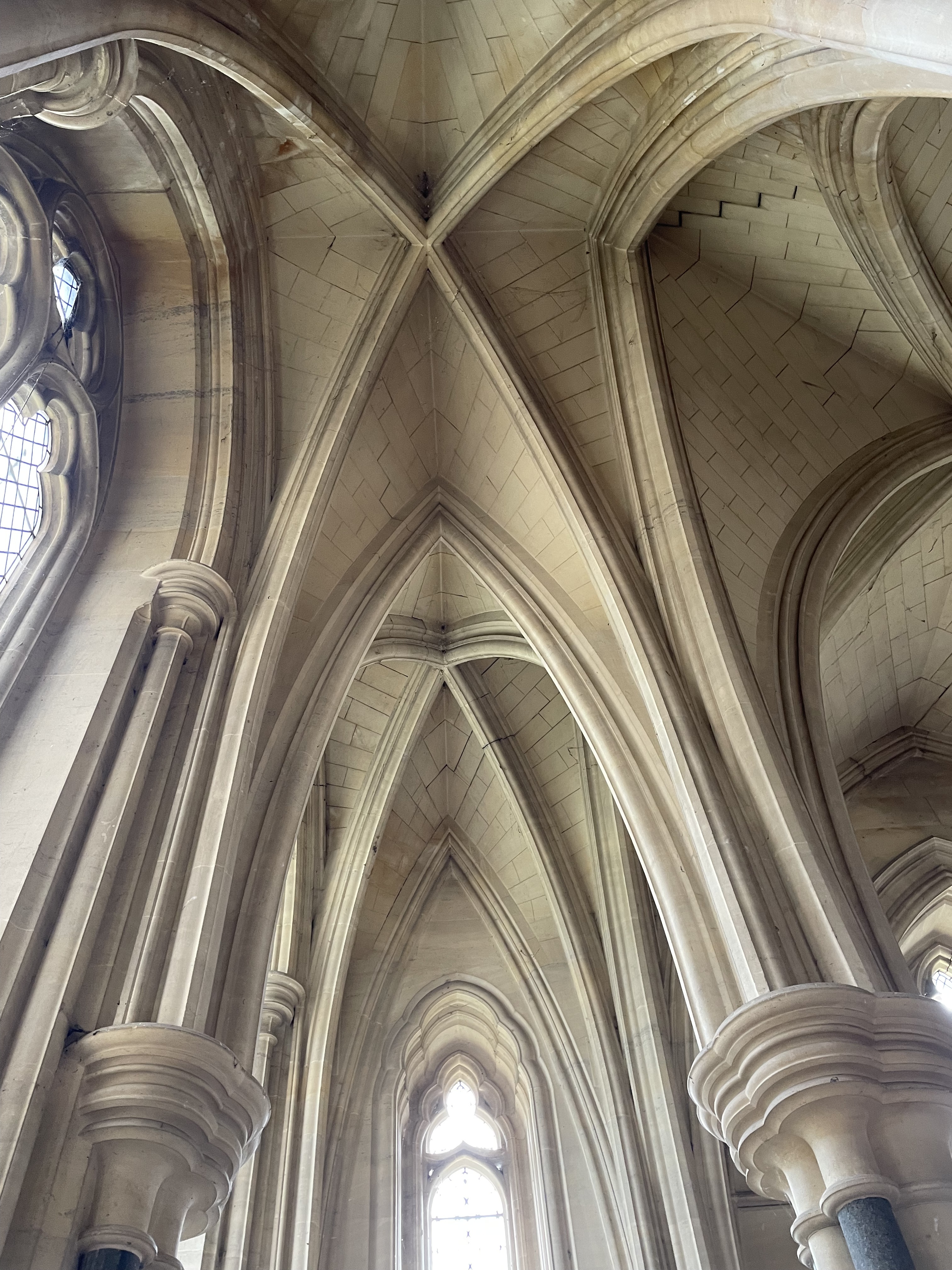
A Vestry of Oddities
The interior is powerful and muscular, but a little sanitised and too precise, but just before we leave, Steve notices a chink in the vestry curtain - dare we?
The joy of the big reveal. The heavy duty, metal weighted curtains are swept aside with gusto. Sat within the virtuous ashlar of the Victorian age are the material remains of an impetuous English Renaissance - thought to be from parts of the original manor house.
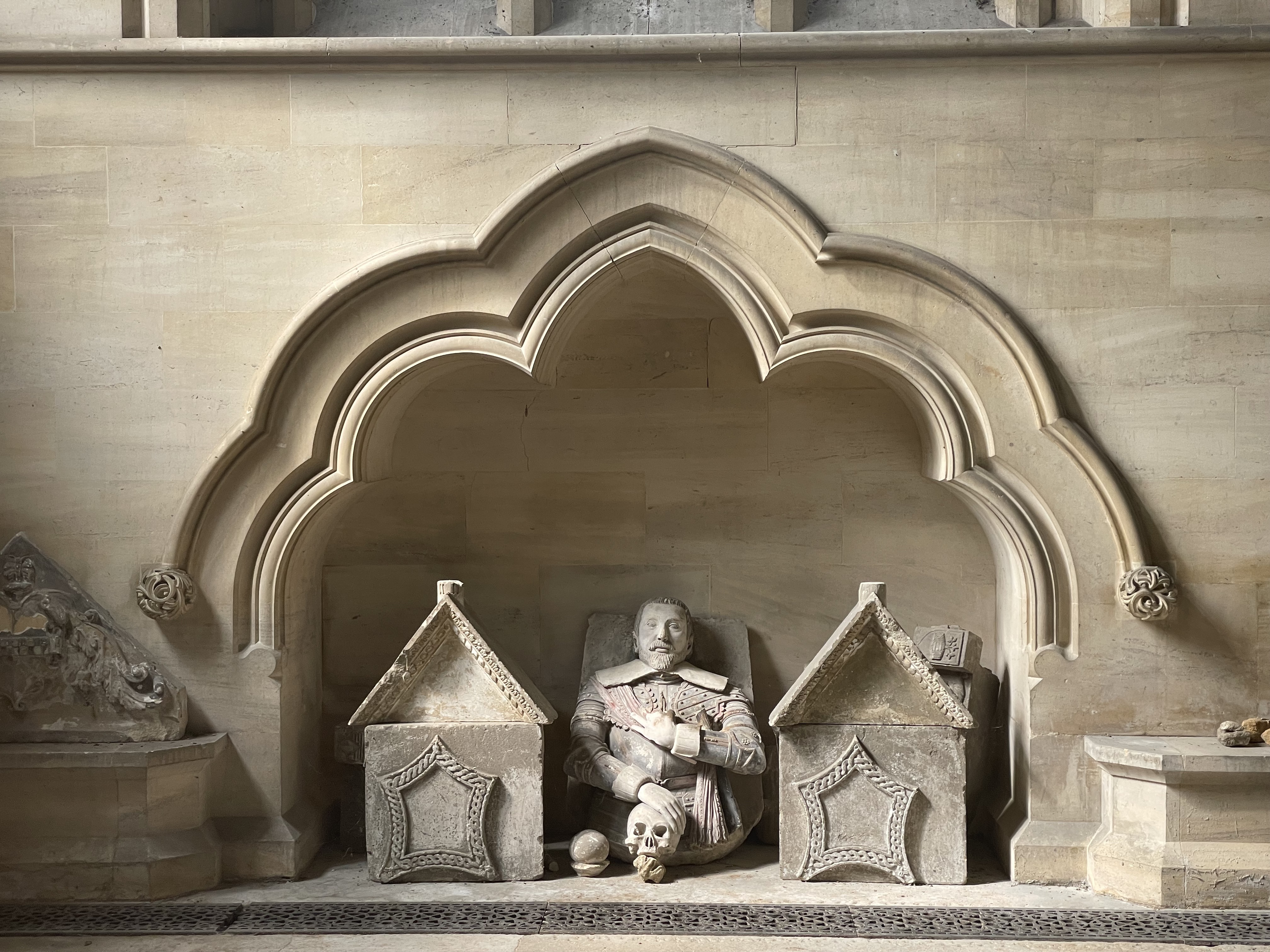
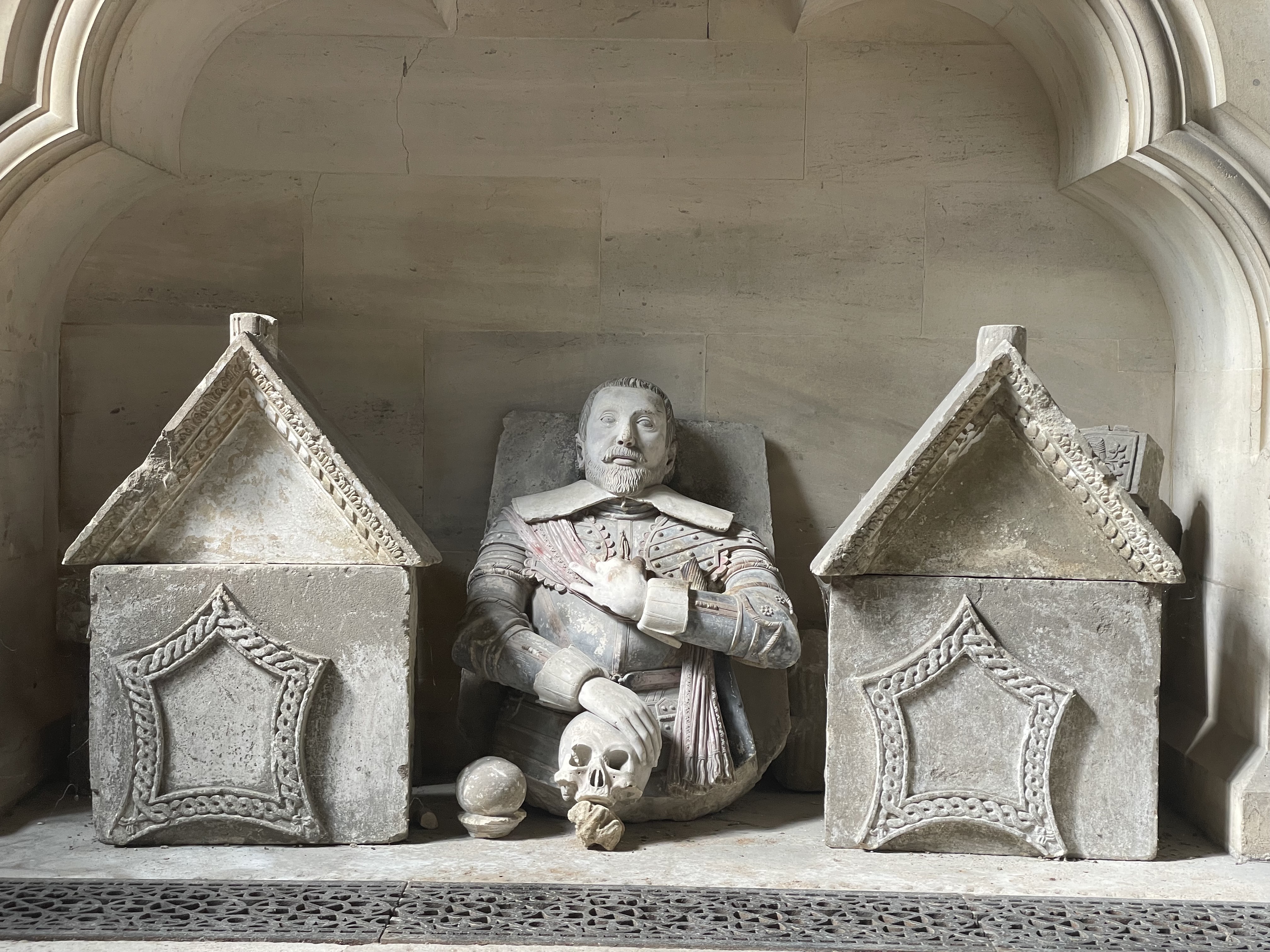
Hang Loose.
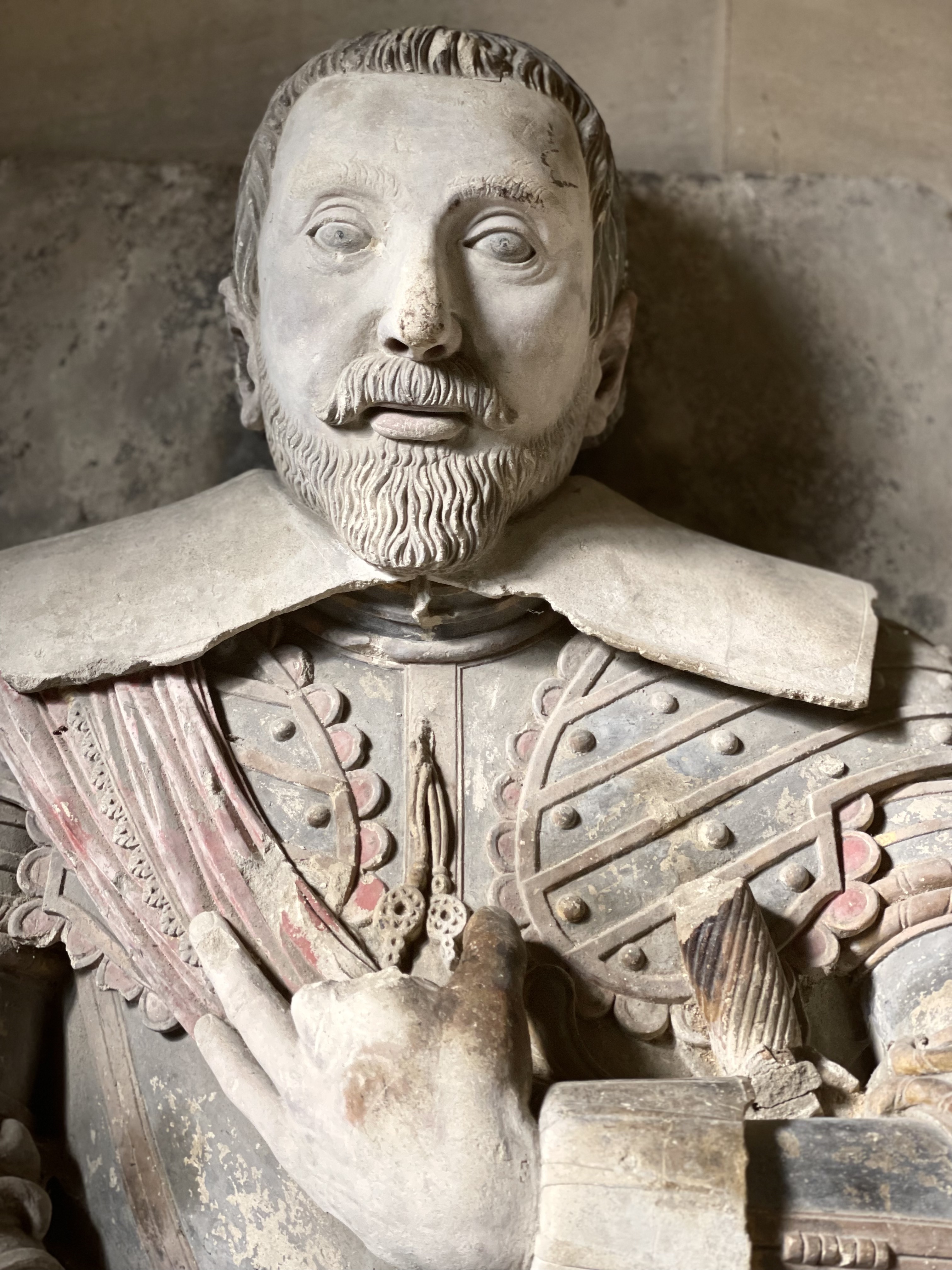
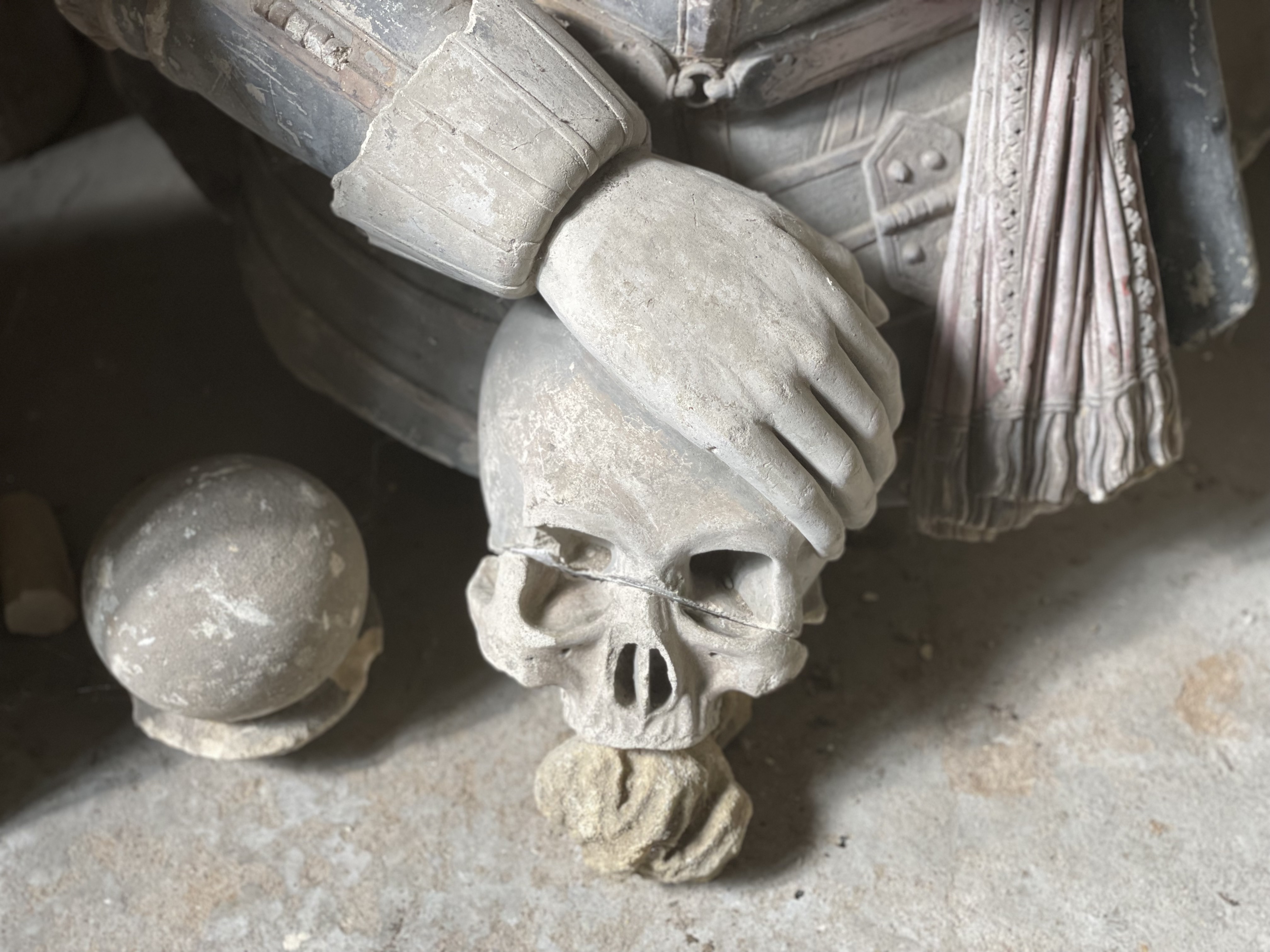
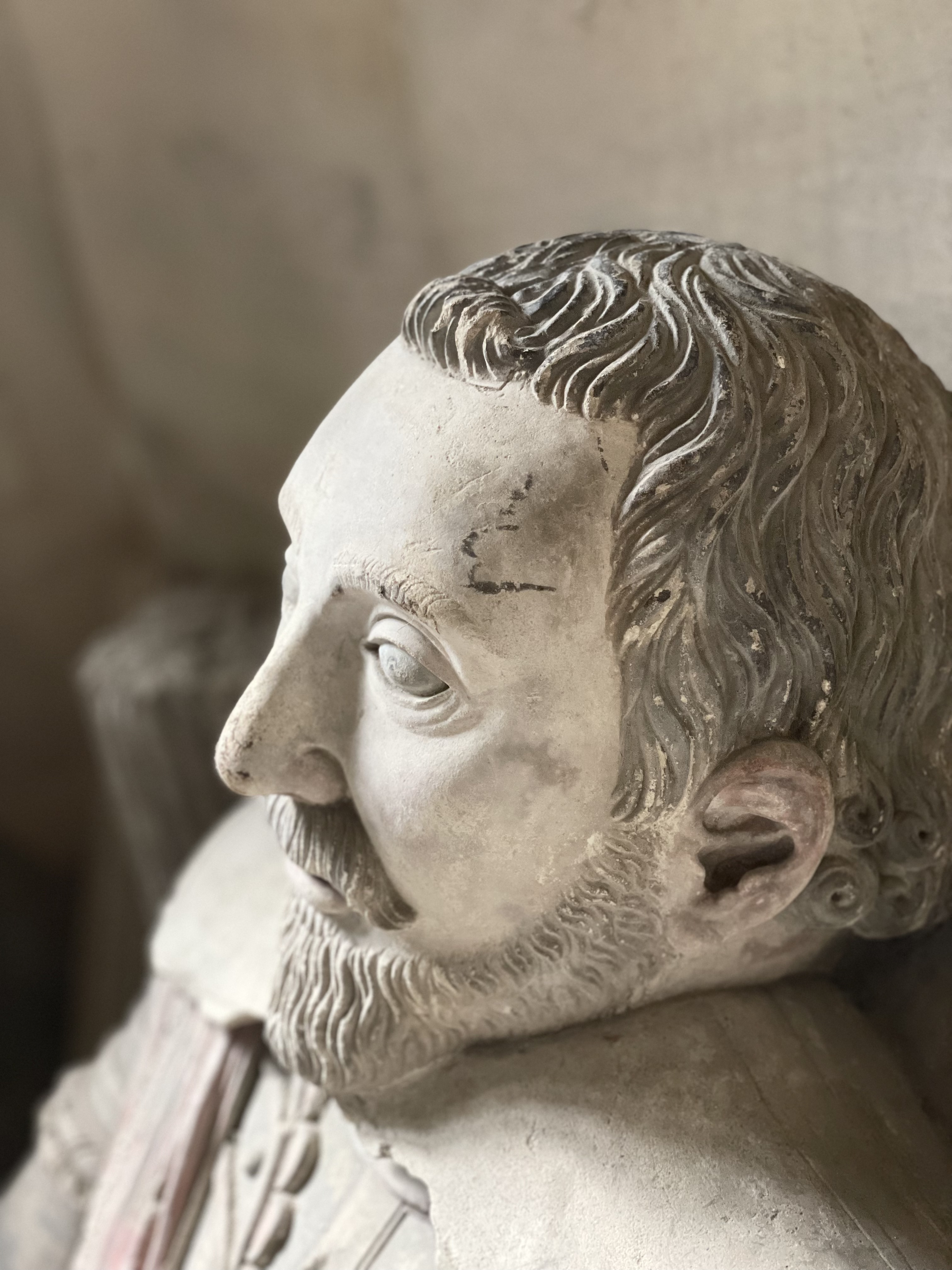
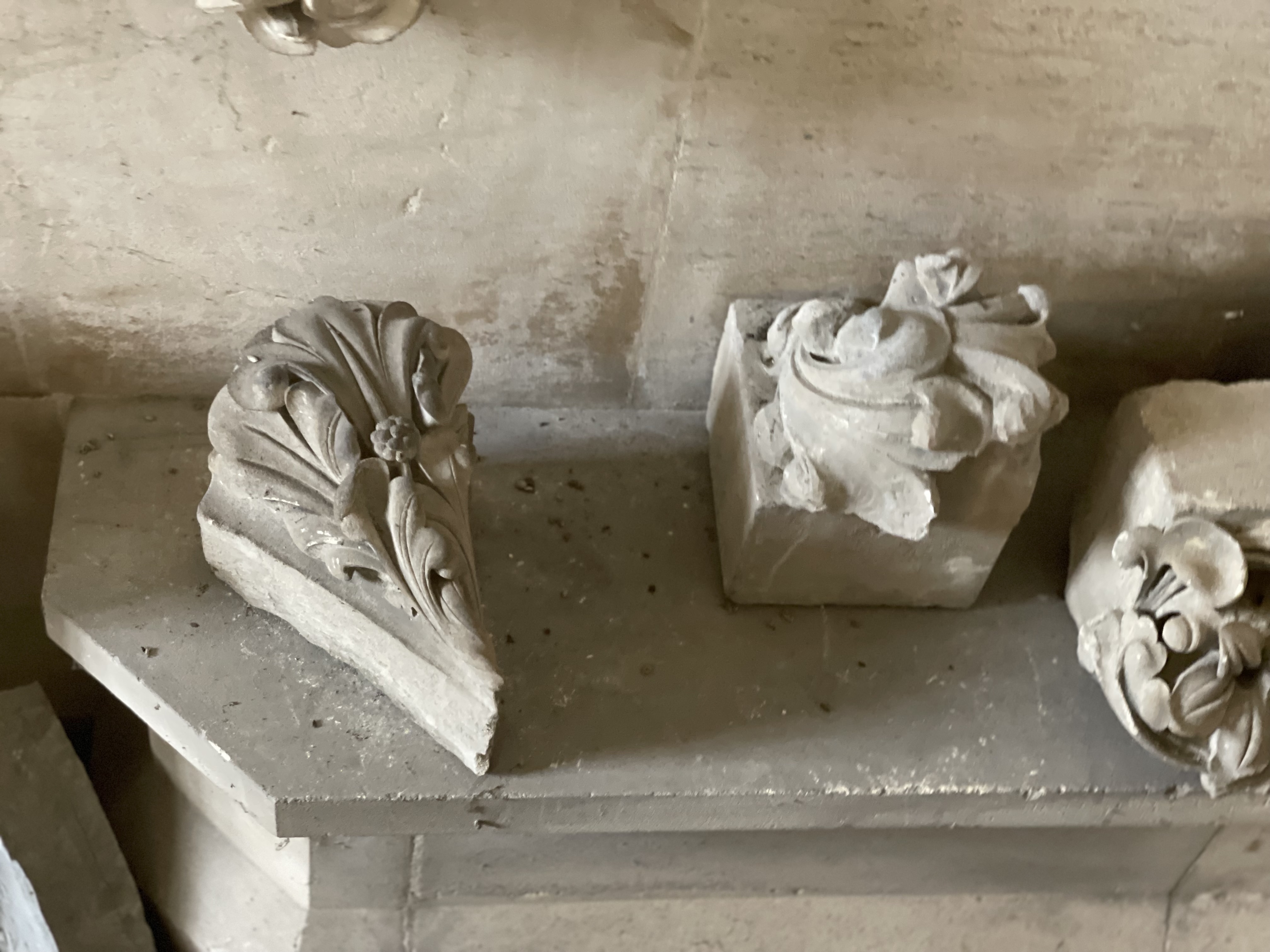
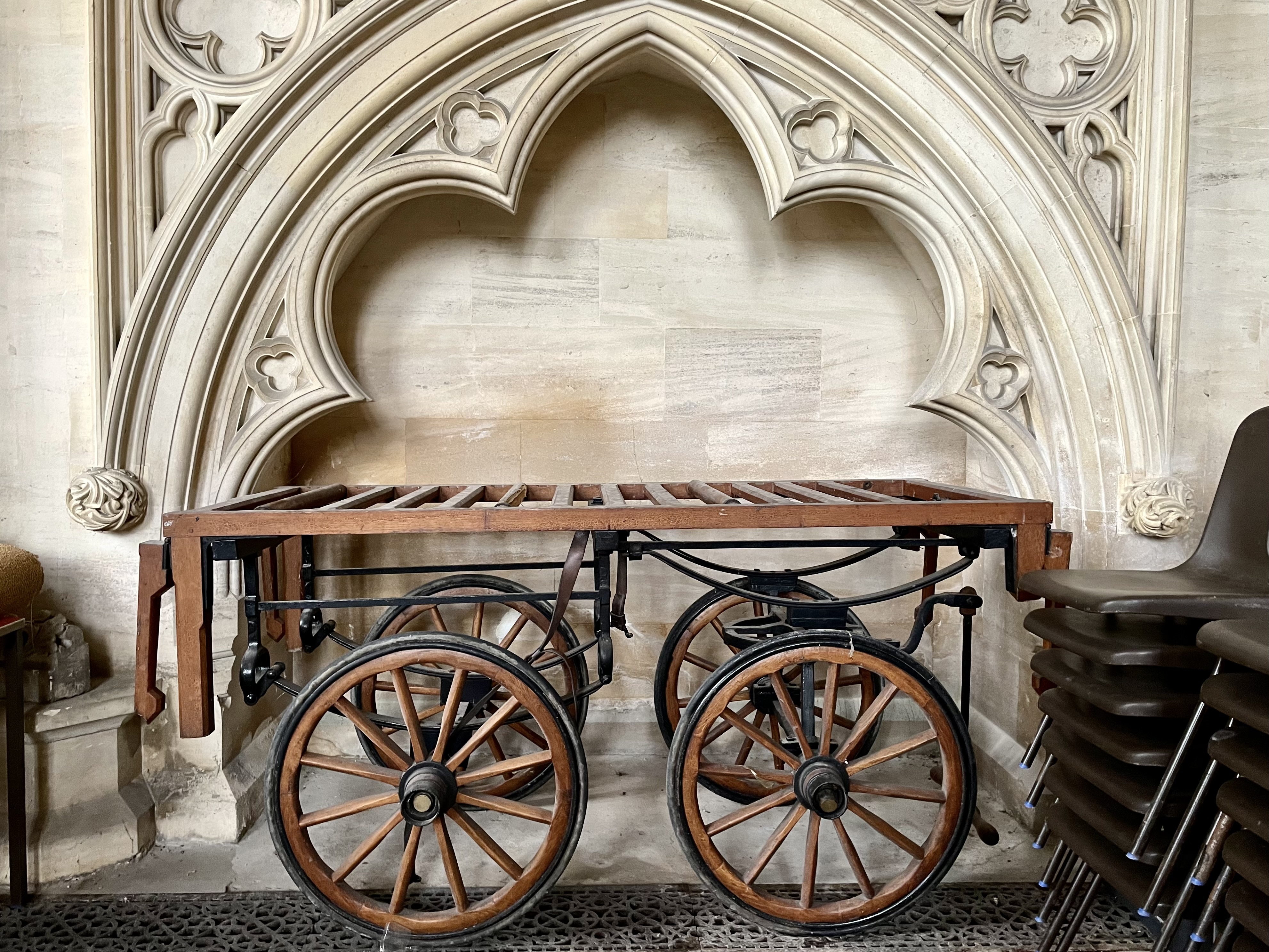
St. Peter's Church, Stanway and Stanway Manor, Gloucestershire.
Sometimes a particular correlation of buildings impacts my senses so much, that I can't work the camera. I just have to sit down and breathe awhile. There must be a syndrome or something that explains that.
The Jacobean gate house, manor house and church sit cheek by jowl. The grounds to the house hold the highest gravity fed fountain in the UK.
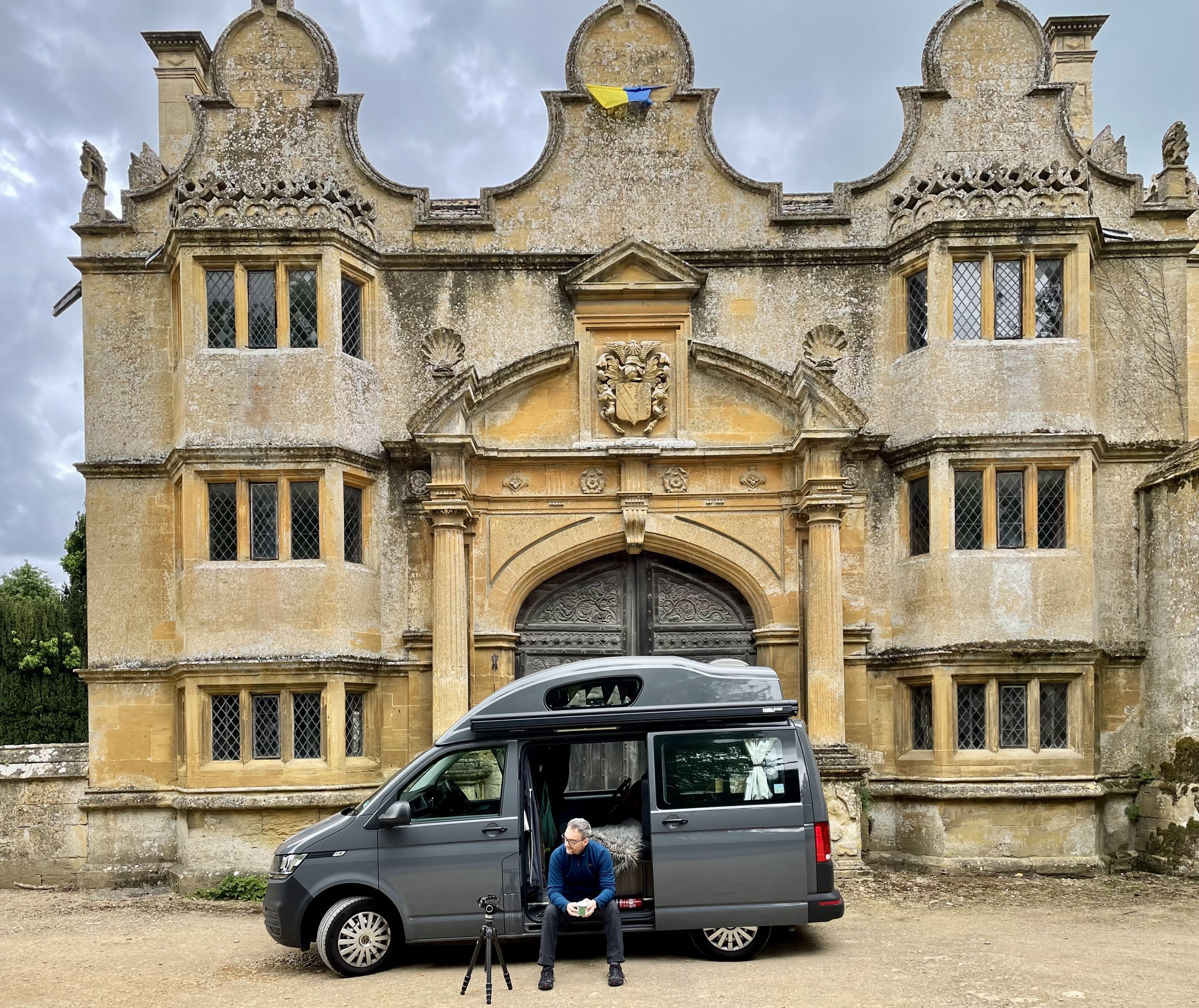
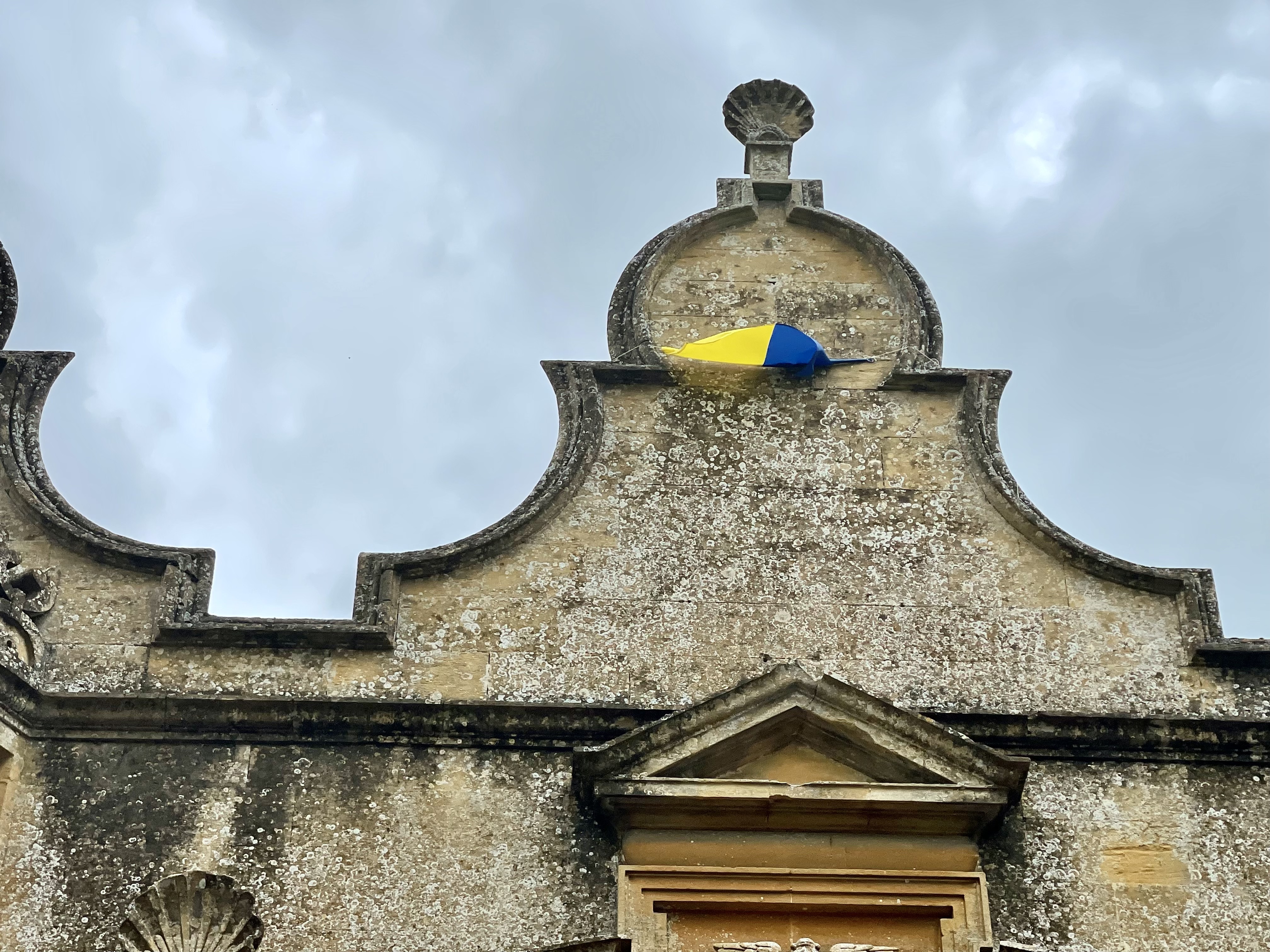
Rear of the gate house from the churchyard.
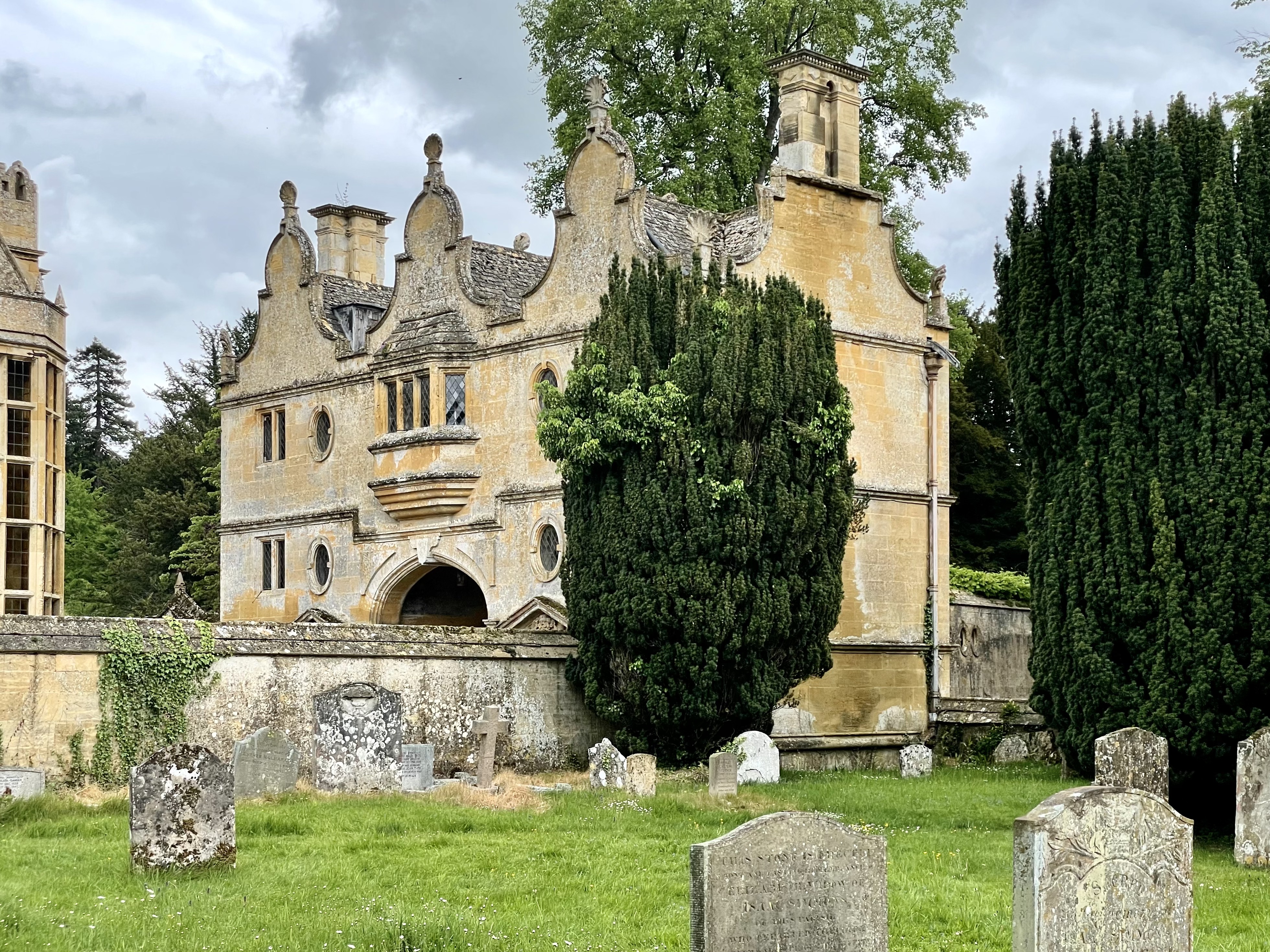
Stanway House
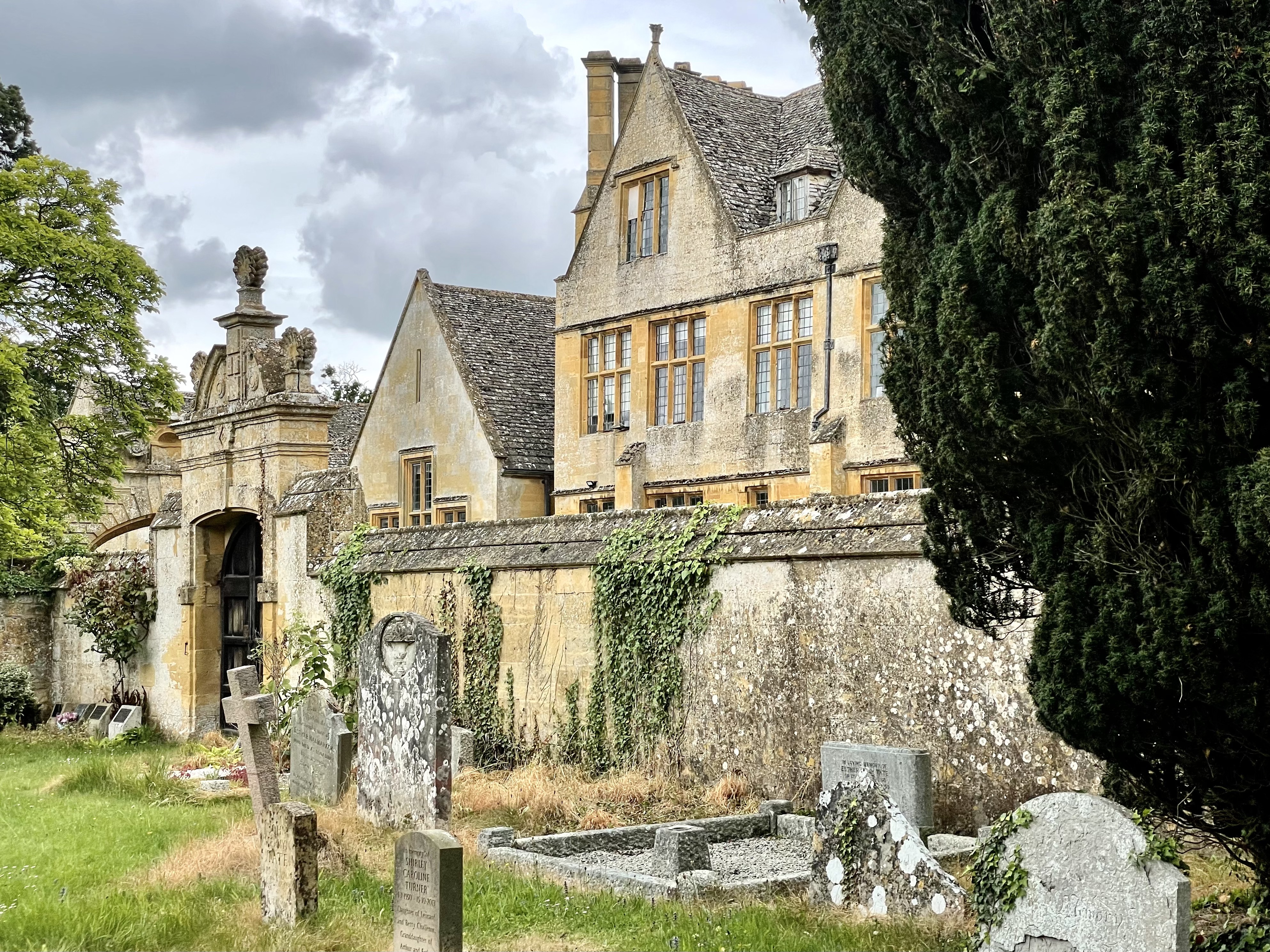
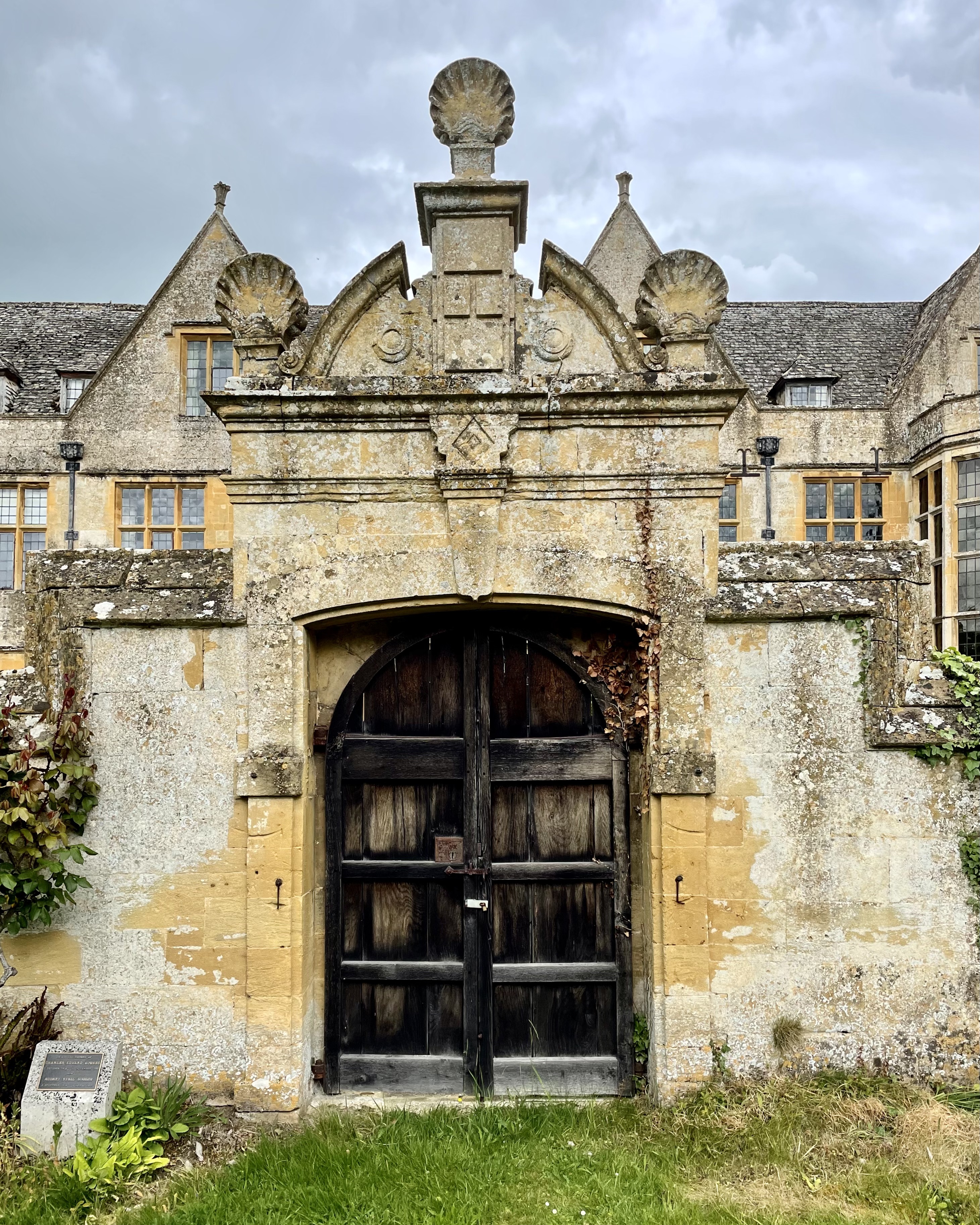
St. Peter's originates from the C12th but was heavily restored by the Victorians.
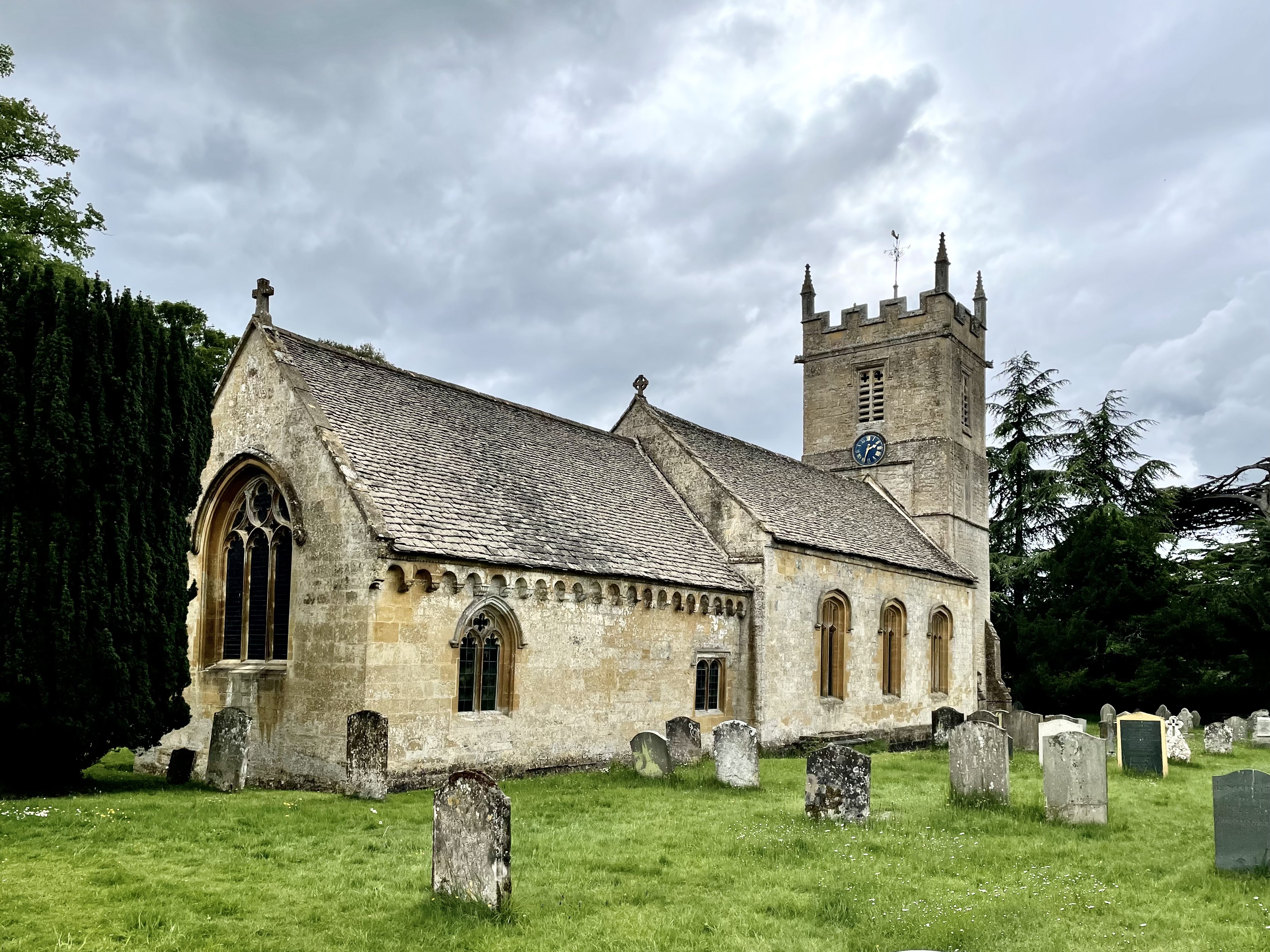
A touch of the Kilpeck corbels going on here. I think my Grandad had an ointment for that.
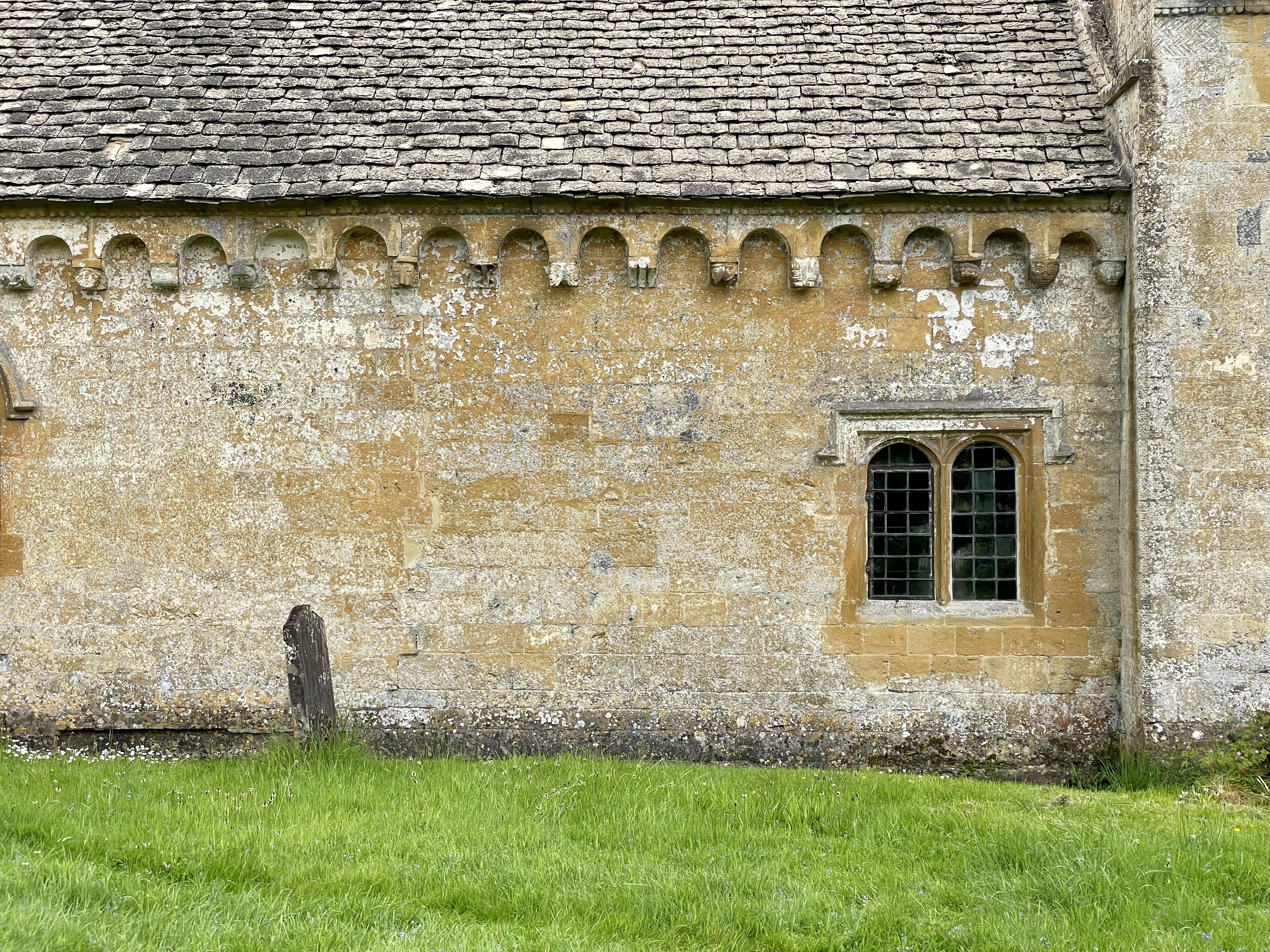
Medieval emoji.
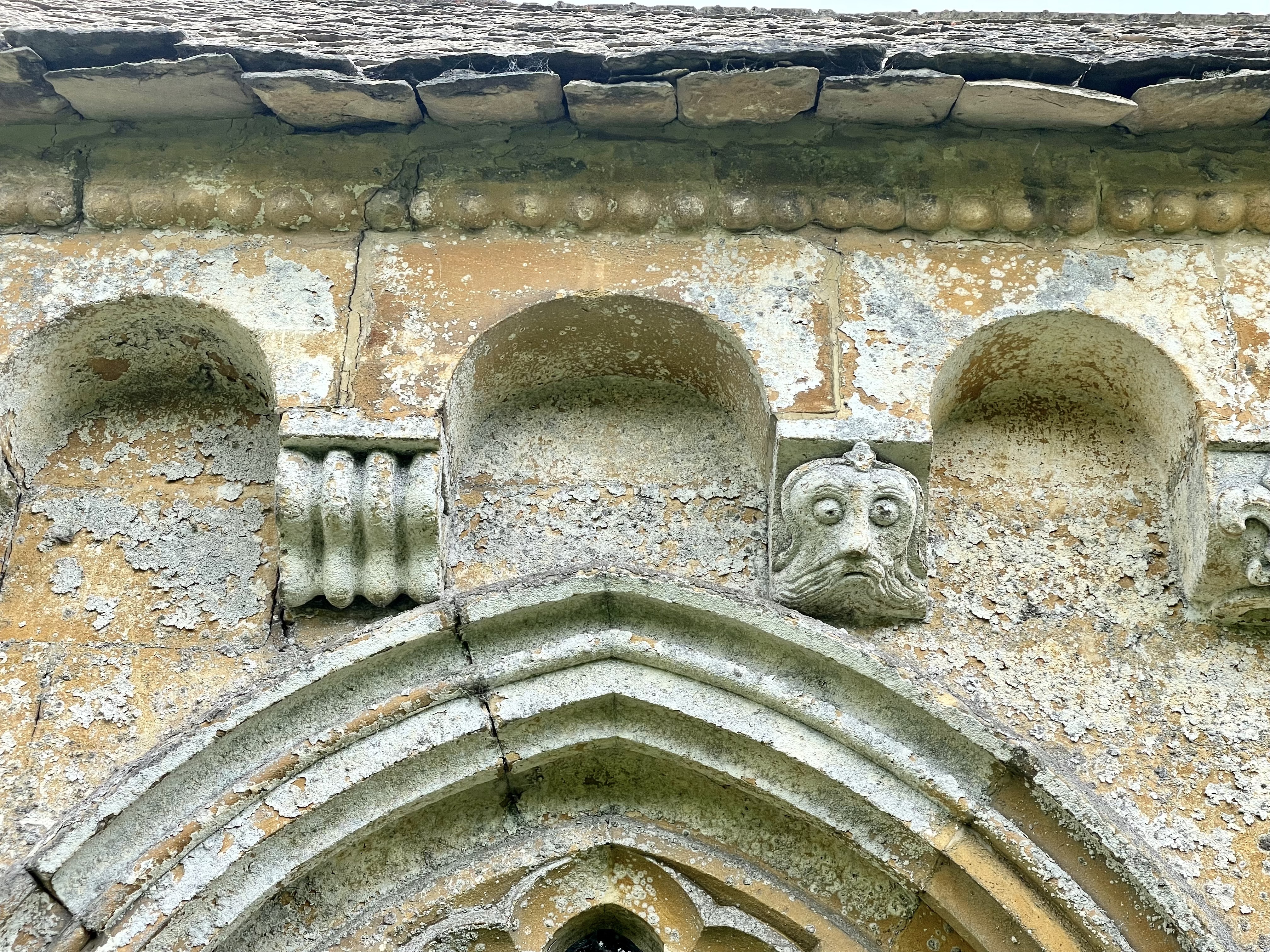
Janus - two heads looking forwards and backwards in time. Example of the syncretic nature of the church.
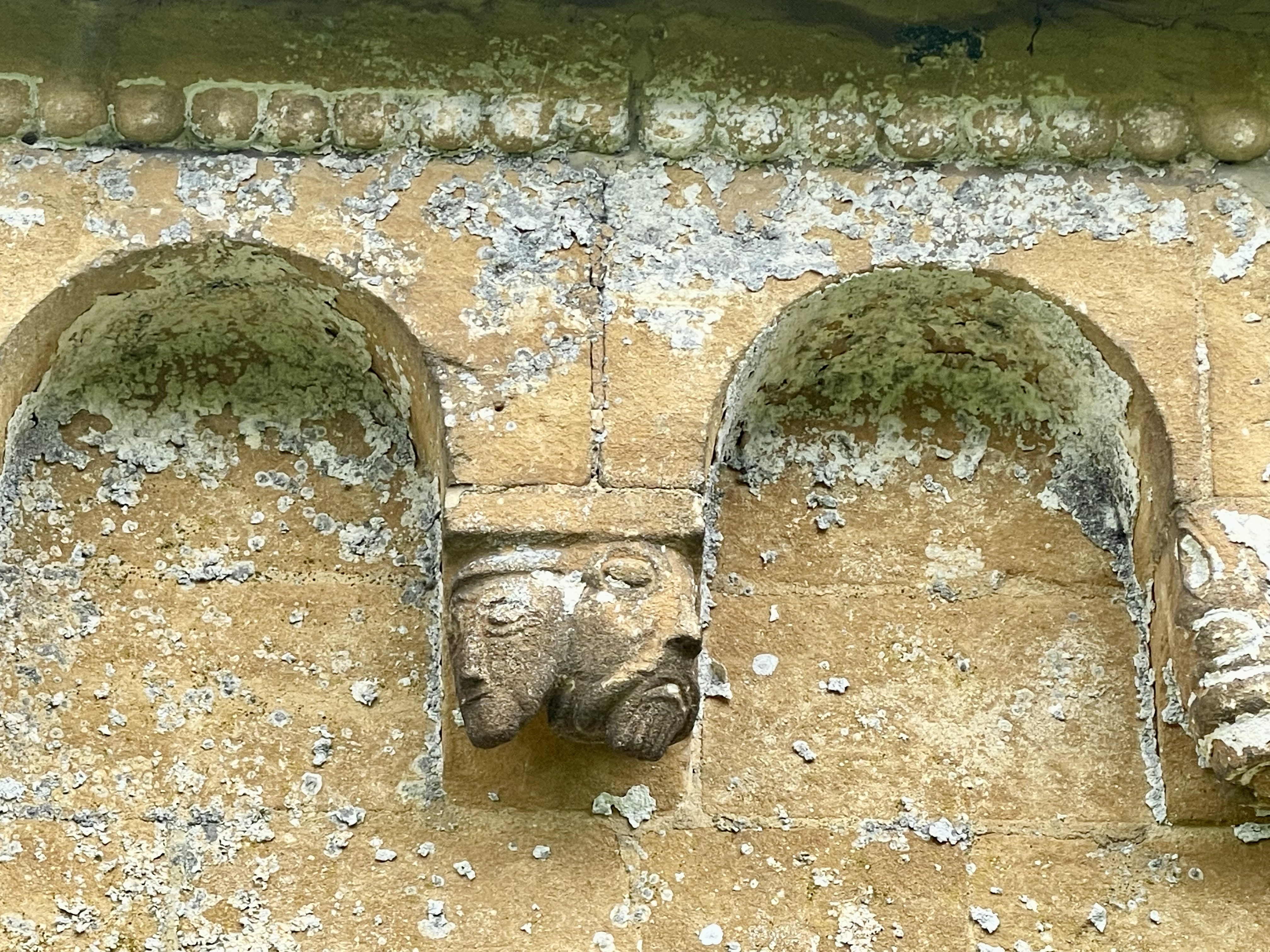
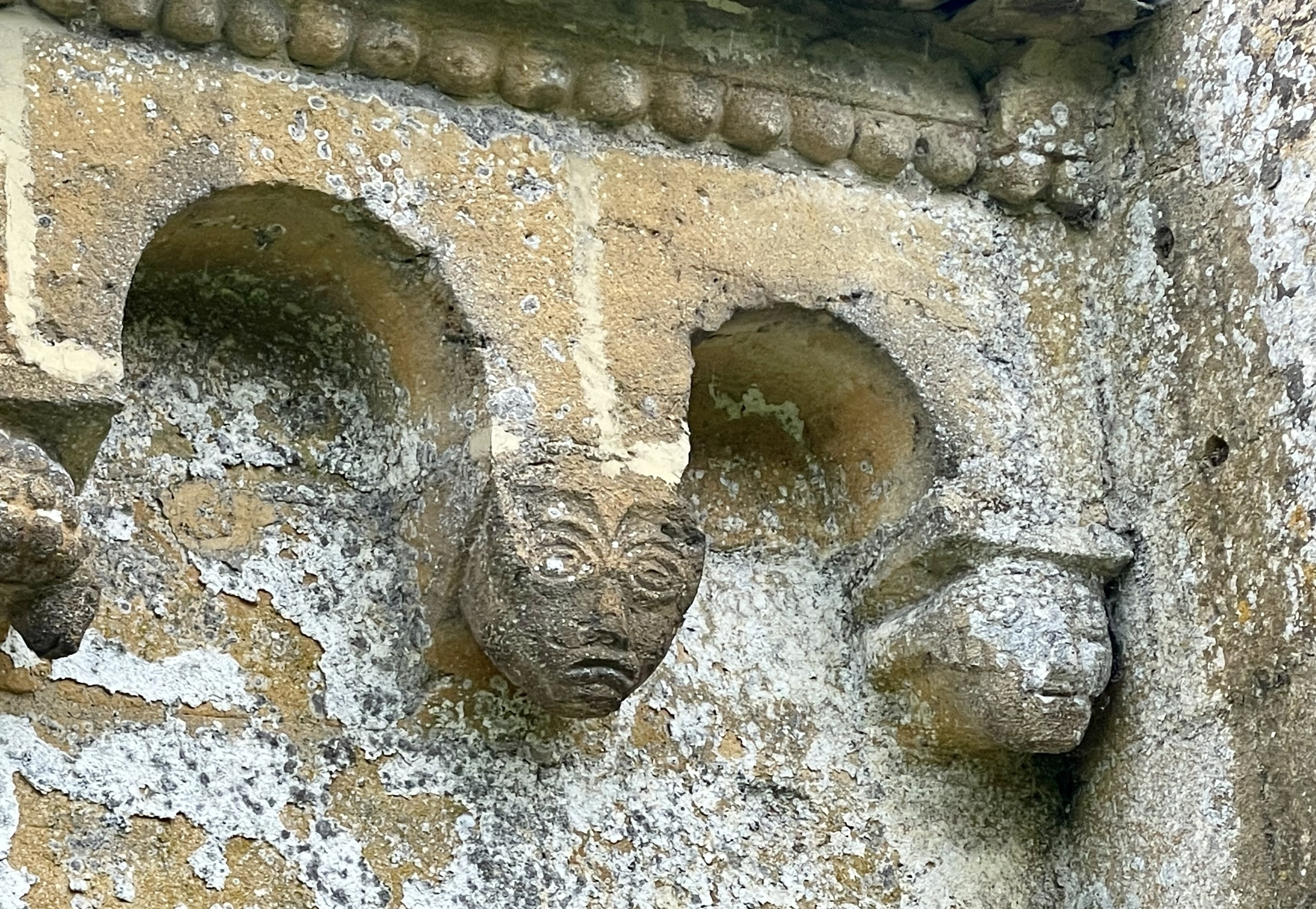
Hedgehog with grapes on its back?
The Rochester Bestiary of around 1230 (see link below) depicts hedgehogs rolling around picking grapes up on their spines.
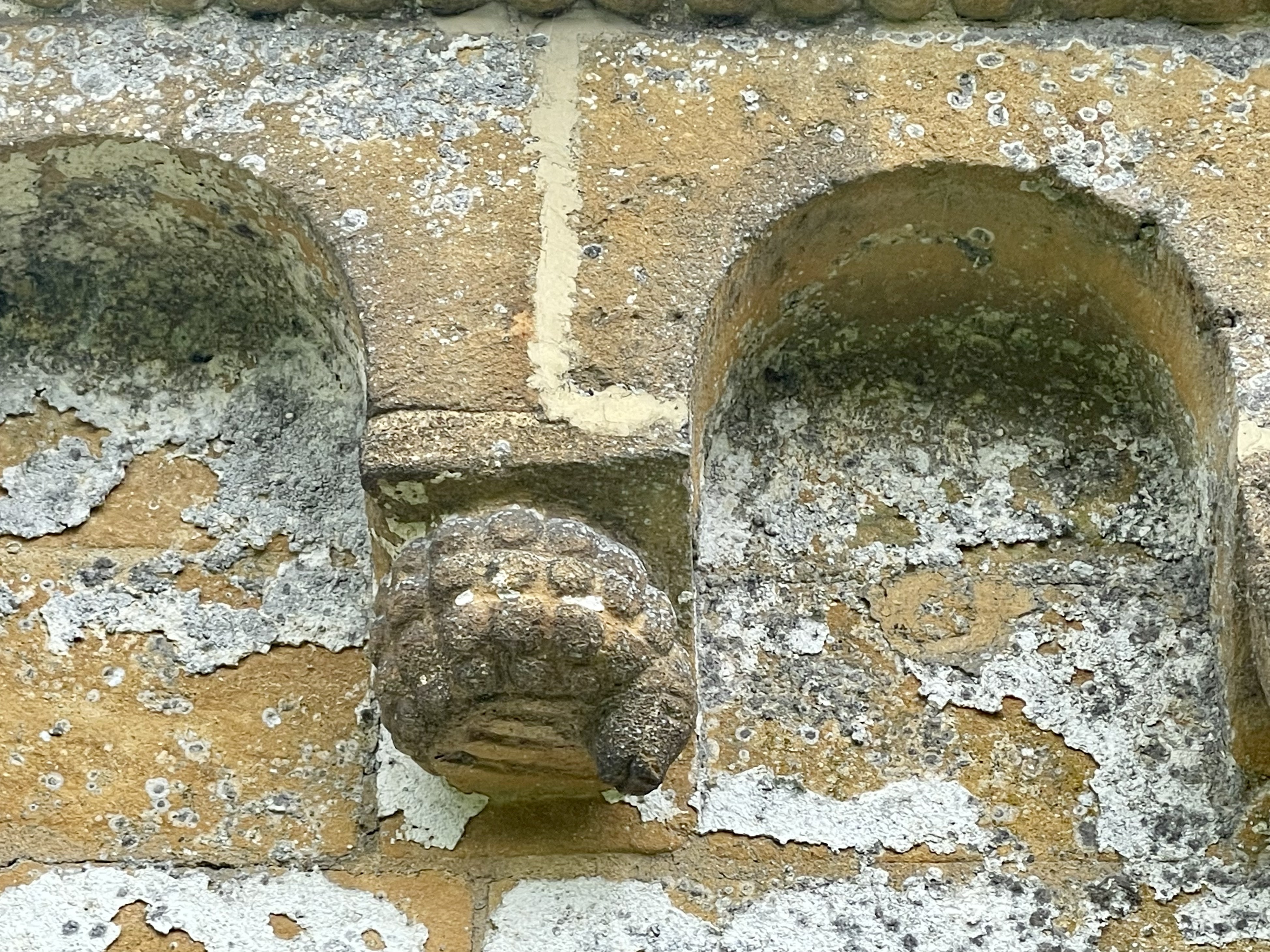
How To Be A Hedgehog - Medieval manuscripts blog
Longstanding readers of our Medieval Manuscripts Blog may know that we have a penchant for hedgehogs. In 2012, we published a post entitled The Distinguished Pedigree of Mrs Tiggy-Winkle, based on the accounts of their behaviour in medieval bestiaries. In 2014, we brought you a hedgehog beauty contest, no less,...
One of my favourite parts of the building is the churchyard wall. Although most of the fragments are from the restoration of 1896, including one of the consecration crosses.
I see faces.
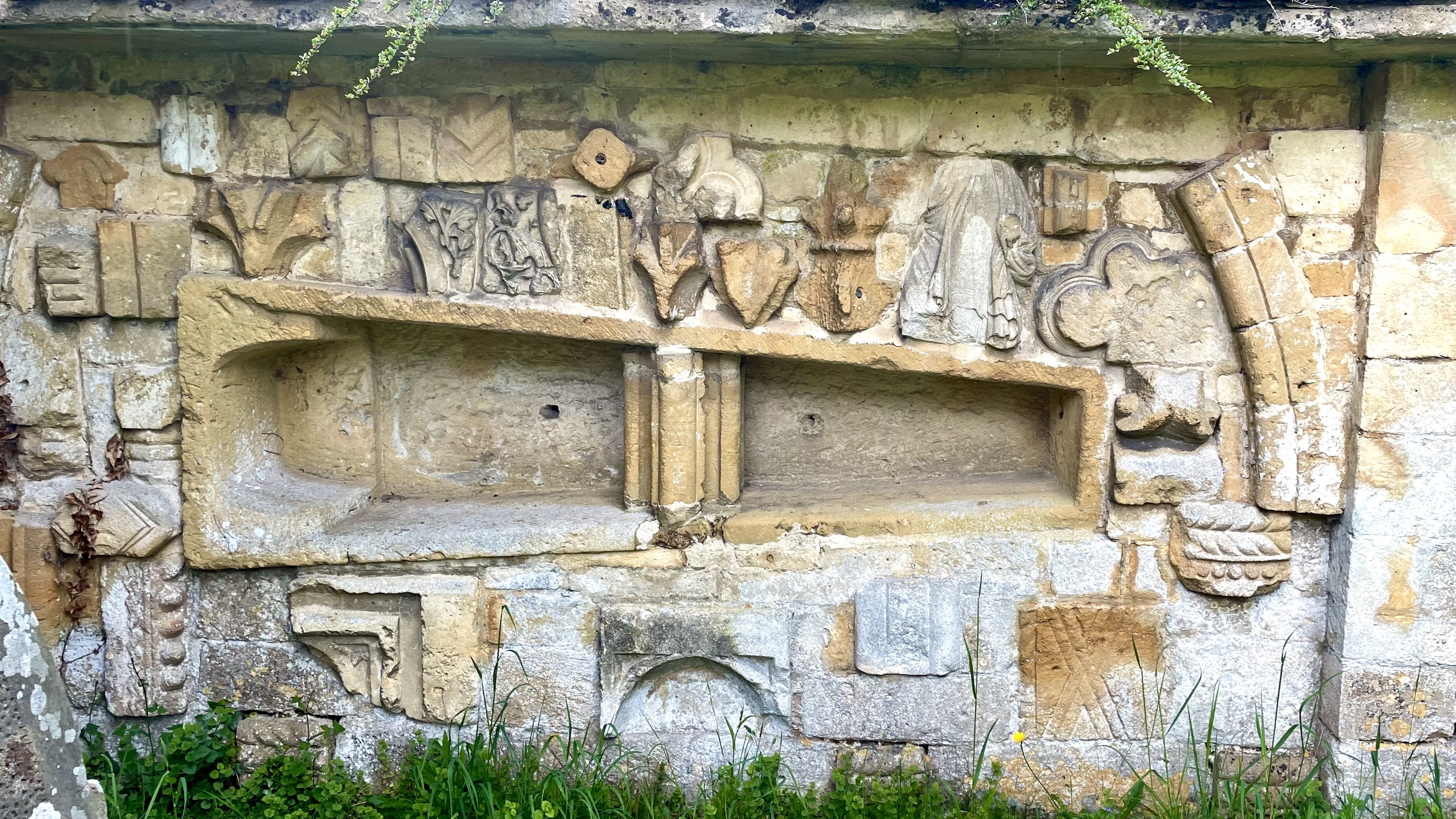
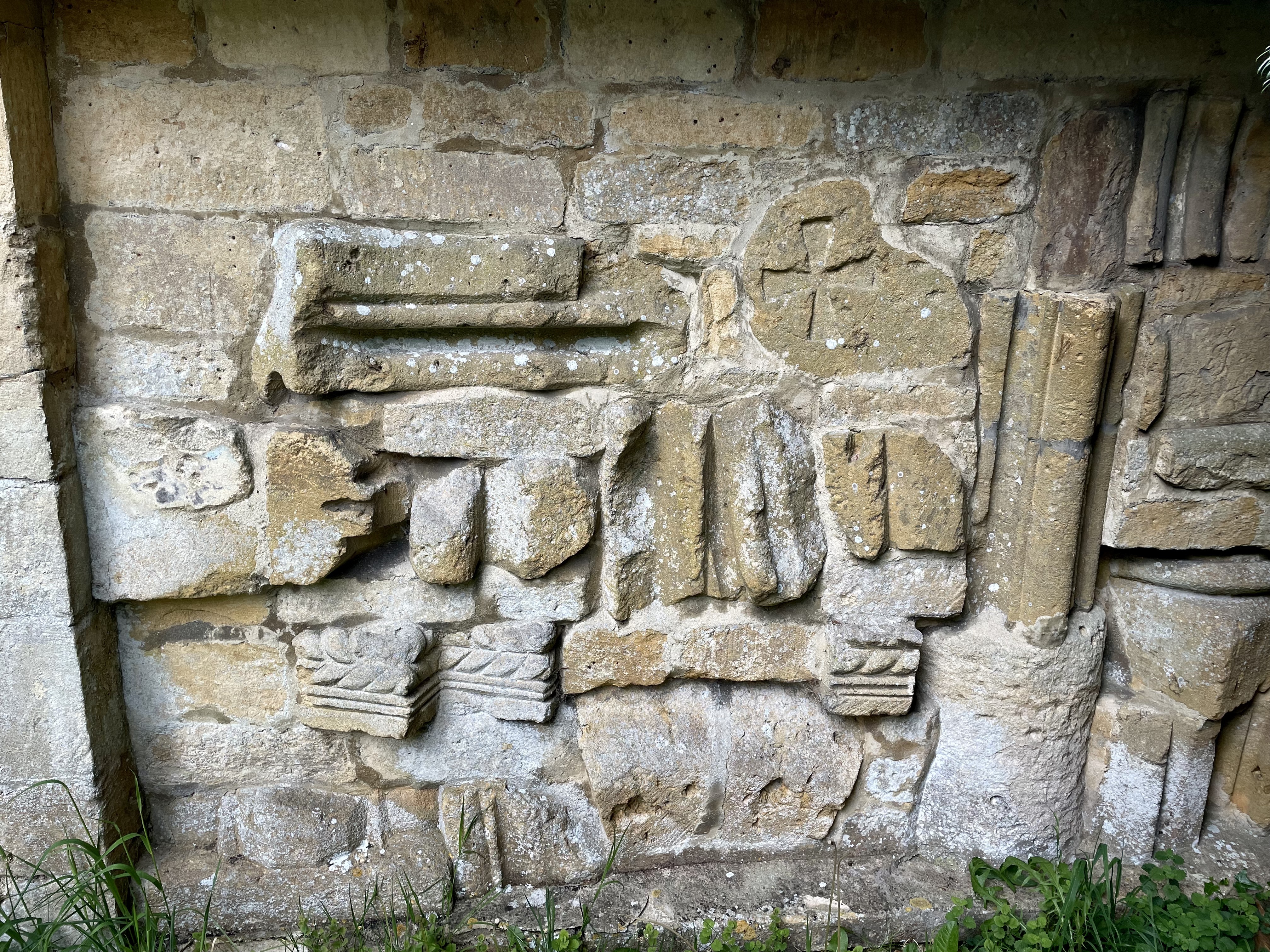
Consecration cross.
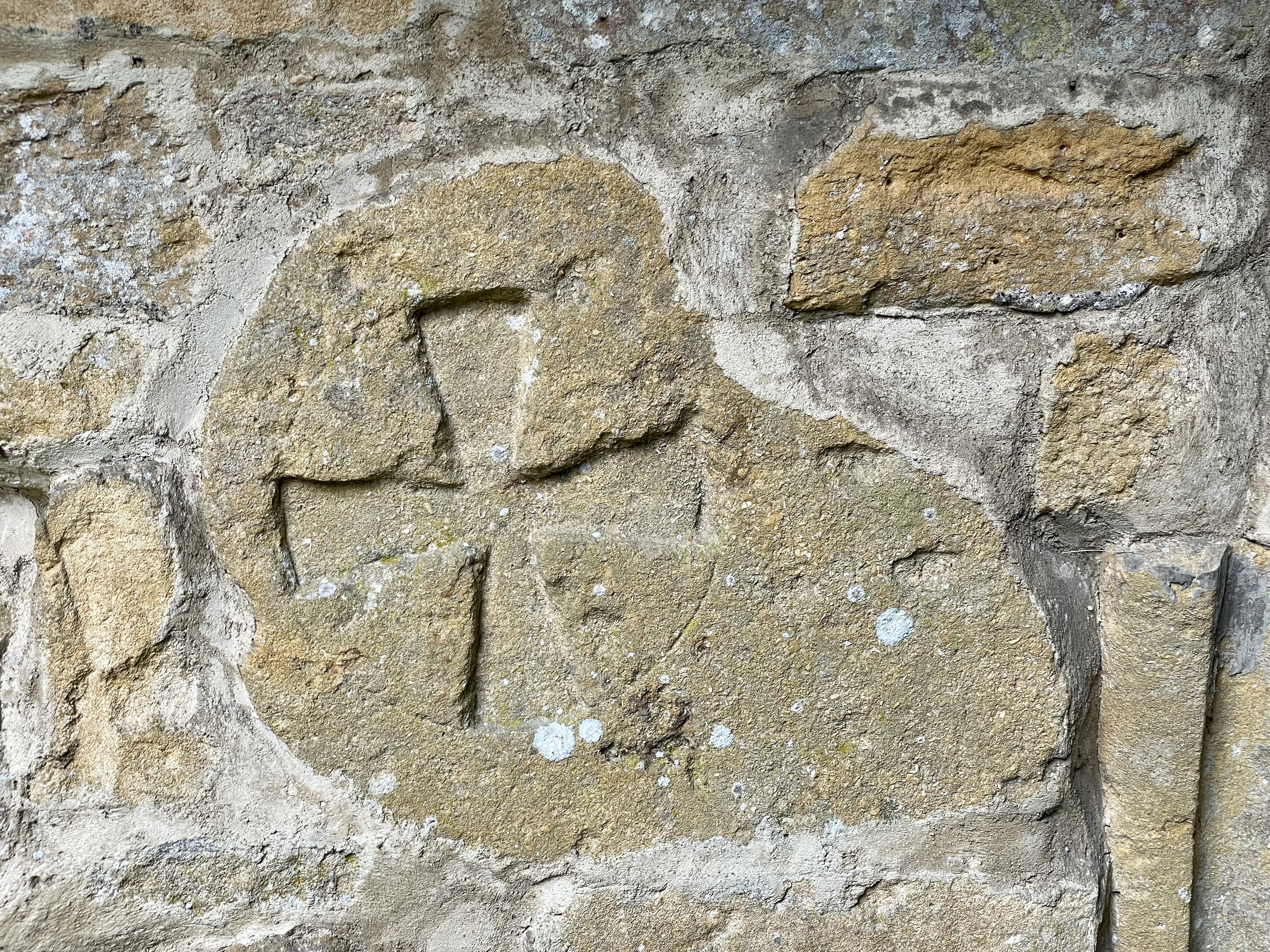
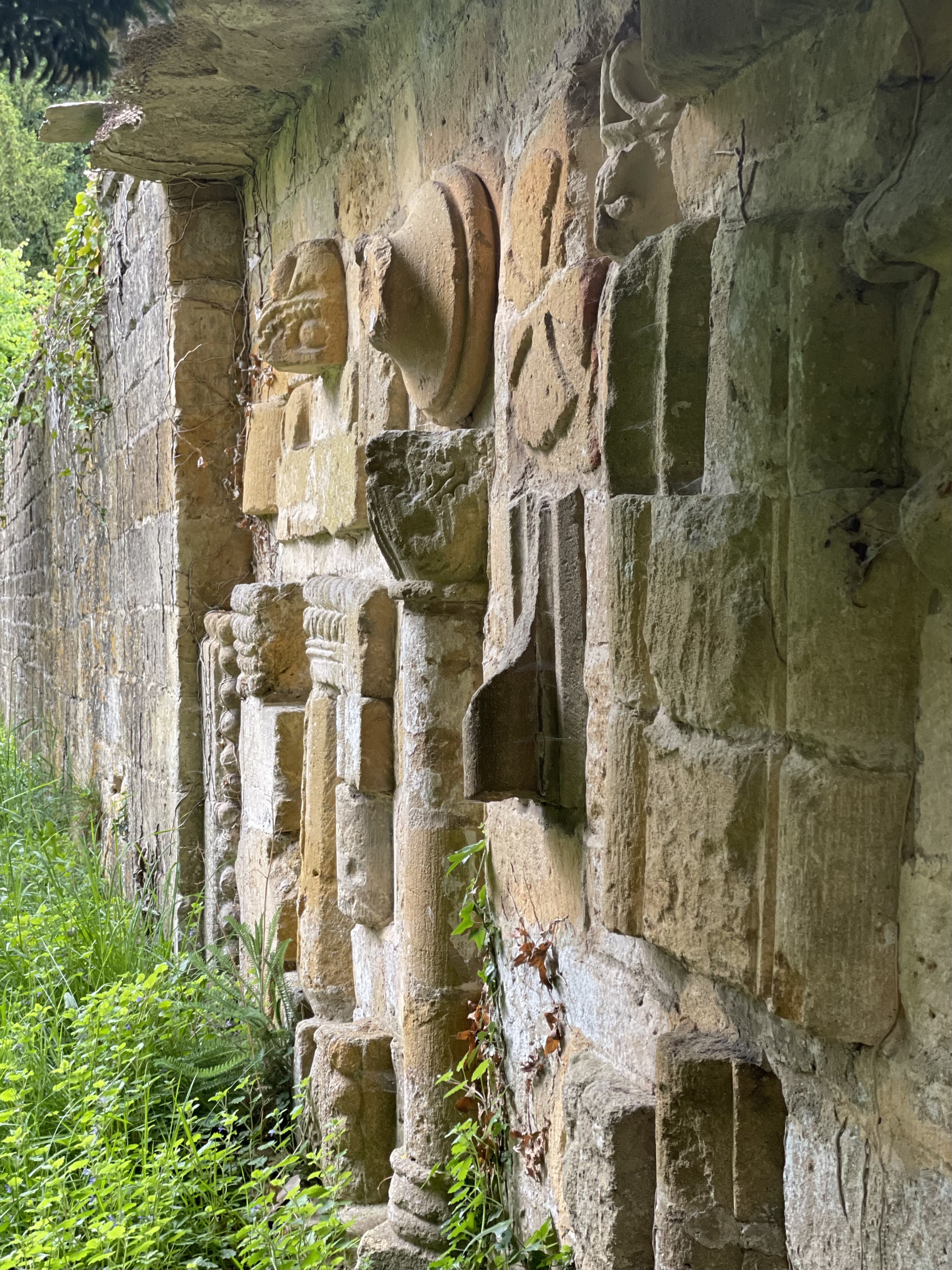
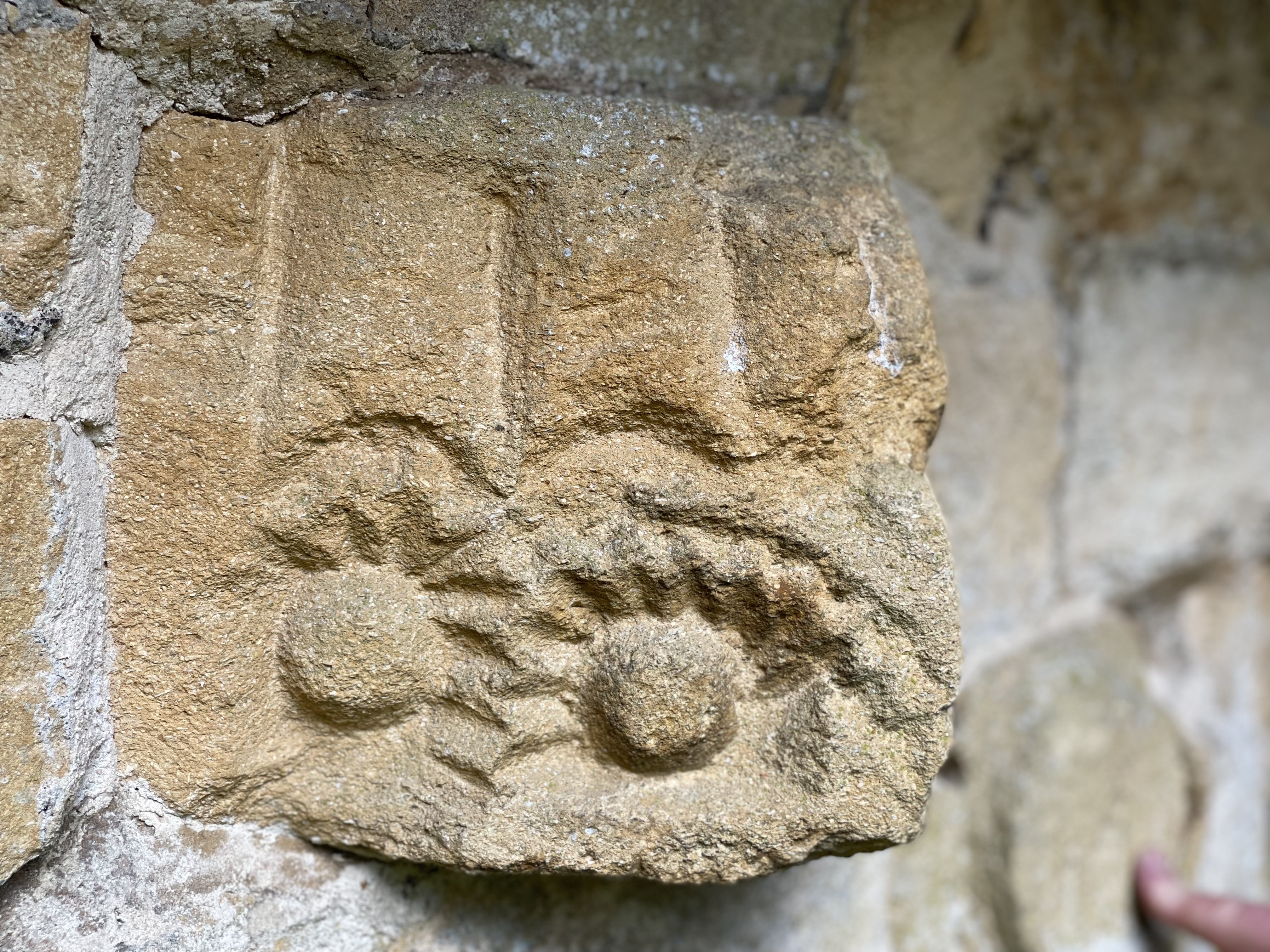
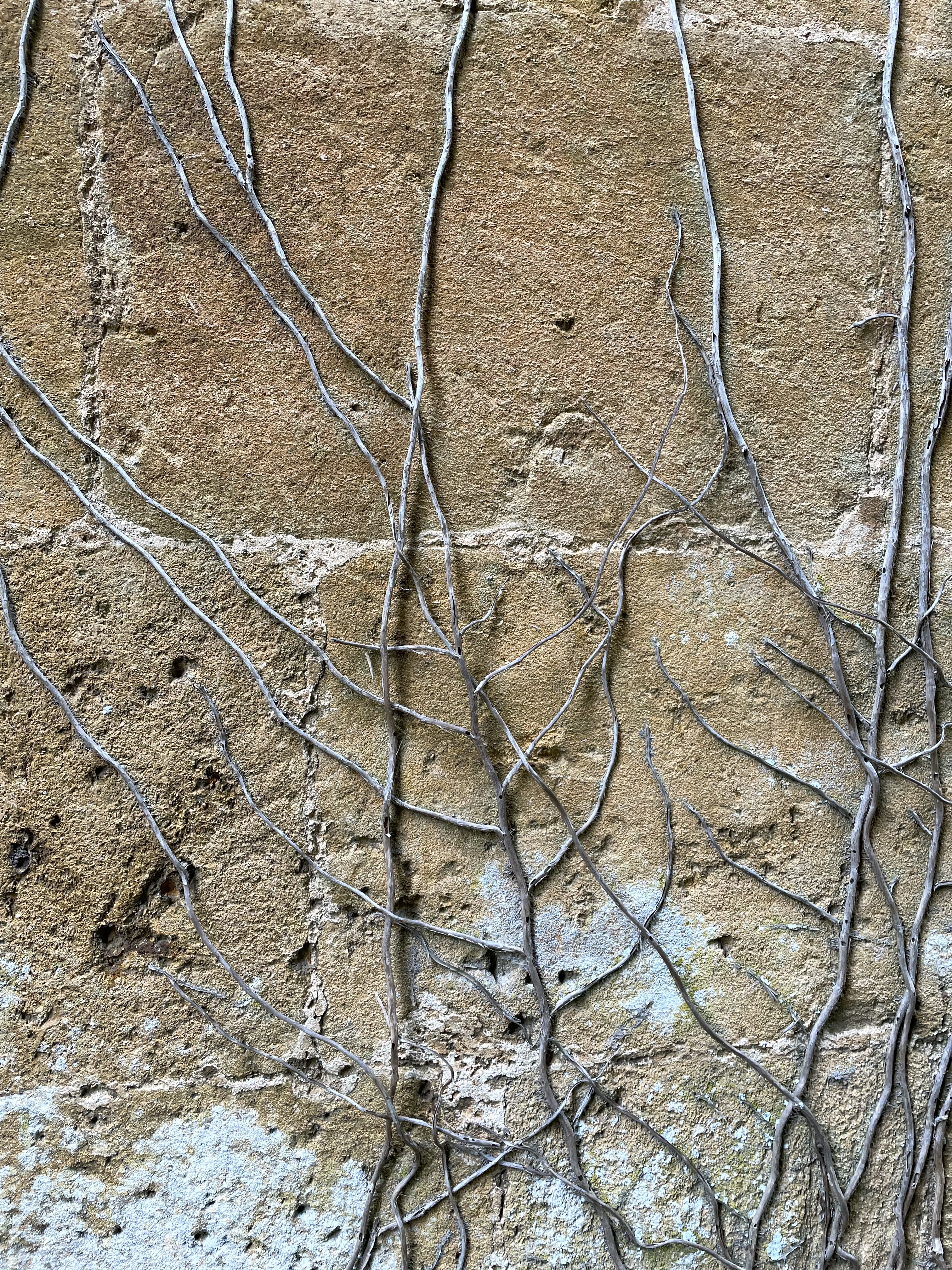
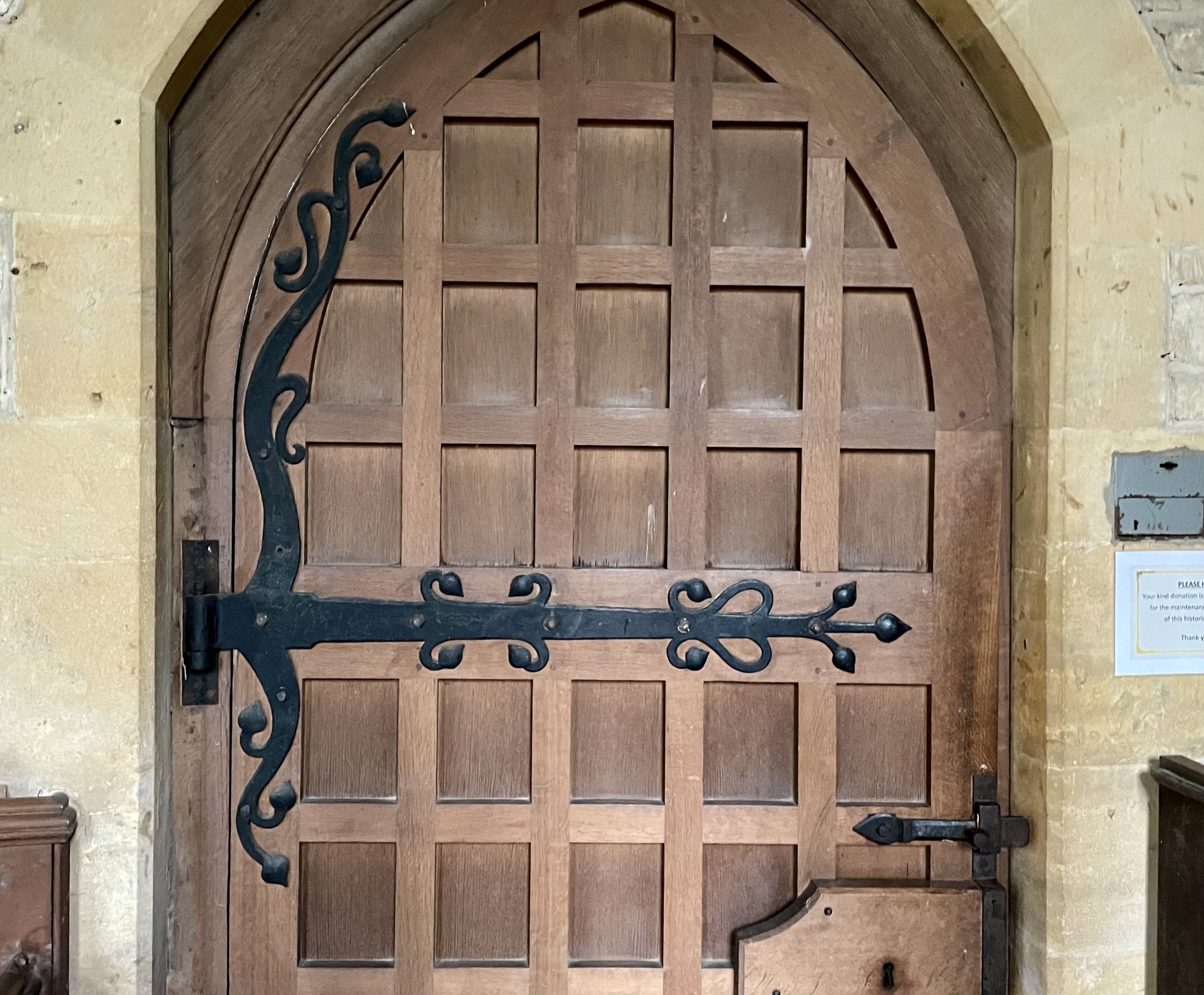
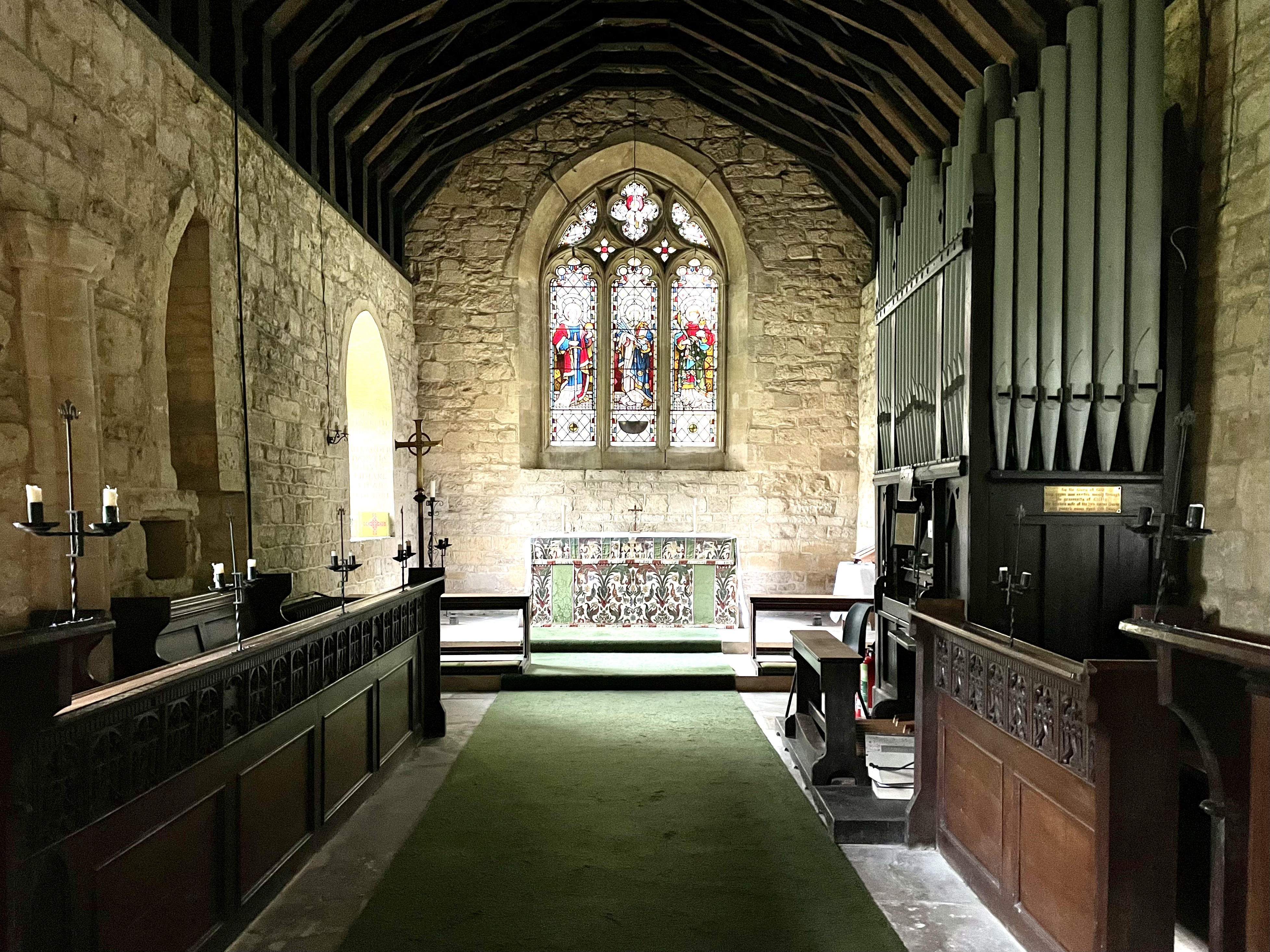
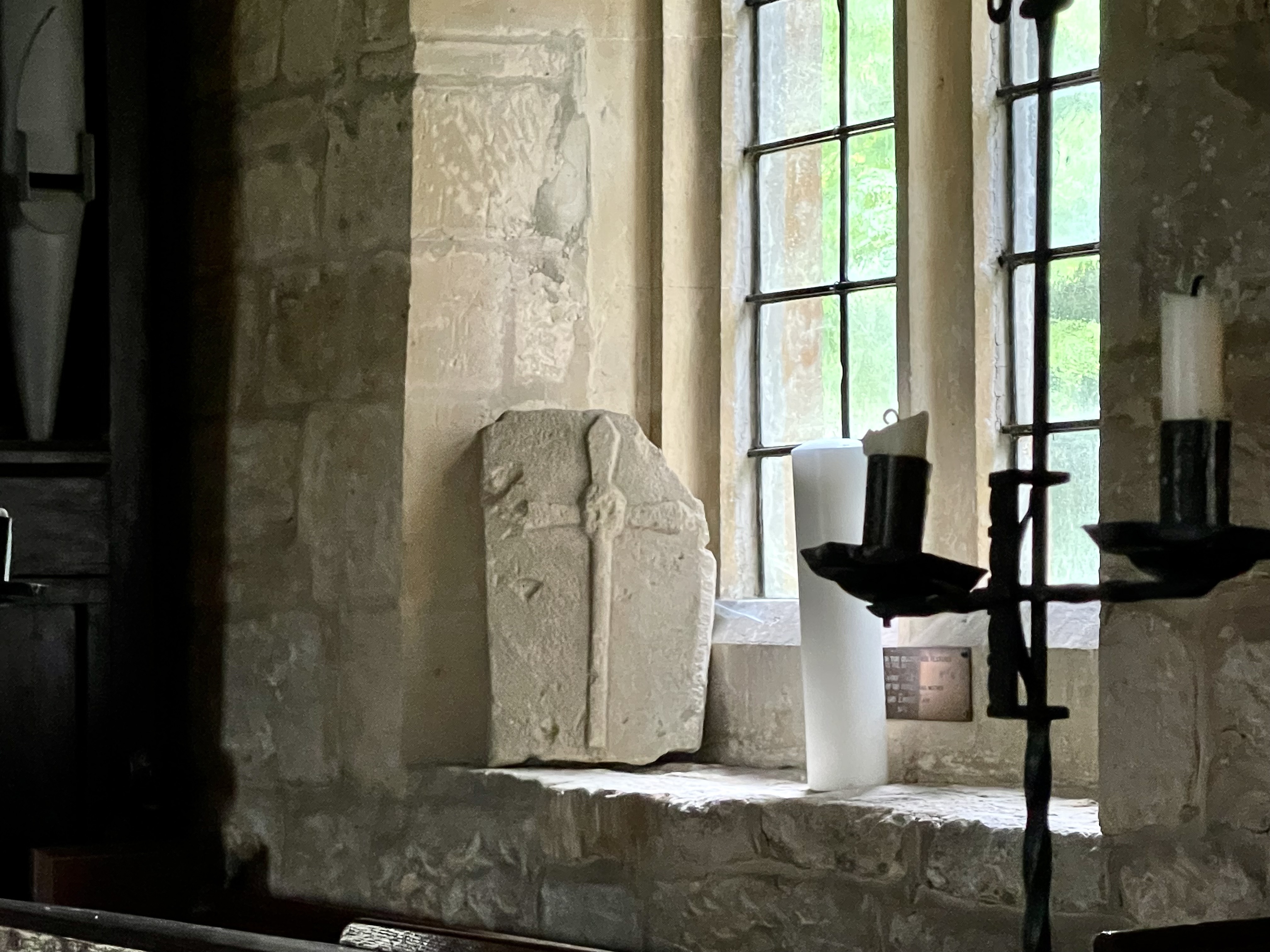
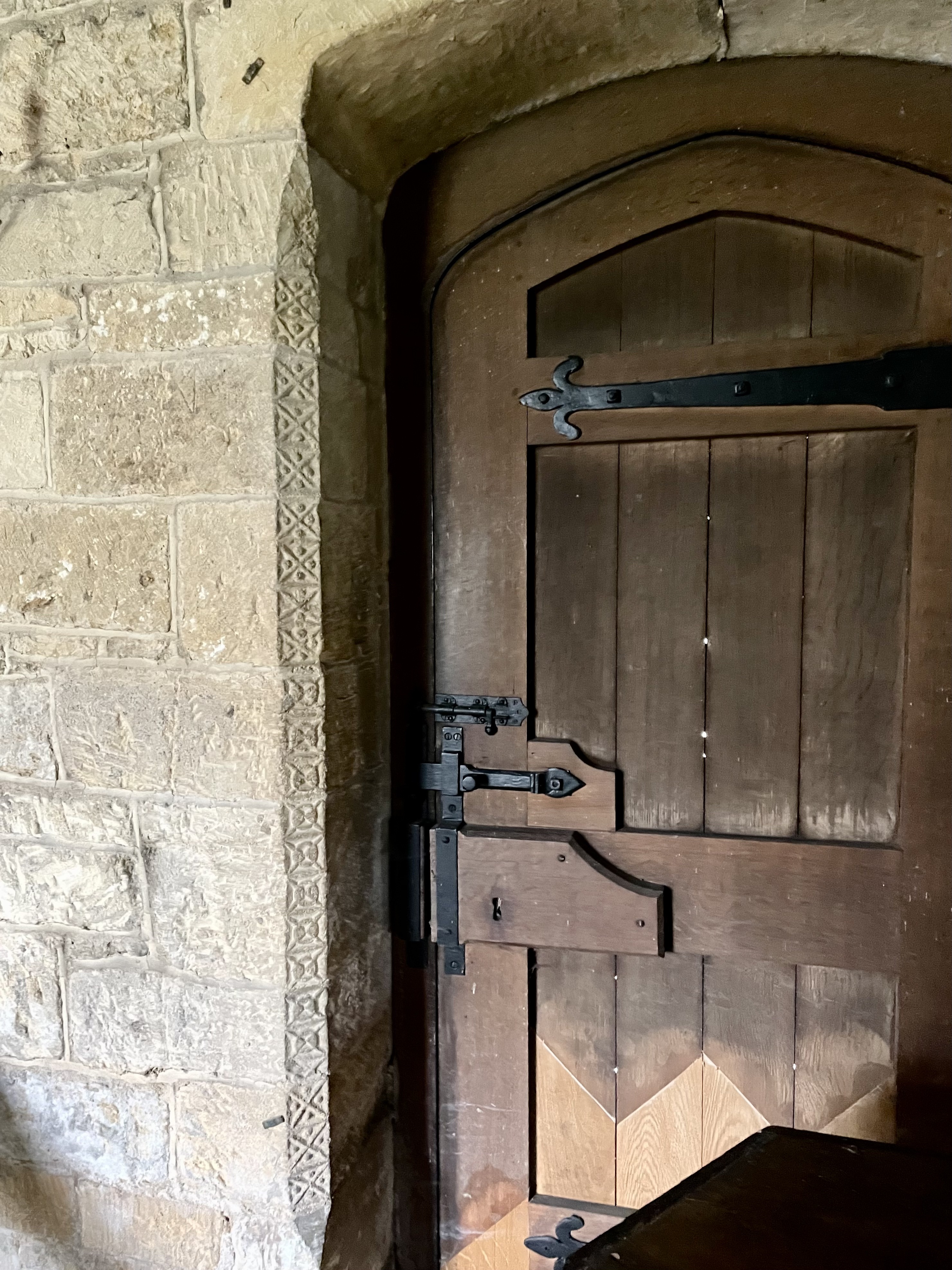
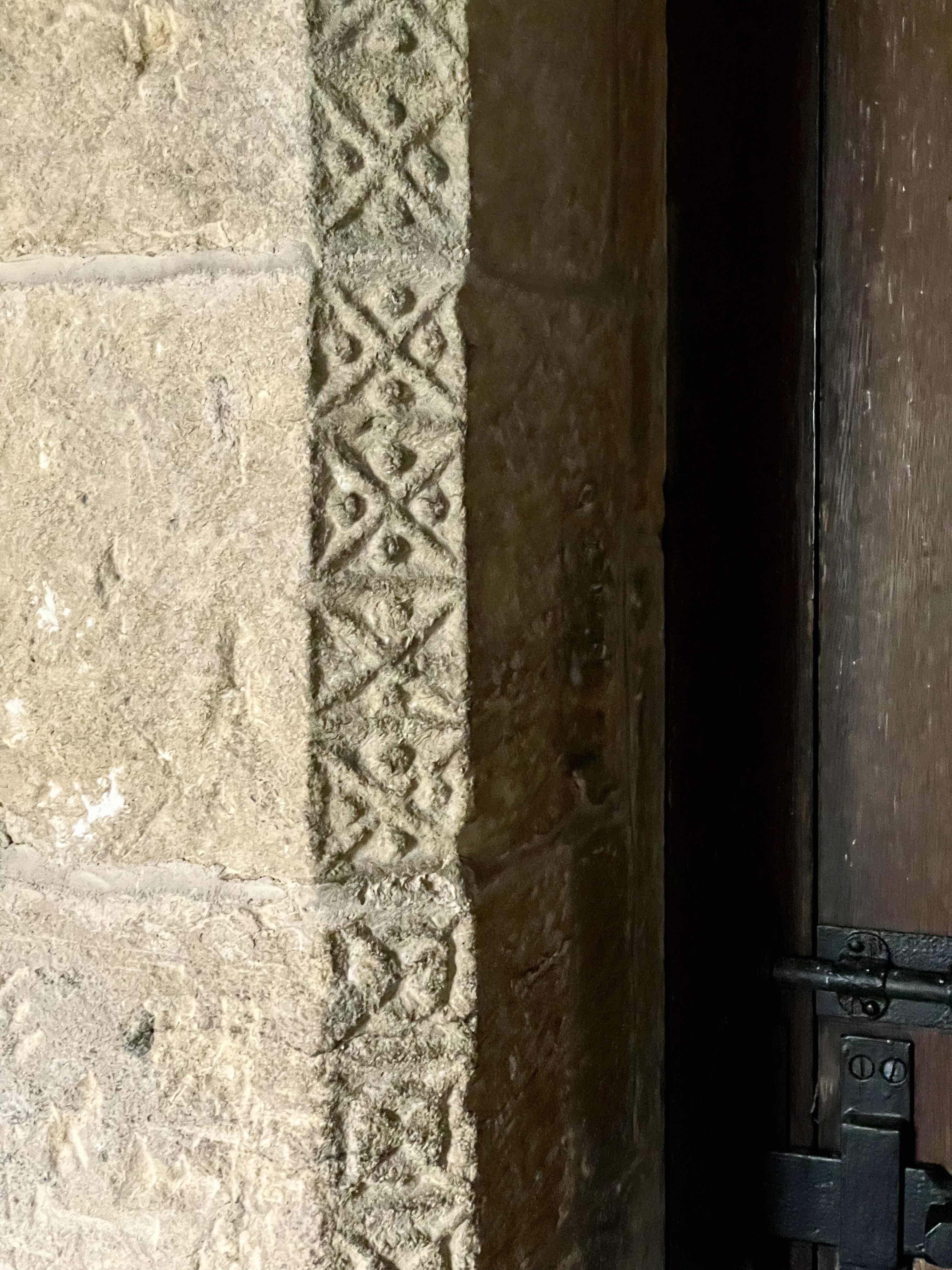
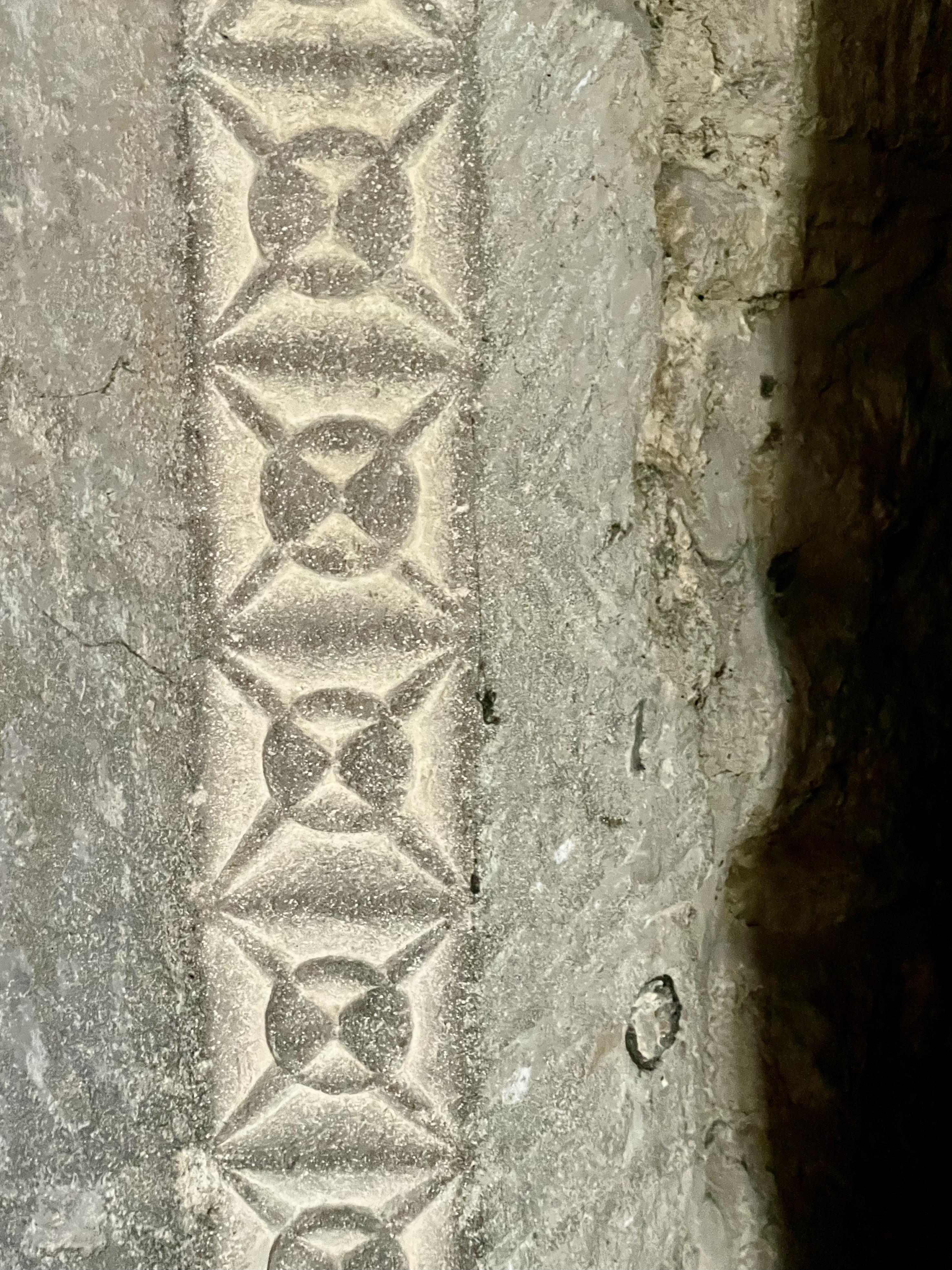
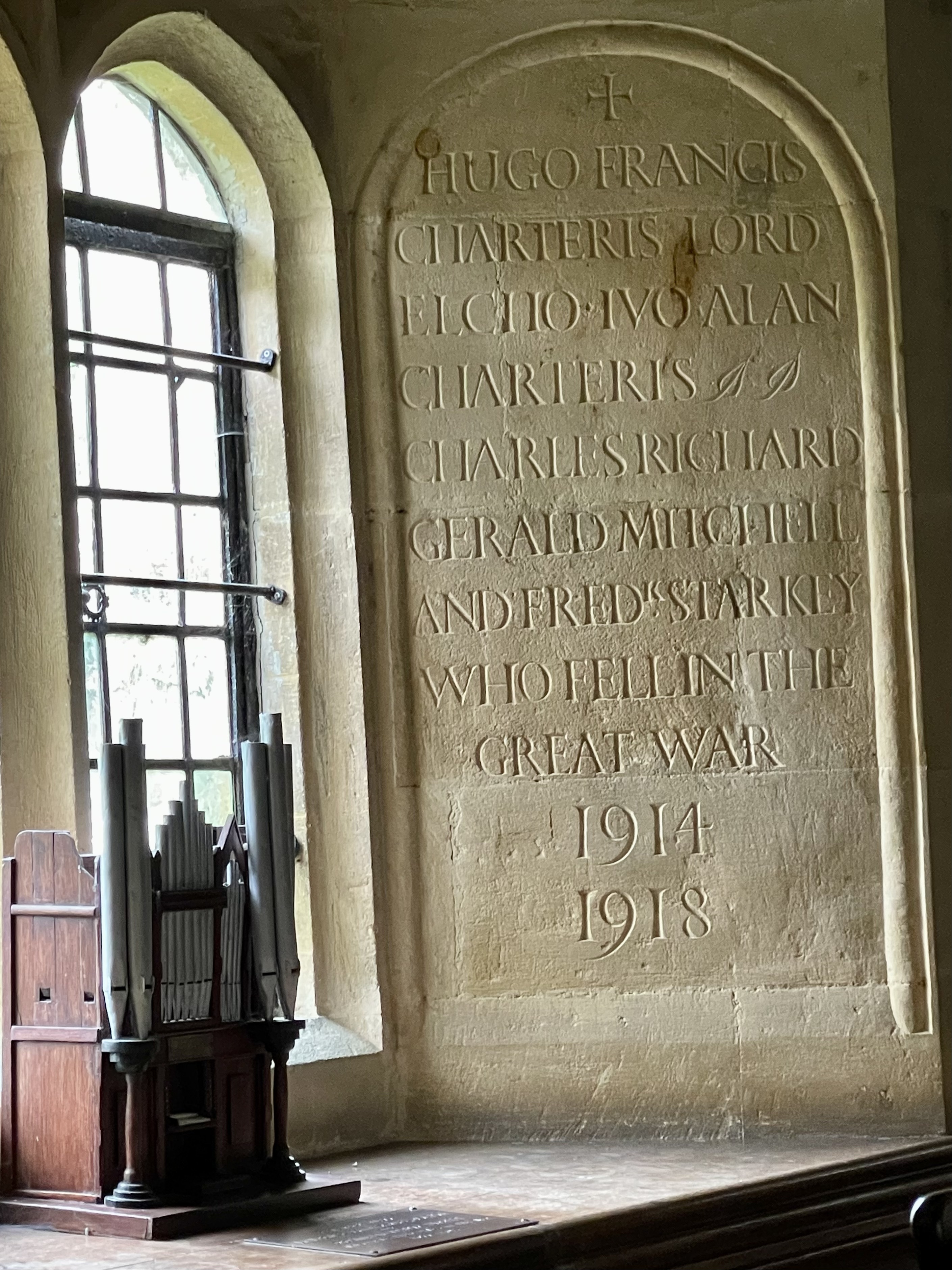
A pocket organ to add to our pocket font from Waltham Abbey.

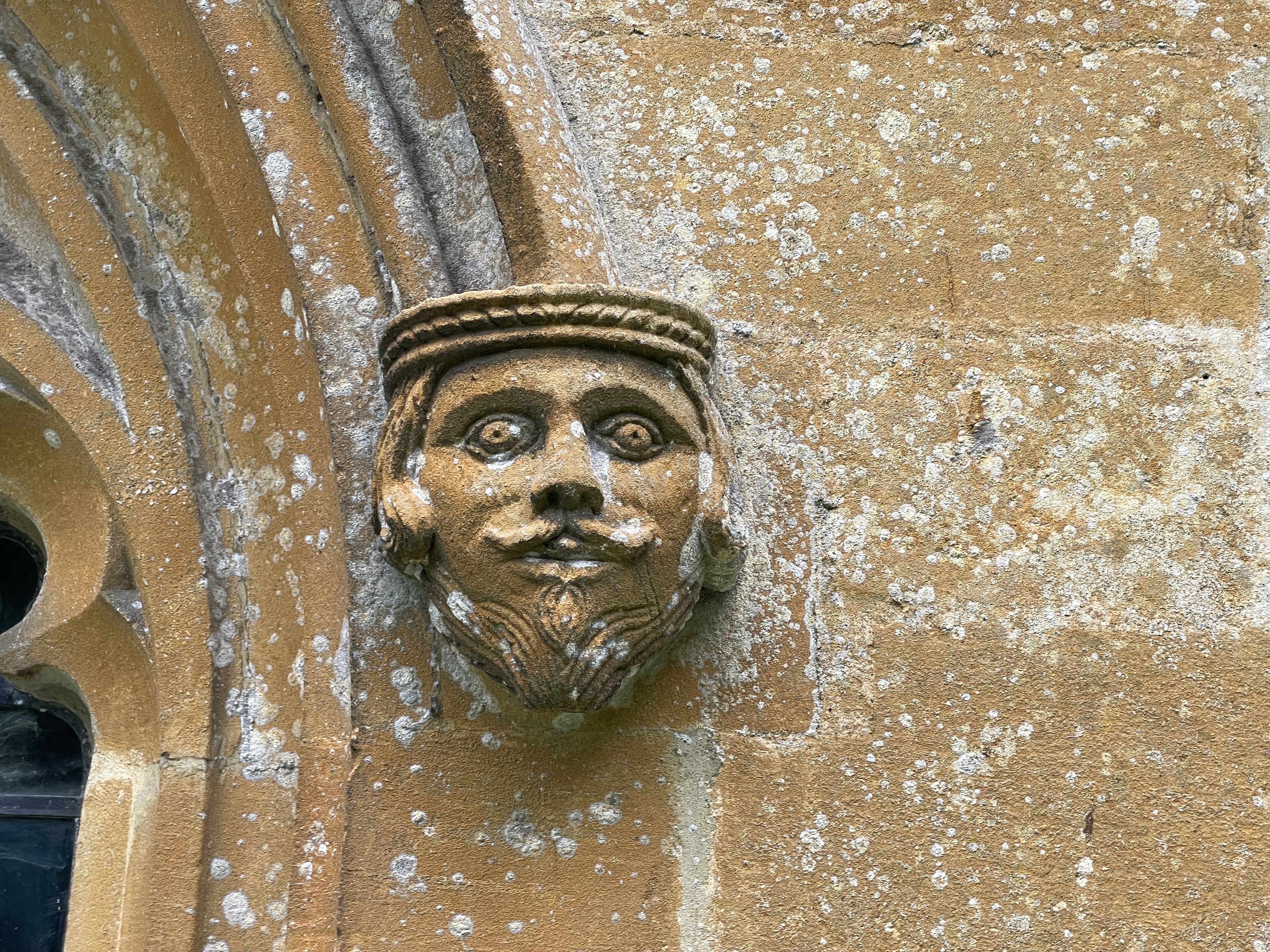
Vanlife
Woody continues to cut through the historic environment like a hot knife through butter.
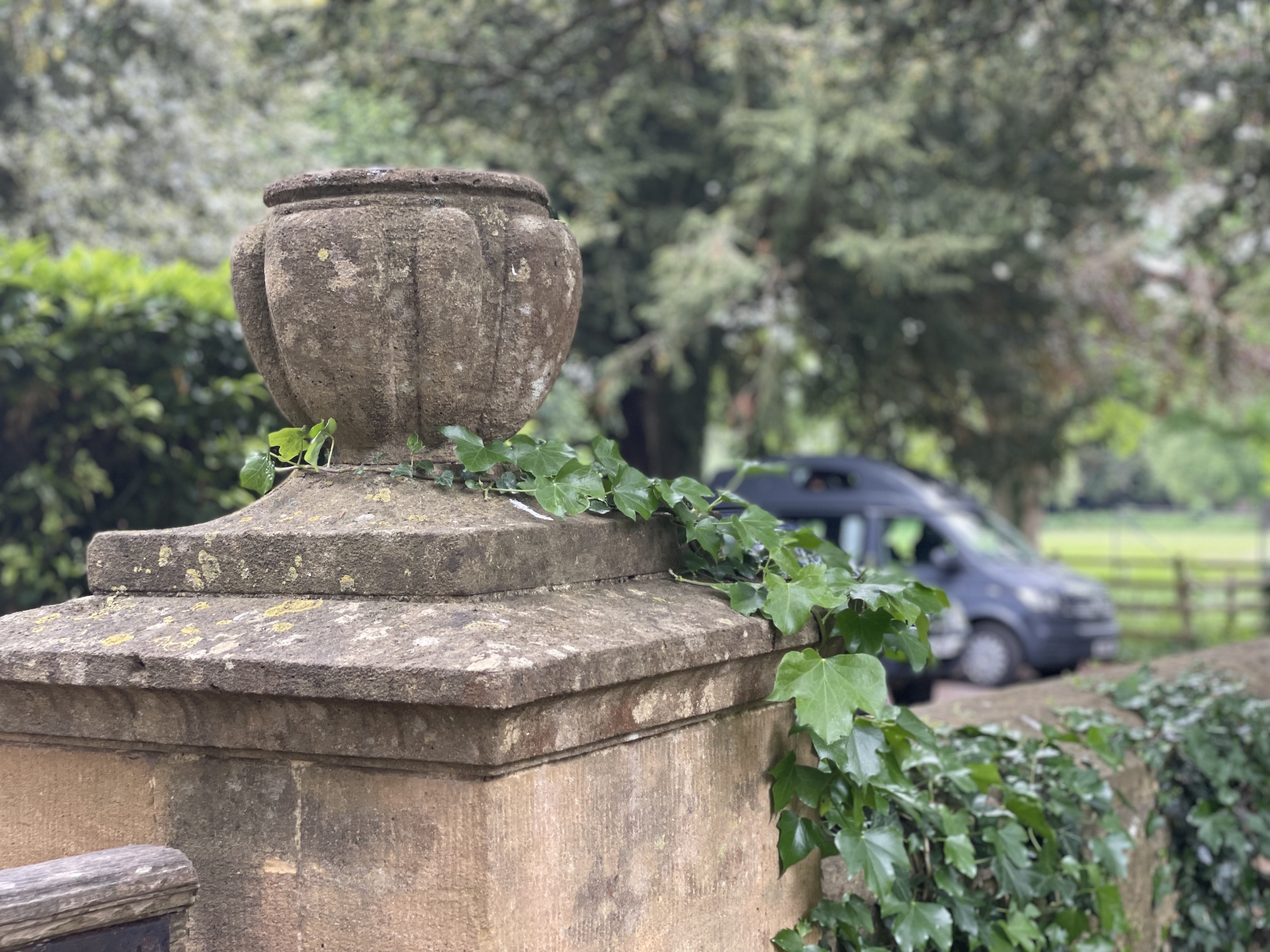
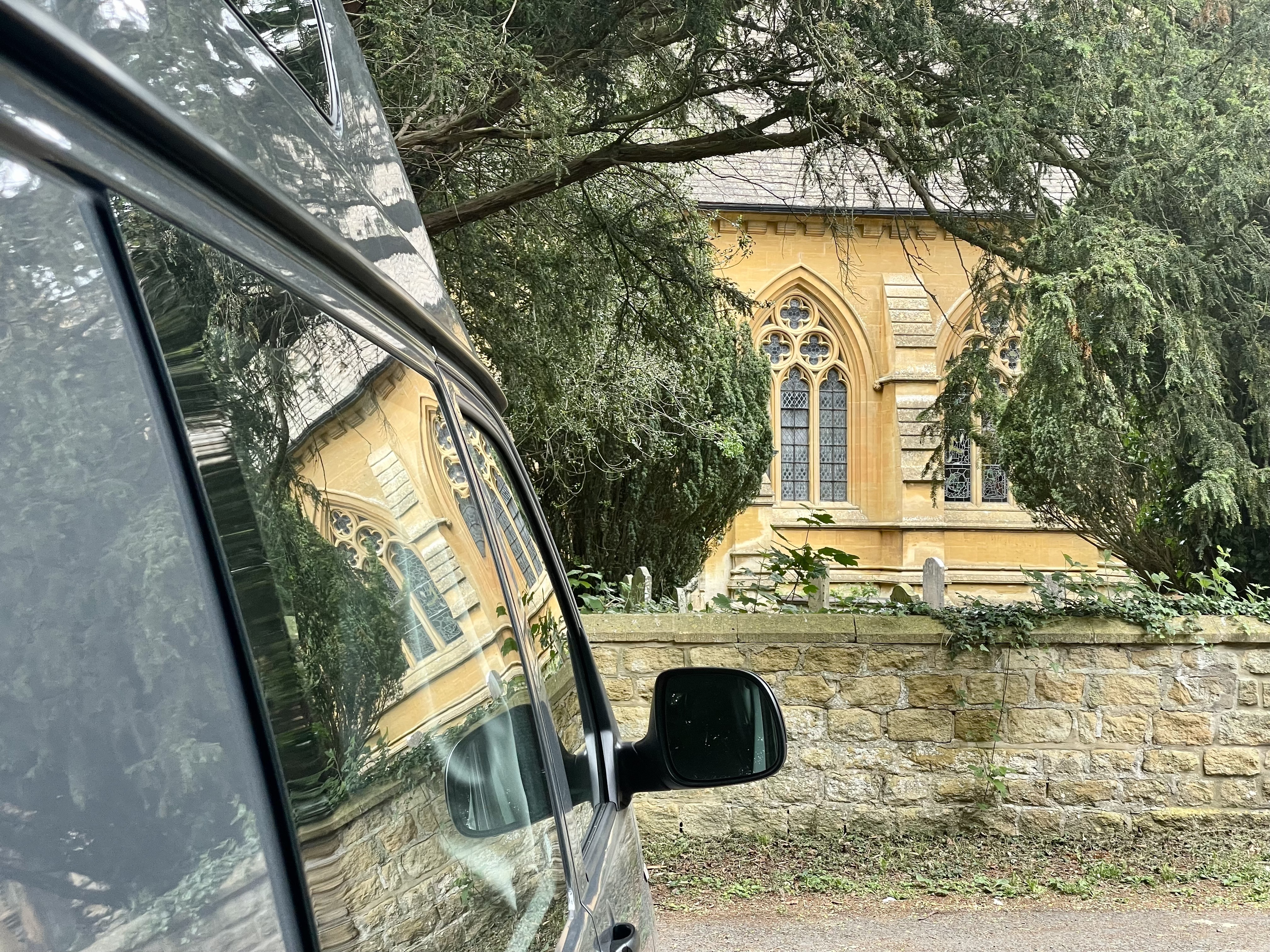
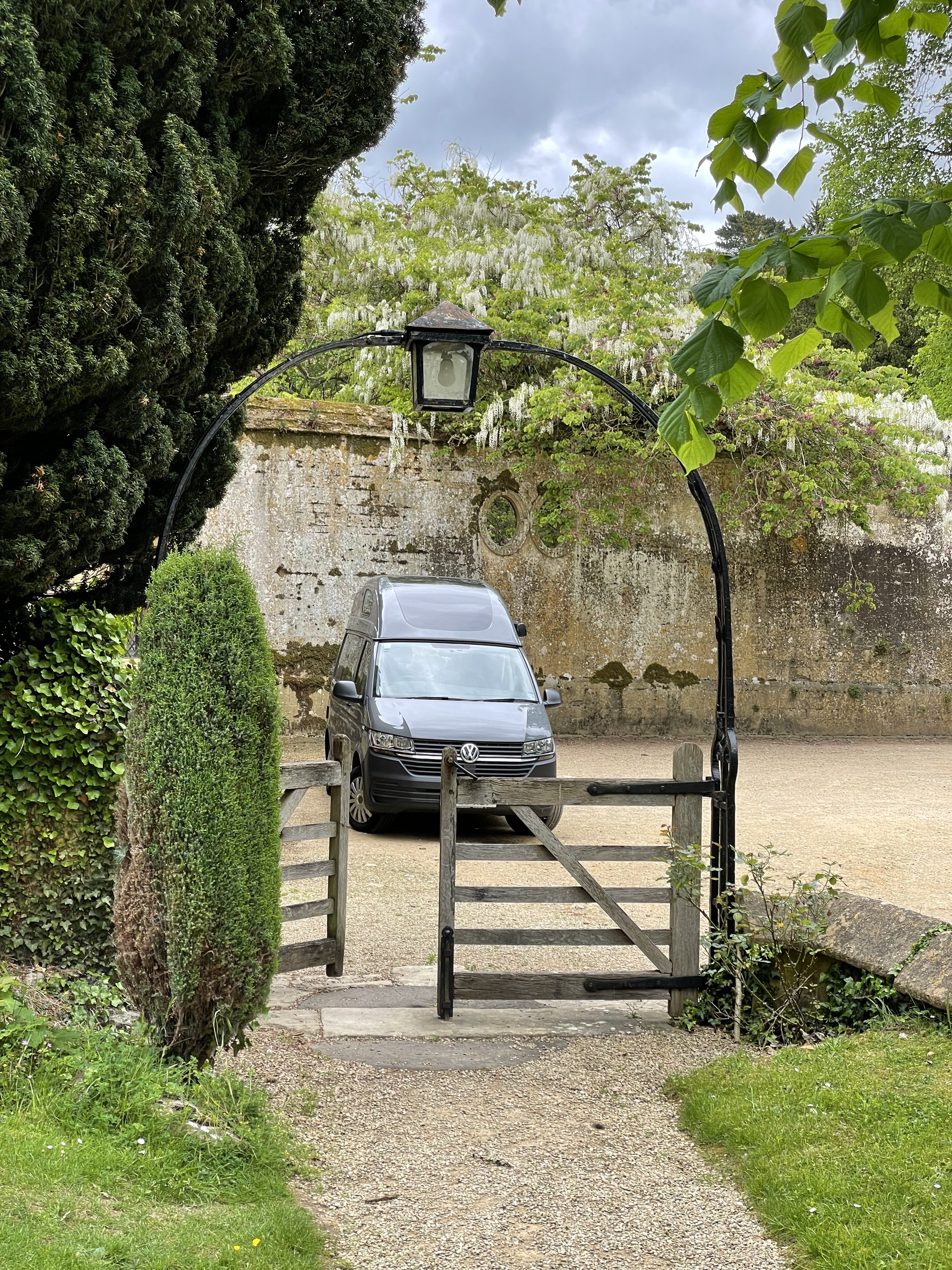
On My Coffee Table
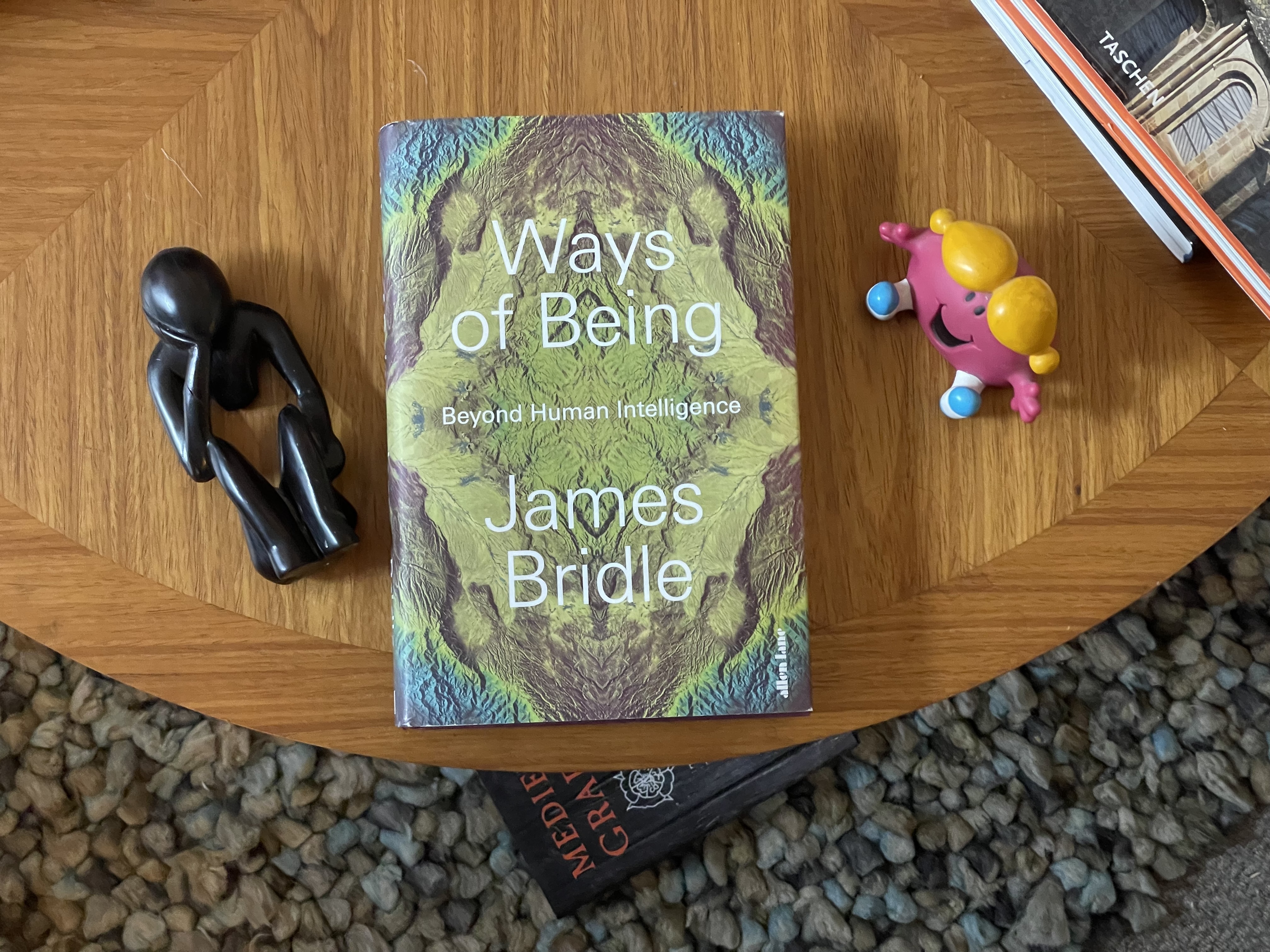
From The Charo's
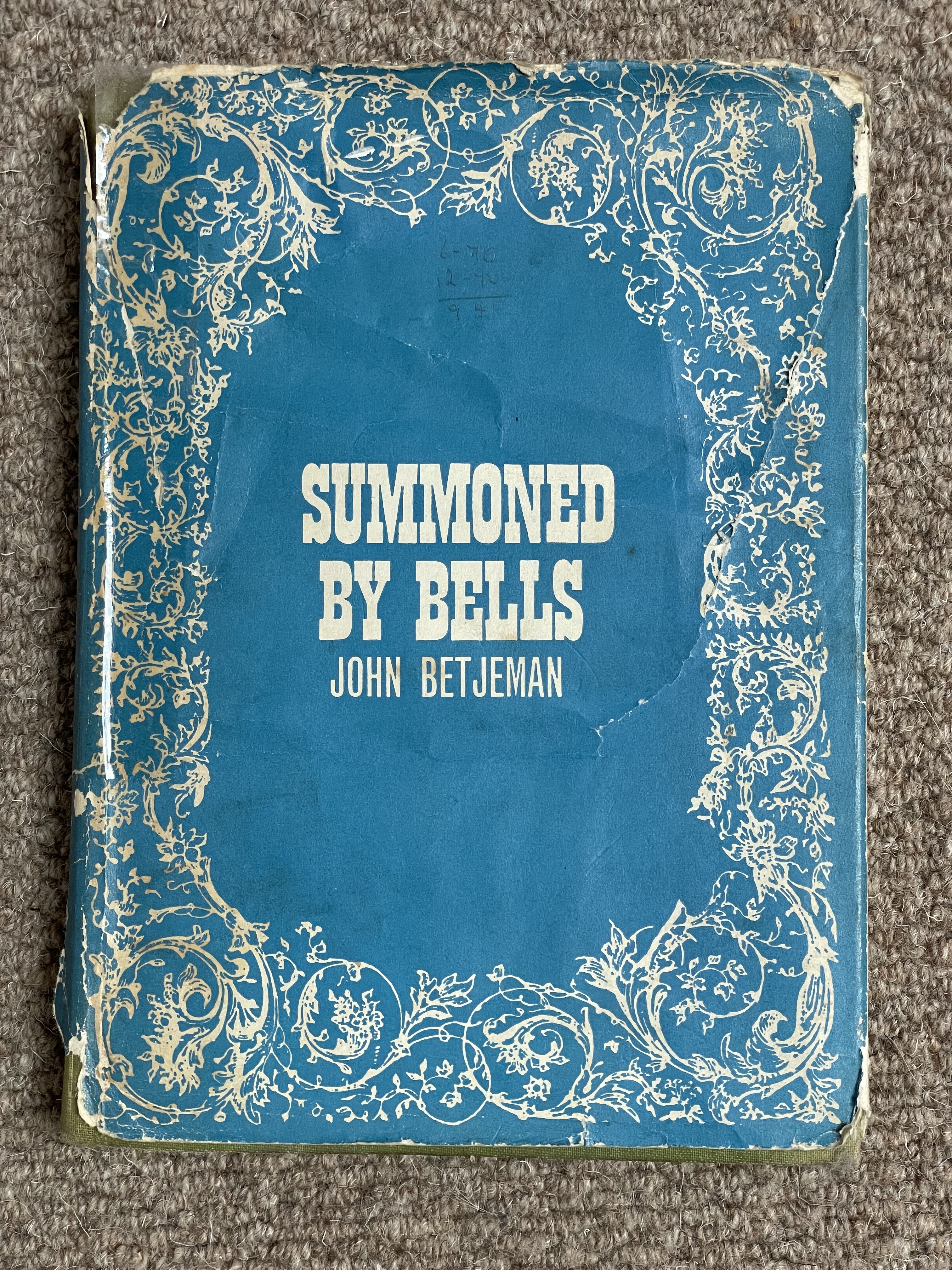
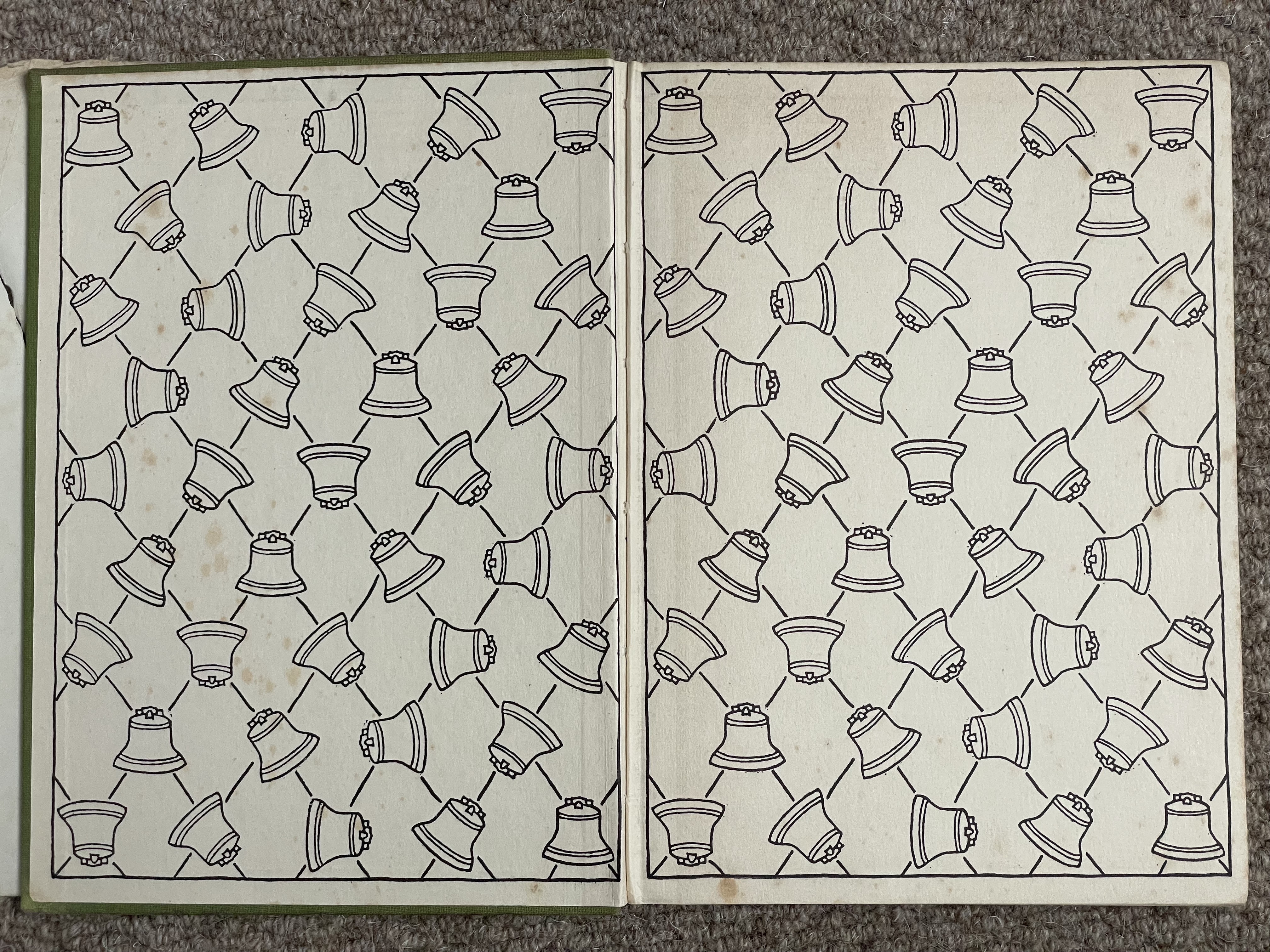
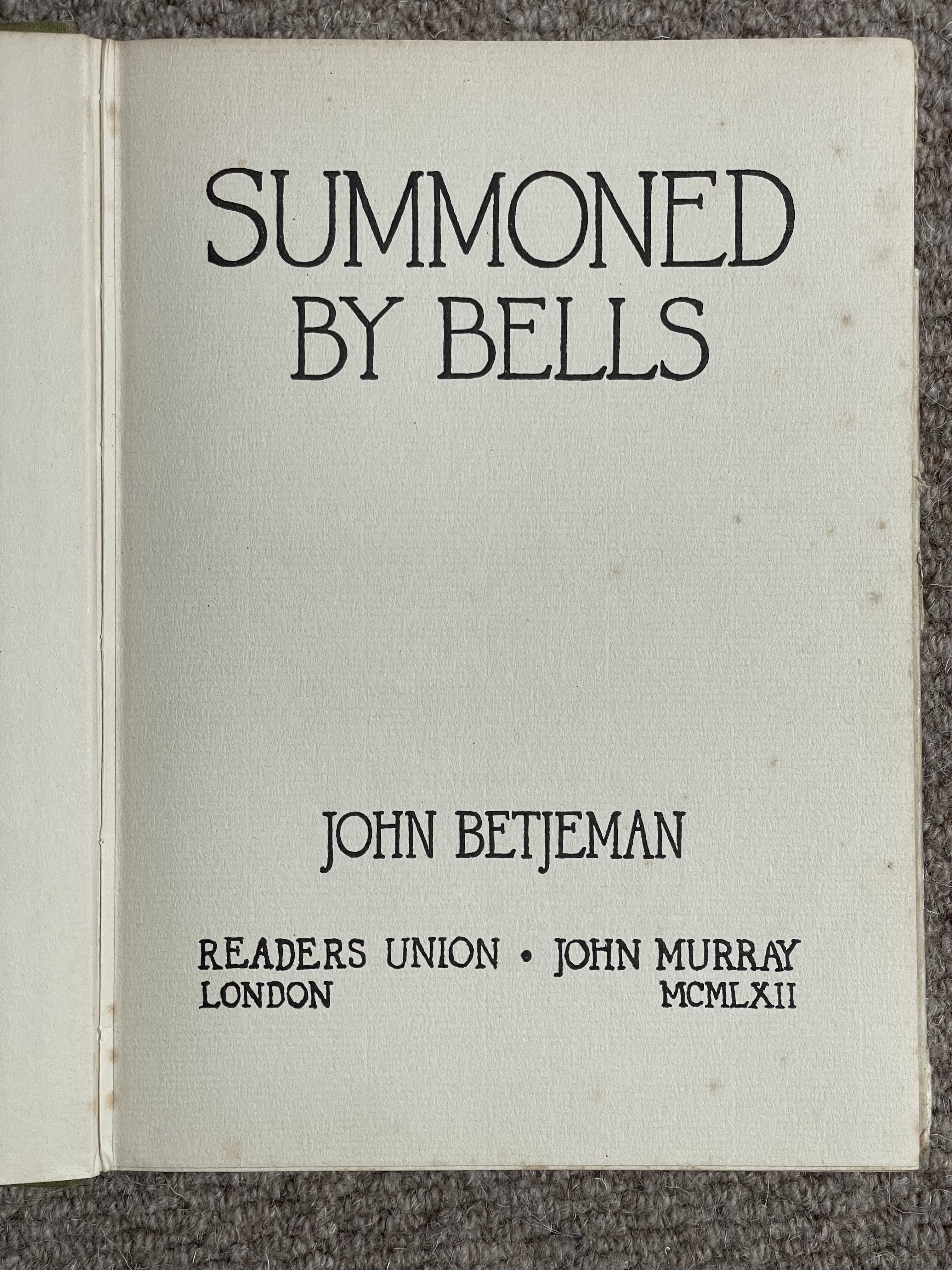
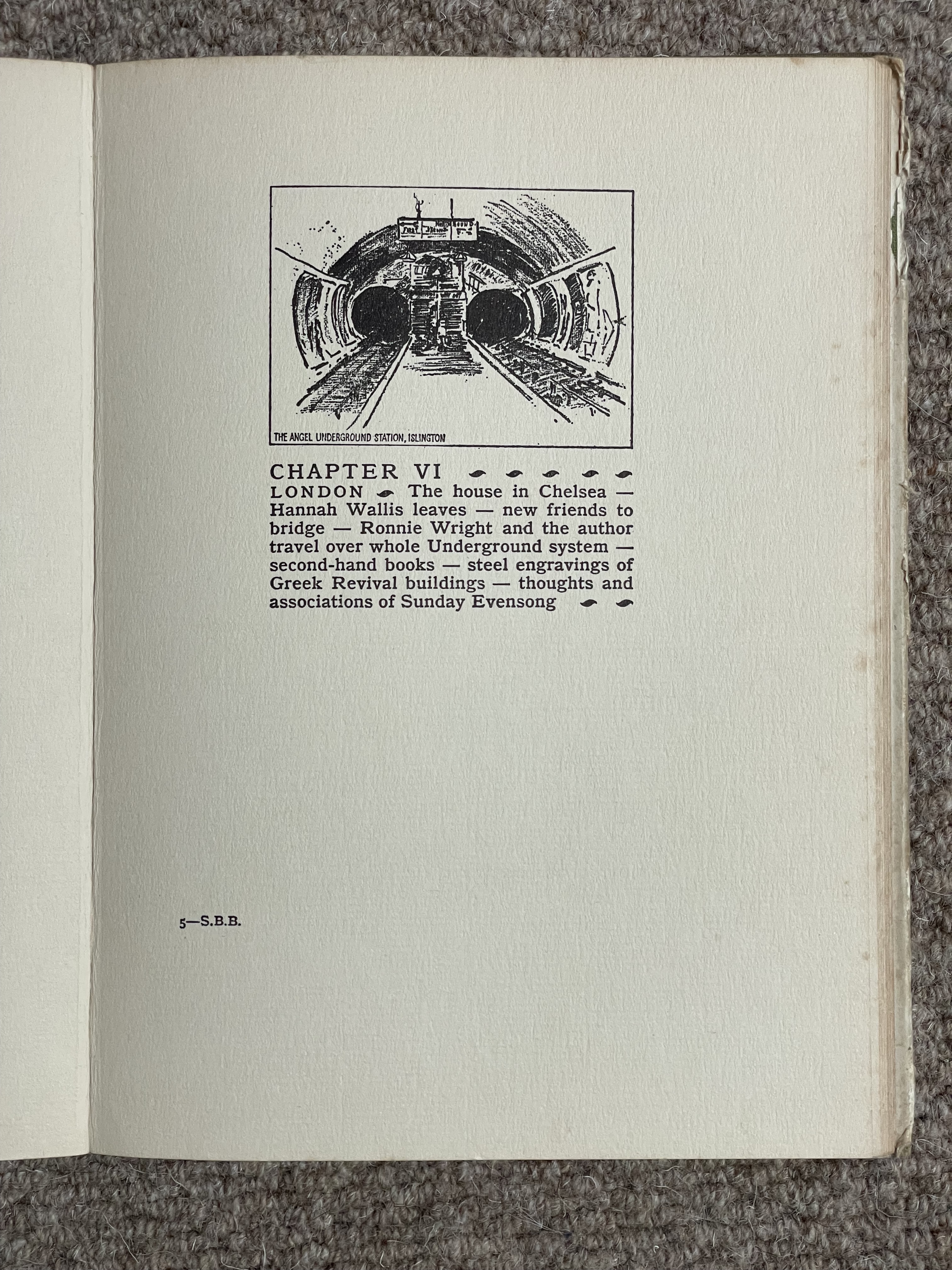
Bookmarked
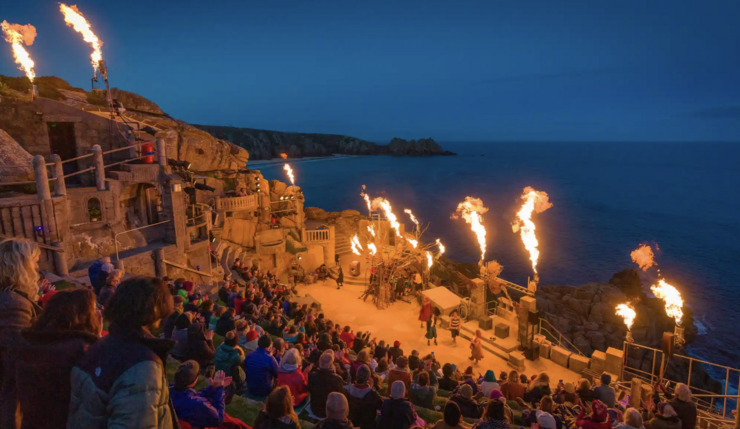
Ancient Rome rises again as amphitheatre craze spreads across Britain | Heritage | The Guardian
From a Cornish clifftop to the urban sprawl of Brent Cross in London, all roads lead to a revival of some very old cultural pursuits

The Holy Grail and Ark of Covenant might be located under an English house
Respected historian believes lost treasure which could include the Ark of the Covenant and Holy Grail may be lying underneath a manor house.
Film and Sound
When I saw the blintering light around the sheep at Windrush - Yola's Starlight popped up in my head - I know...

Starlight - song by Yola | Spotify
Listen to Starlight on Spotify. Yola · Song · 2021.

From the Twittersphere
Thanks to Charlie Budd for his kind words about this digest and for including it in his own newsletter: Five Good Things. Check it out here.
Charlie Budd on Twitter: "@fotofacade It's a brilliant email. I'm including the latest one in my weekly Five Good Things email if that's okay? I love how you notice the details - we can all learn from that." / Twitter
Thank You!
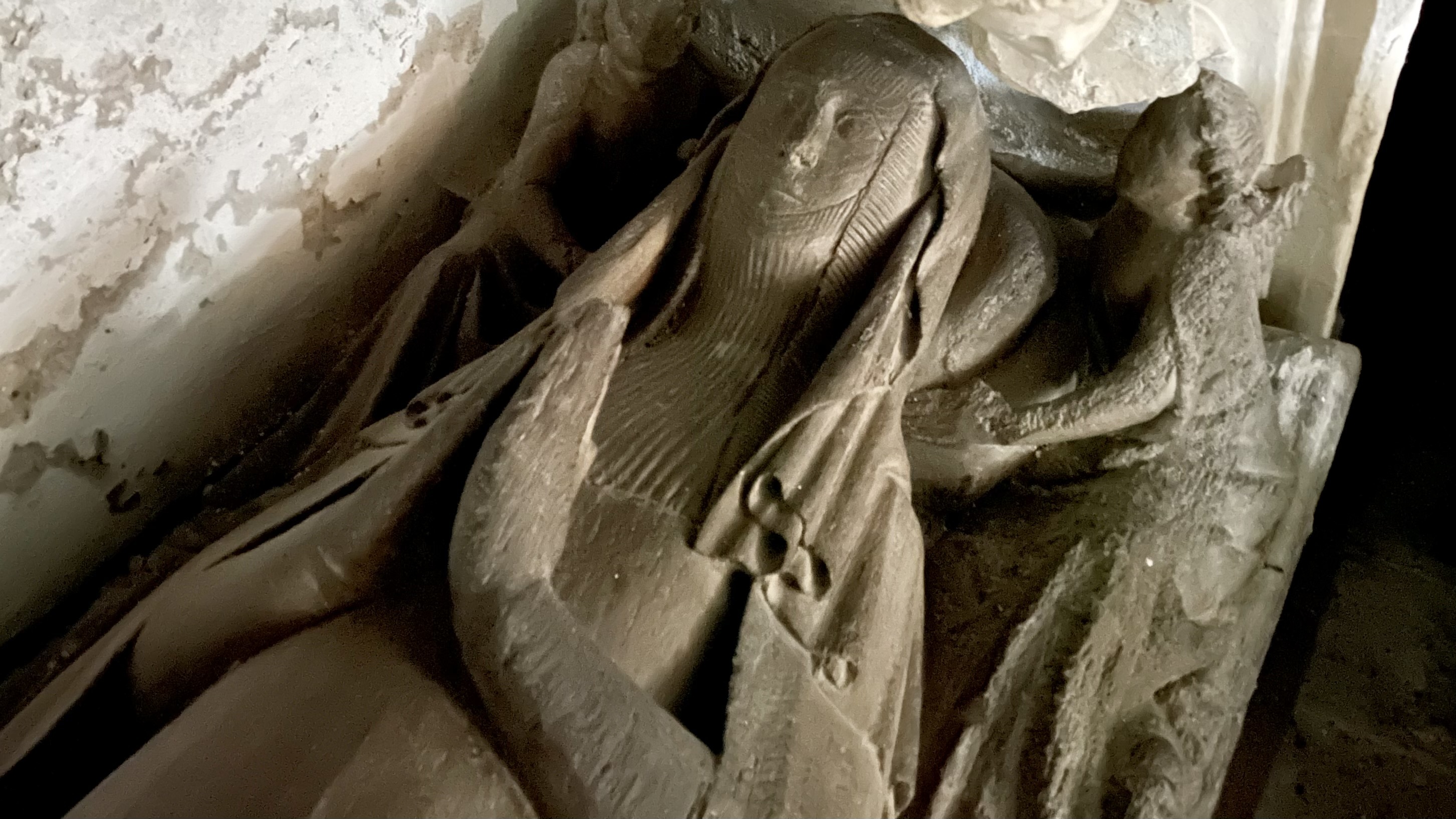
From the bottom of my heart, a huge thanks to those that have become Members and Patrons.
As well as helping me keep this digest free and public facing, your support also helps me connect with others.
I'm a niche photographer in a niche business and you are helping fill in the gaps, in a challenging climate, to help me maintain my advocacy of the historic environment.
Whilst our historic environment is increasingly under threat, I believe that we need to create emotional connections to our buildings, culture and places - no matter what country we live in. This digest is at the forefront of that.
Without attachments to place, and the values it engenders, the more practical issues of finance, conservation and environment are more difficult to advocate.
In sharing my world view I show the emotive strengths behind our built environment and how it impacts our identity and wellbeing in positive ways that are not yet fully understood. I orchestrate attachments to place that might, eventually, help protect them.
Thank You.
Become A Member...
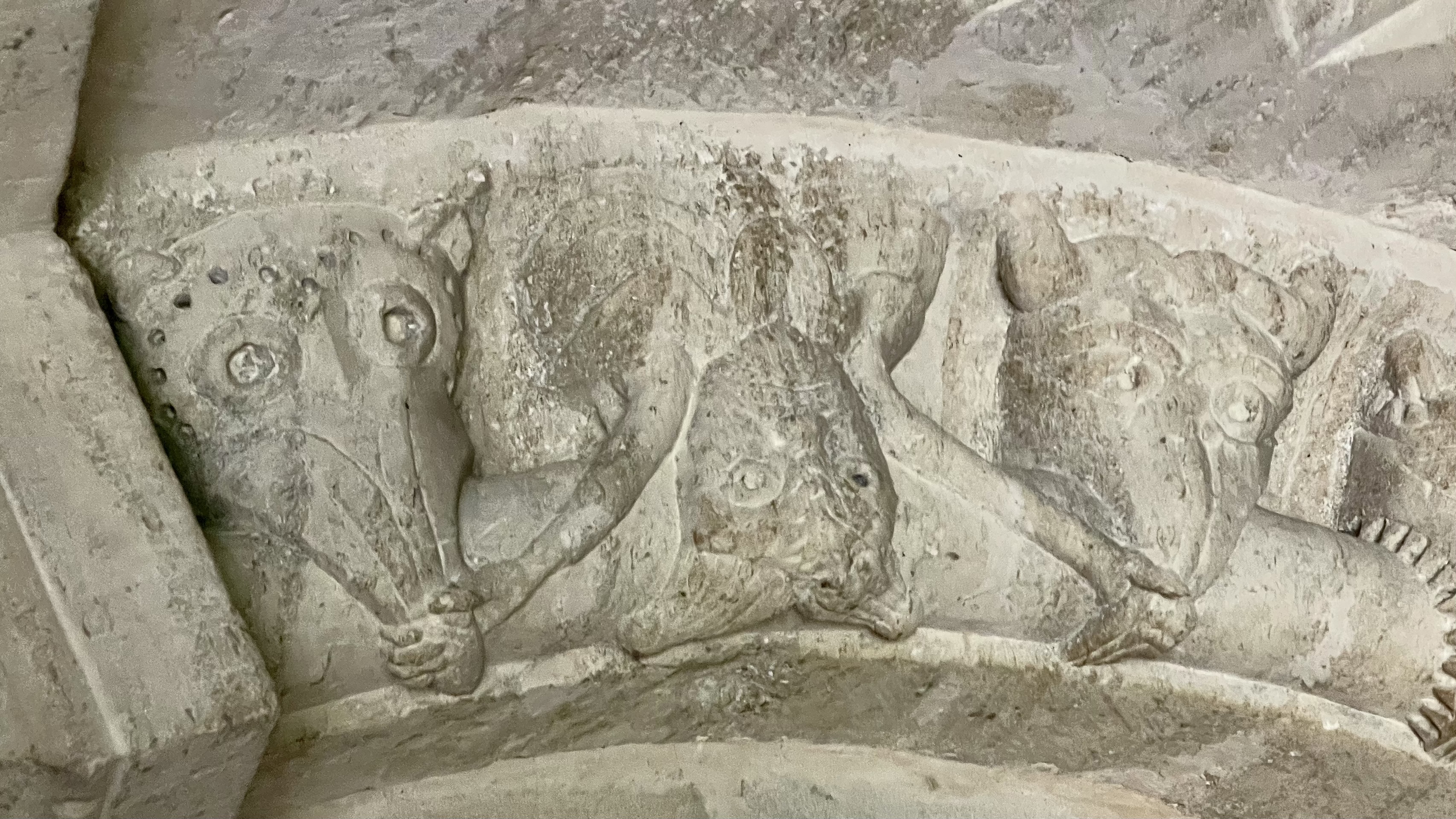
⚡️This Digest is powered by memberships that keep it freely accessible.⚡️
I sincerely hope that my digest adds value (in a small kind of way) to your Fridays.
It takes a day every week to write my digest and I love doing it! It remains free and open to all to read on a weekly basis. If you think it’s of value, you can opt in to support this digest and my work by becoming a member for £3 per month, or £36 per year. You can unsubscribe at any time. There are also some juicy member benefits.
Memberships are a huge help. Thank you.
Become A Member
📸 Click here for Monthly Membership
🚐 Click here for Annual Membership. (New!)
Thank You!
... Or Become A Patron
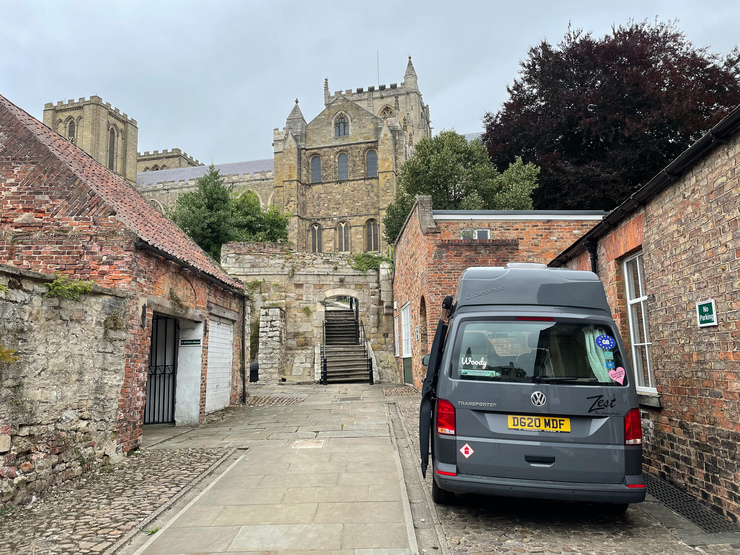
Andy Marshall is creating a photo and word hoard from his van life travels in the UK | Patreon
Become a patron of Andy Marshall today: Get access to exclusive content and experiences on the world’s largest membership platform for artists and creators.
And Finally...Twitter Circles
⭕️ I've been sending lots of exclusive and location tweets out on the Members and Patrons Twitter Circle.
If you're a member or a patron and you're not seeing these tweets in your time-line - drop me a line with your twitter handle and I'll add you to the circle.
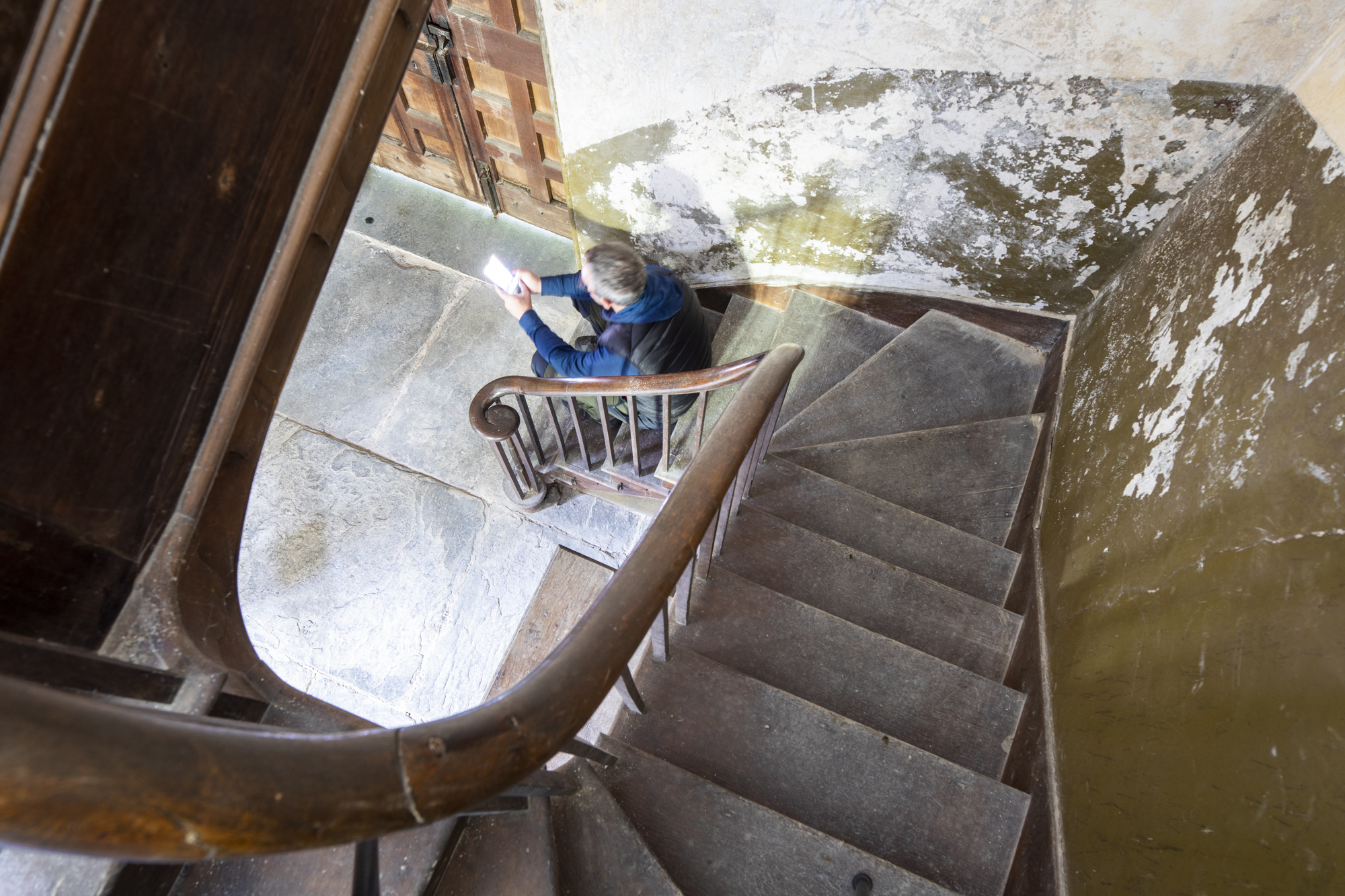
My Linktree



Member discussion